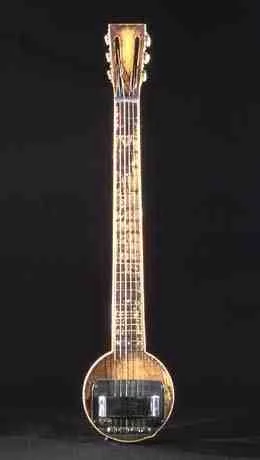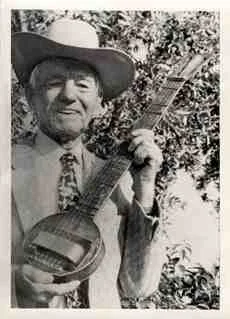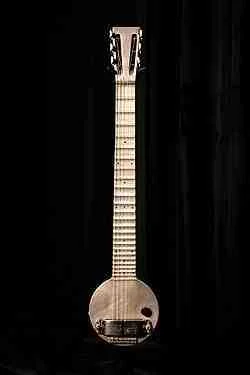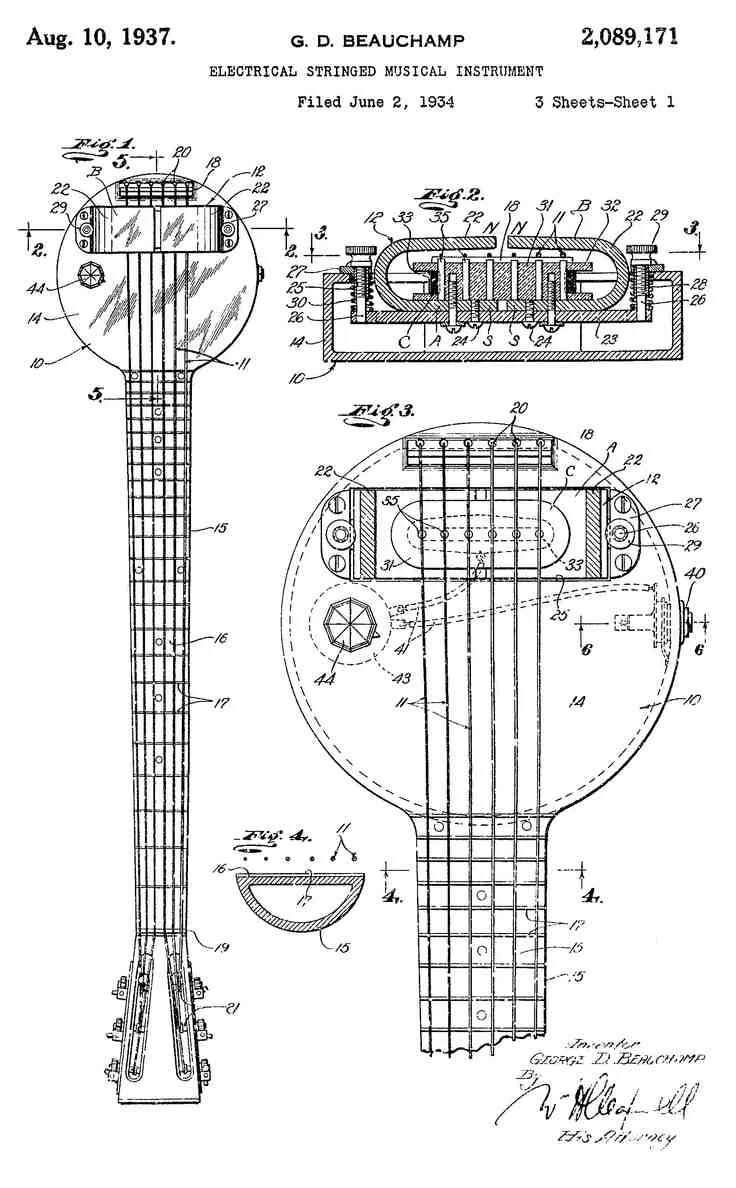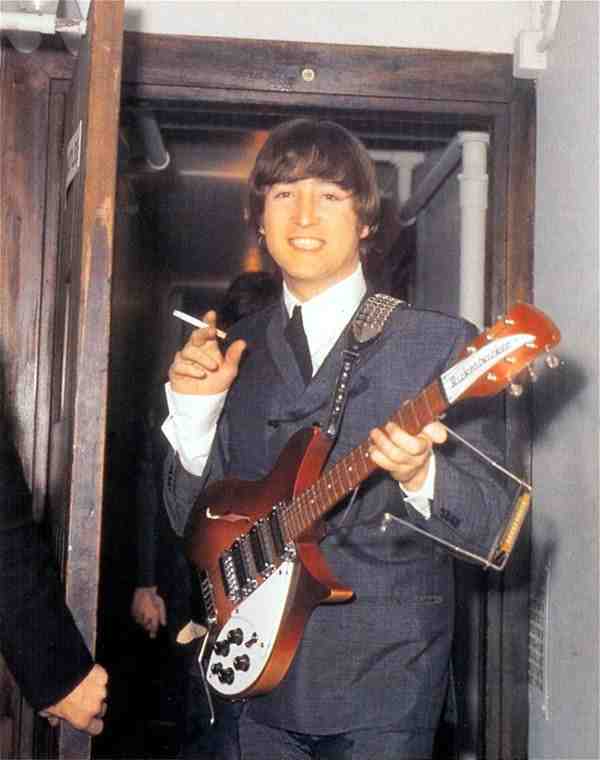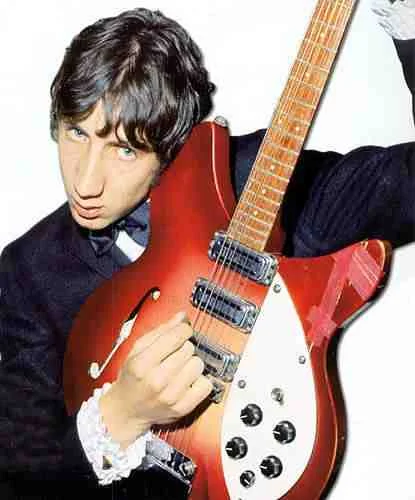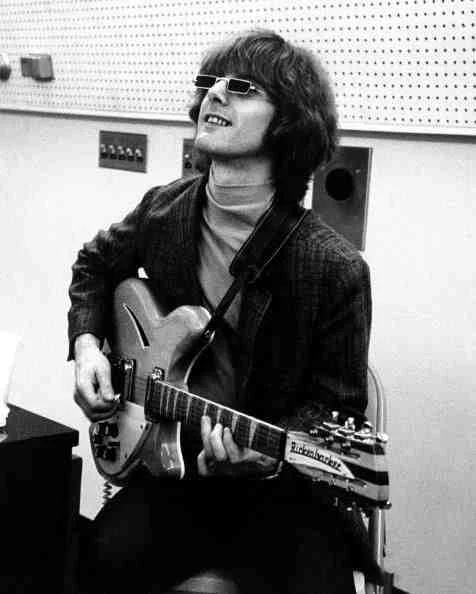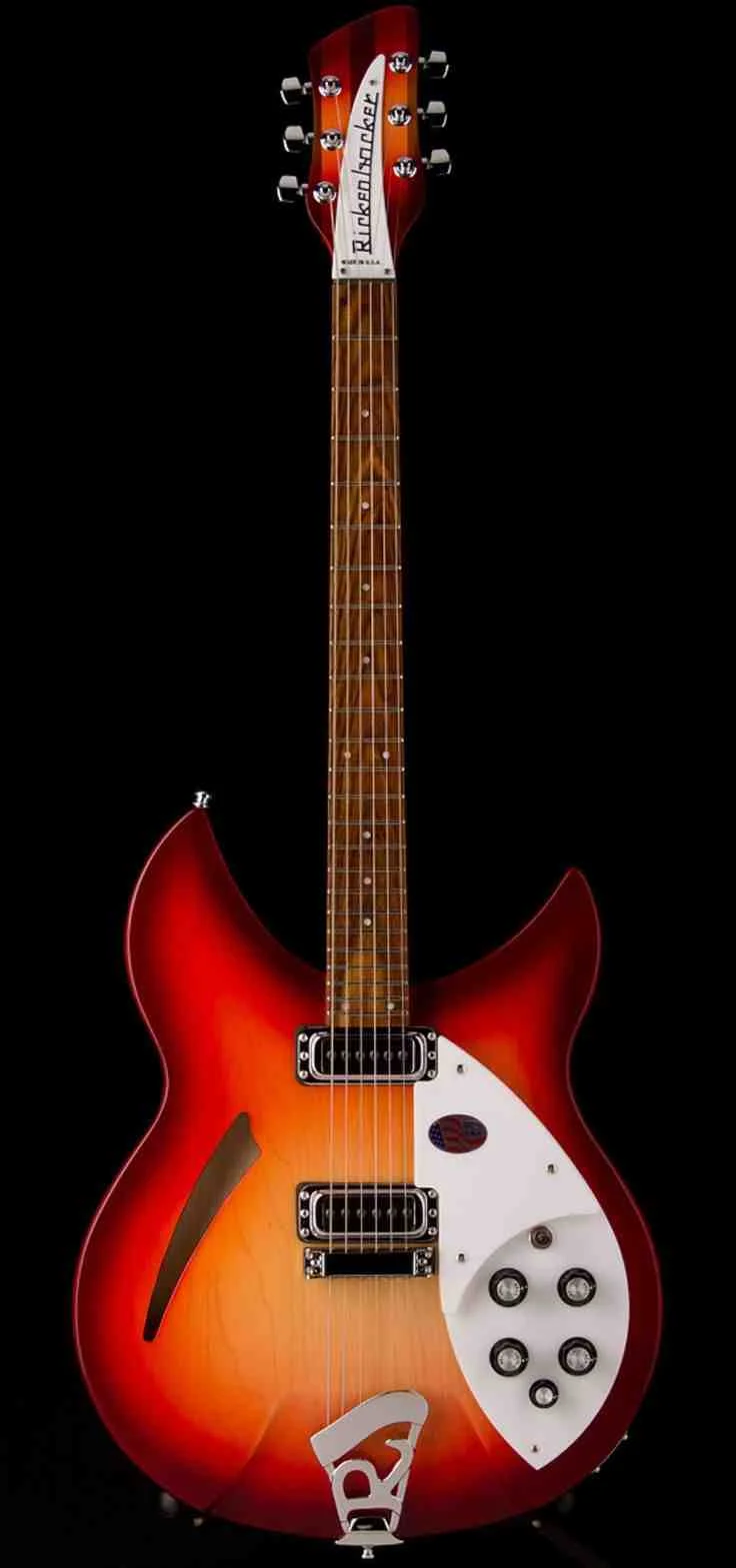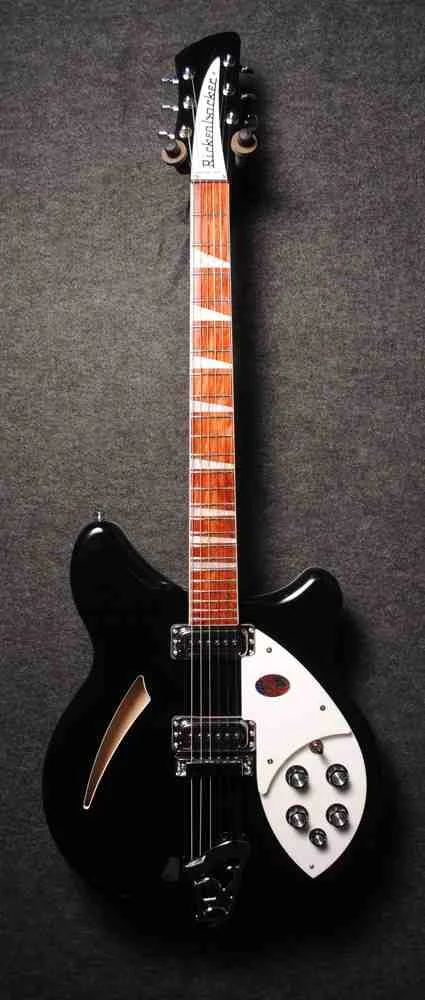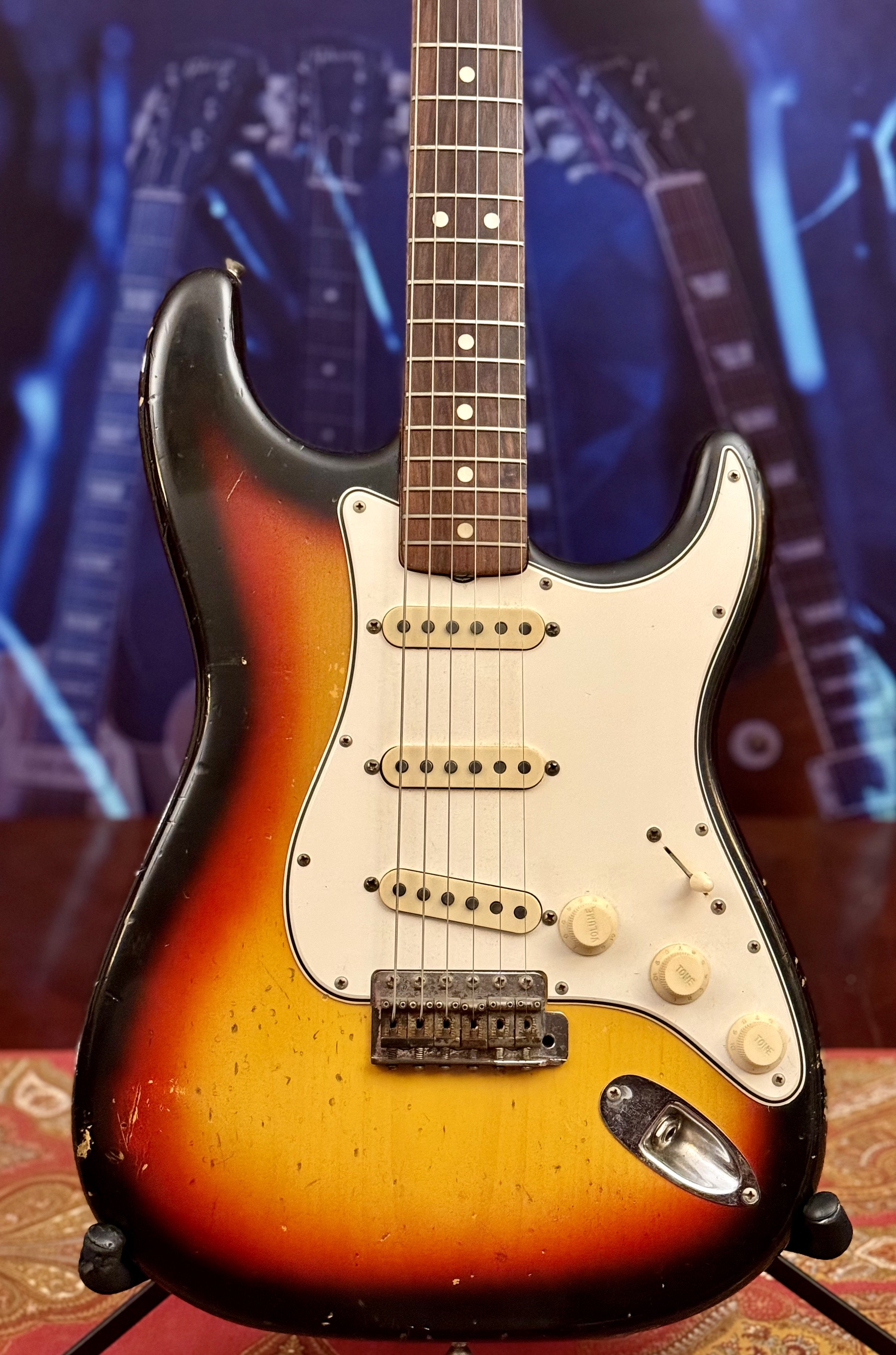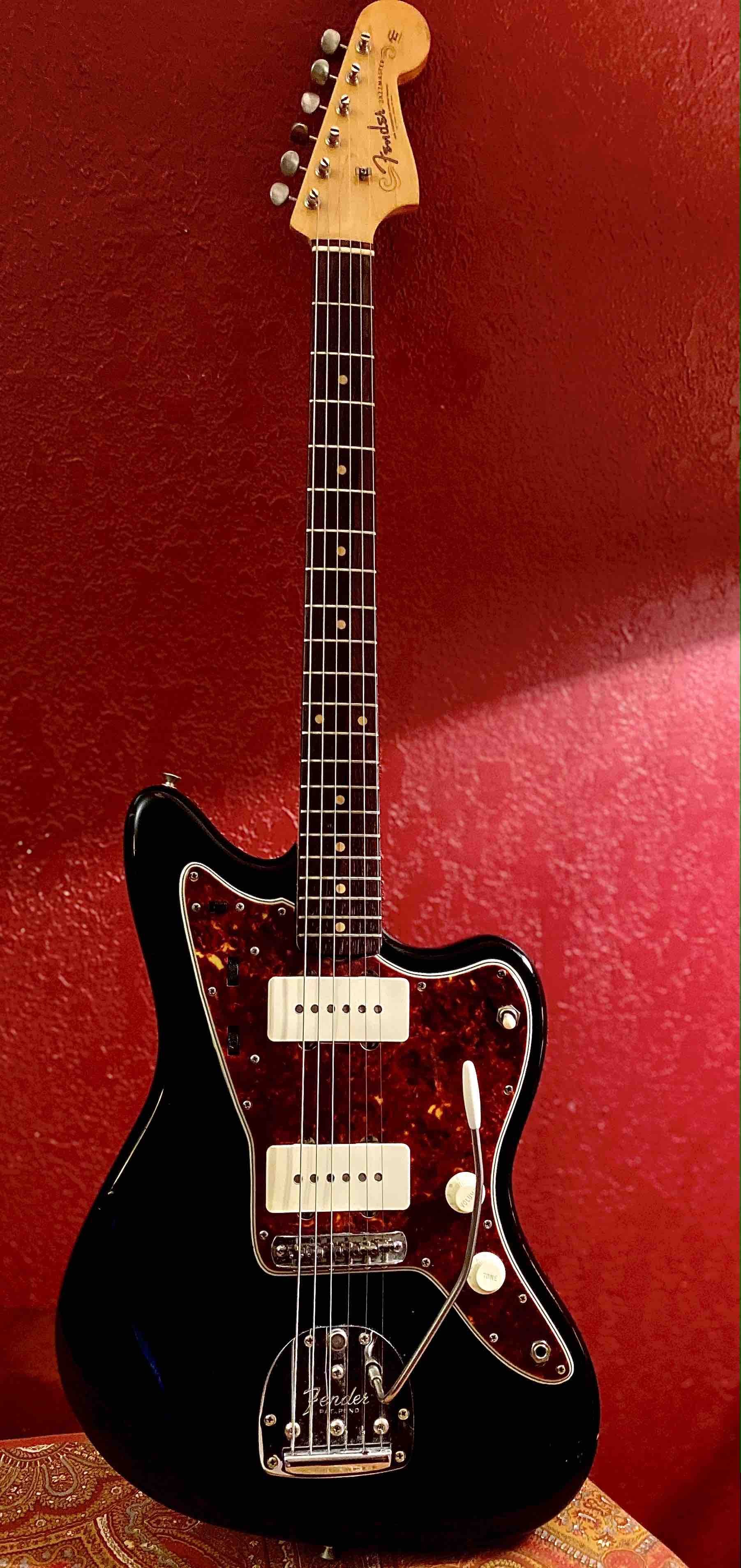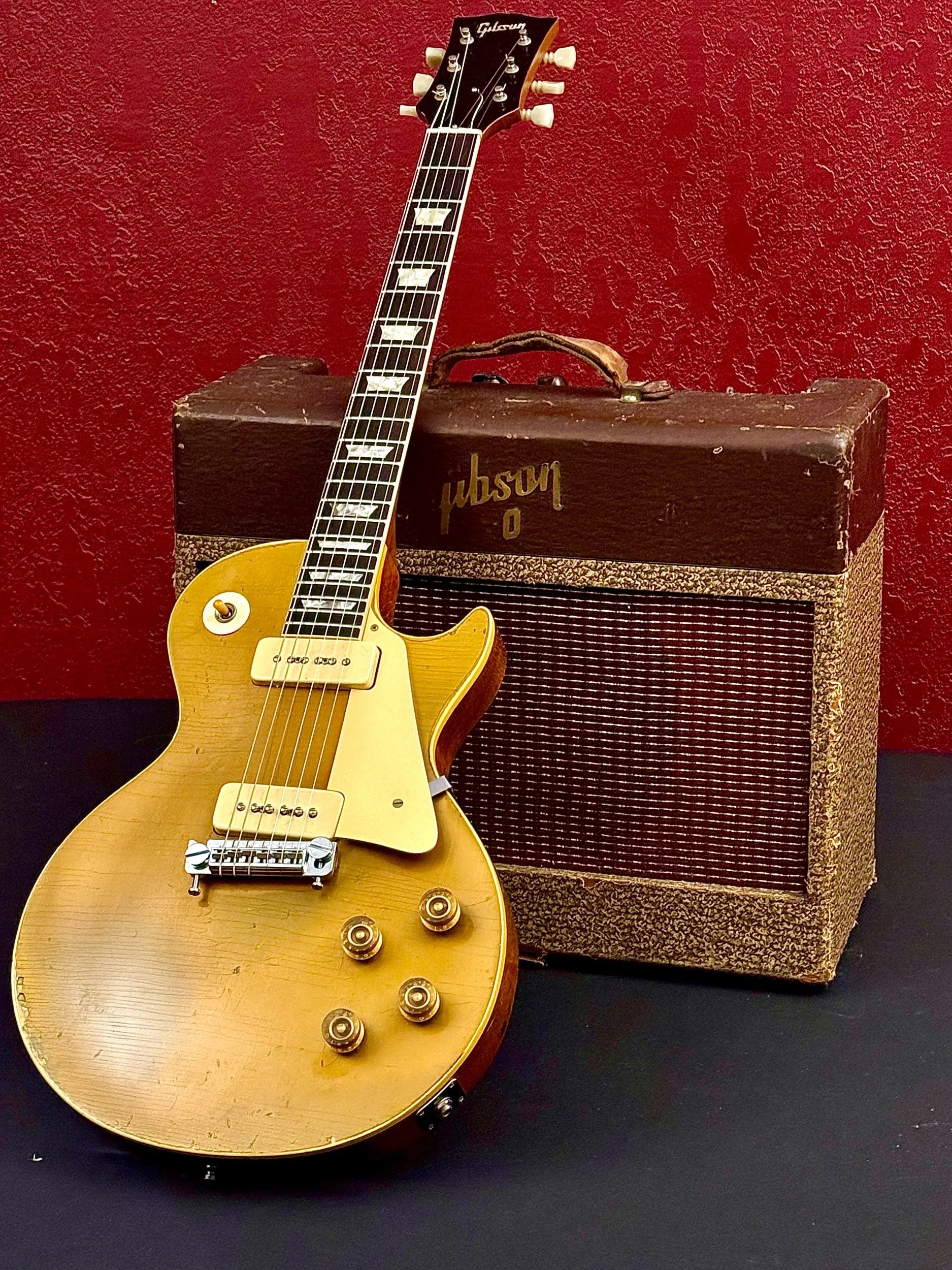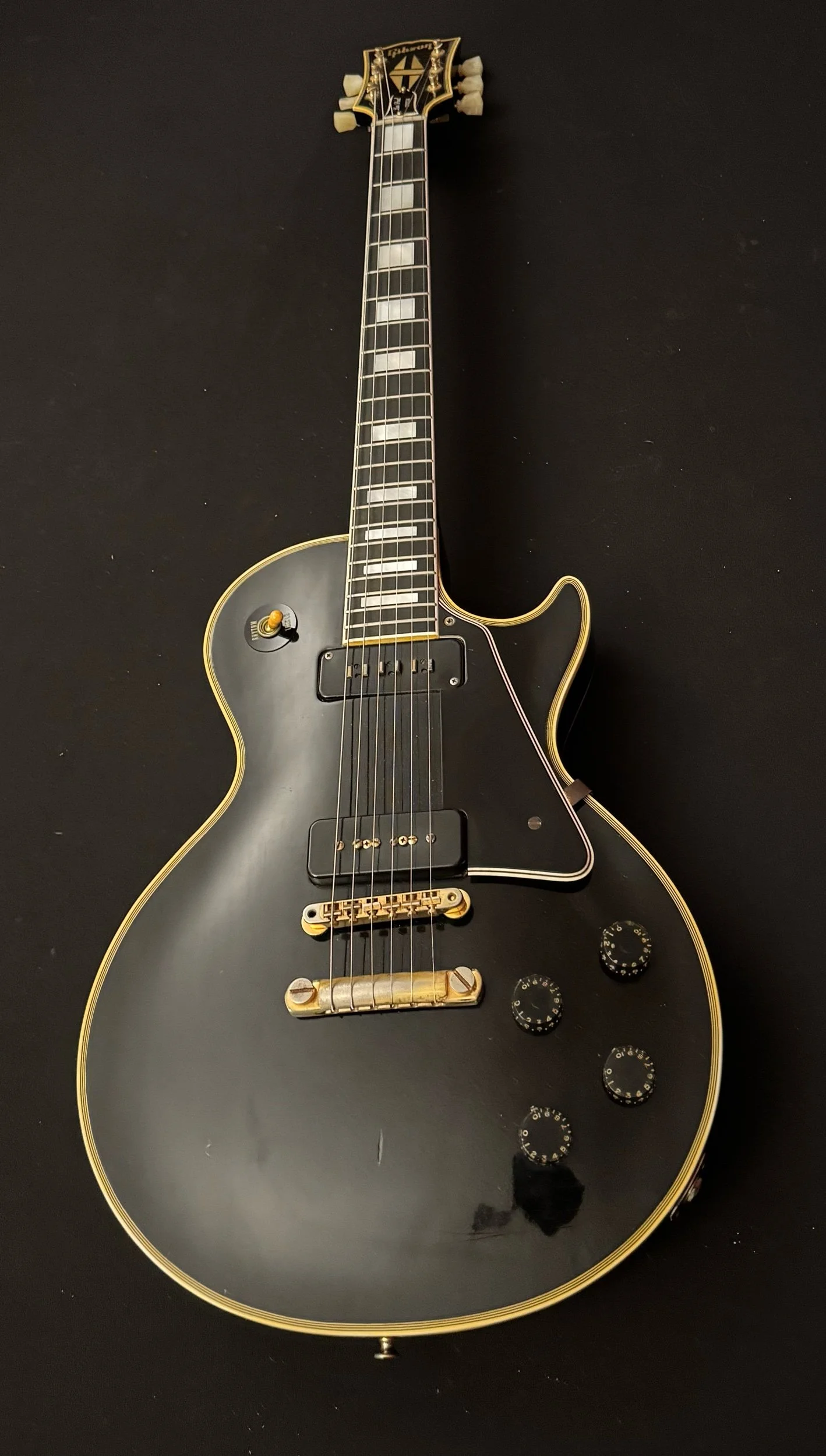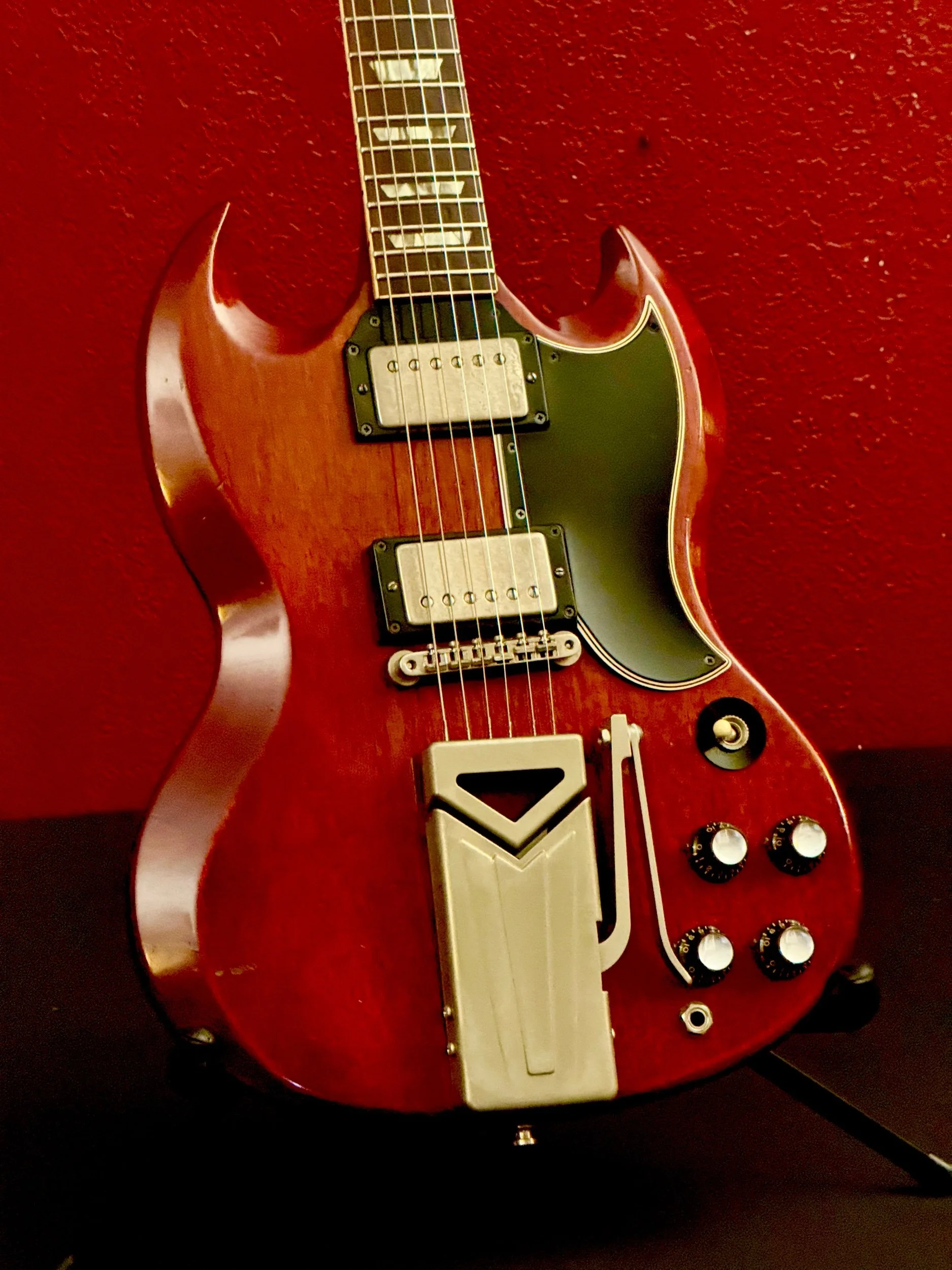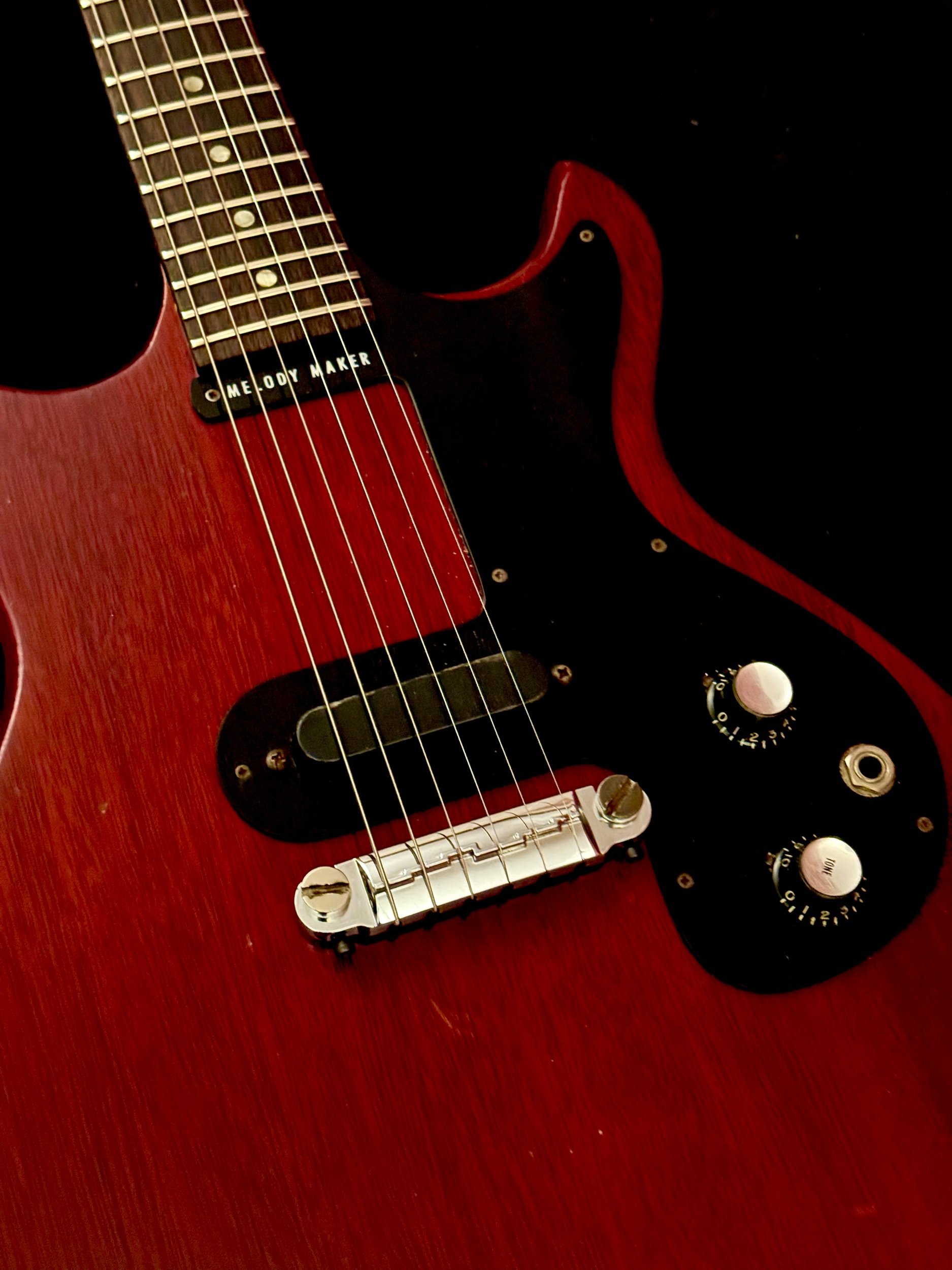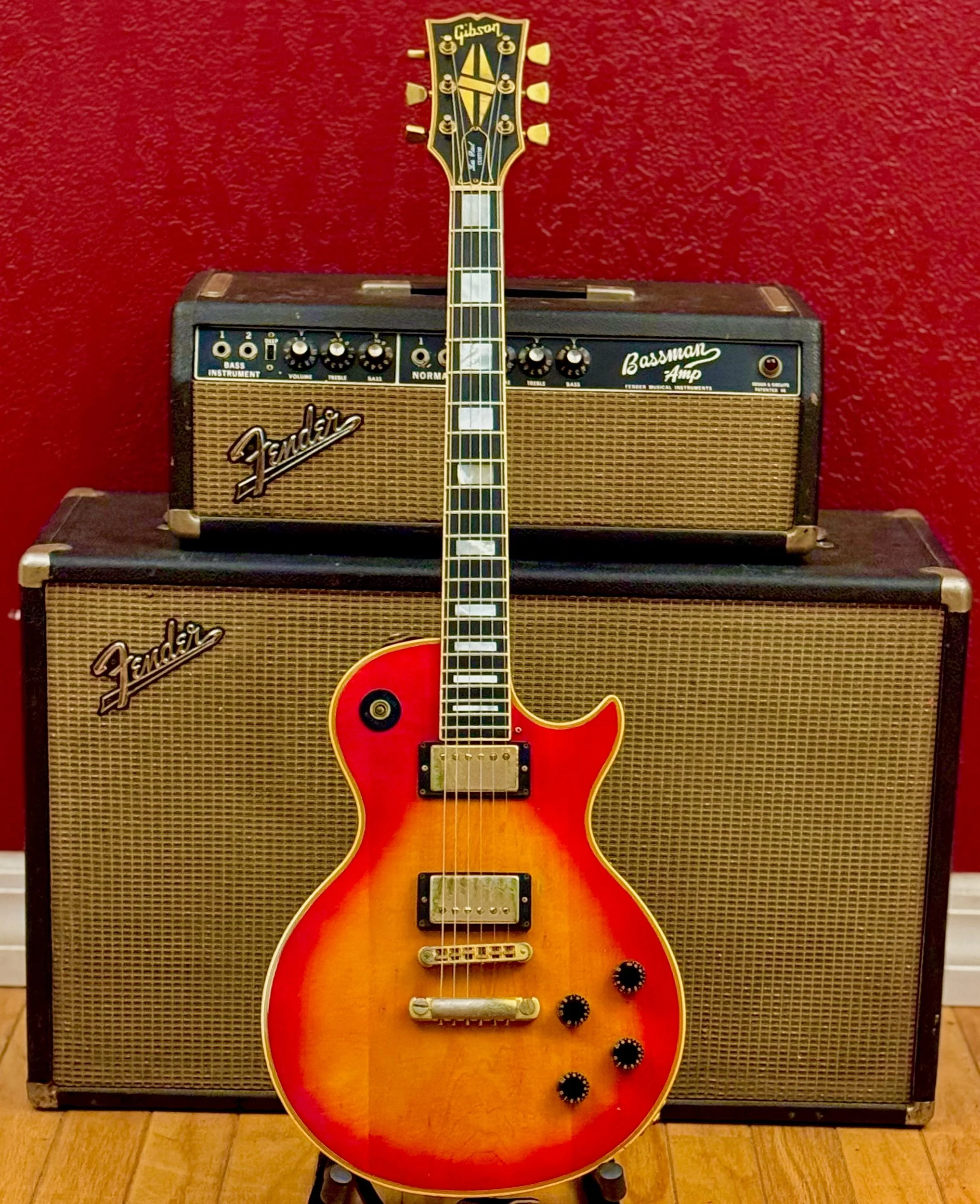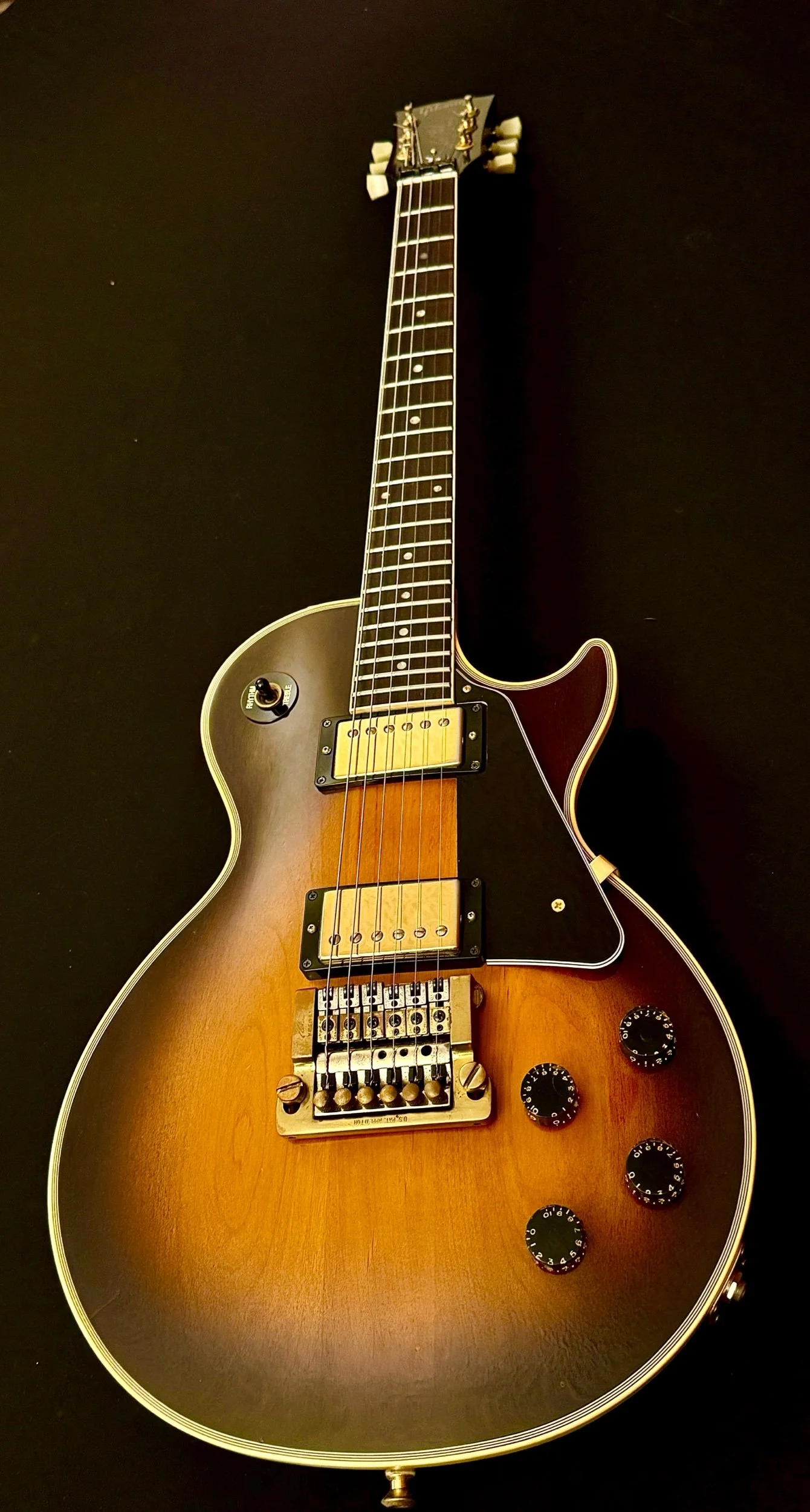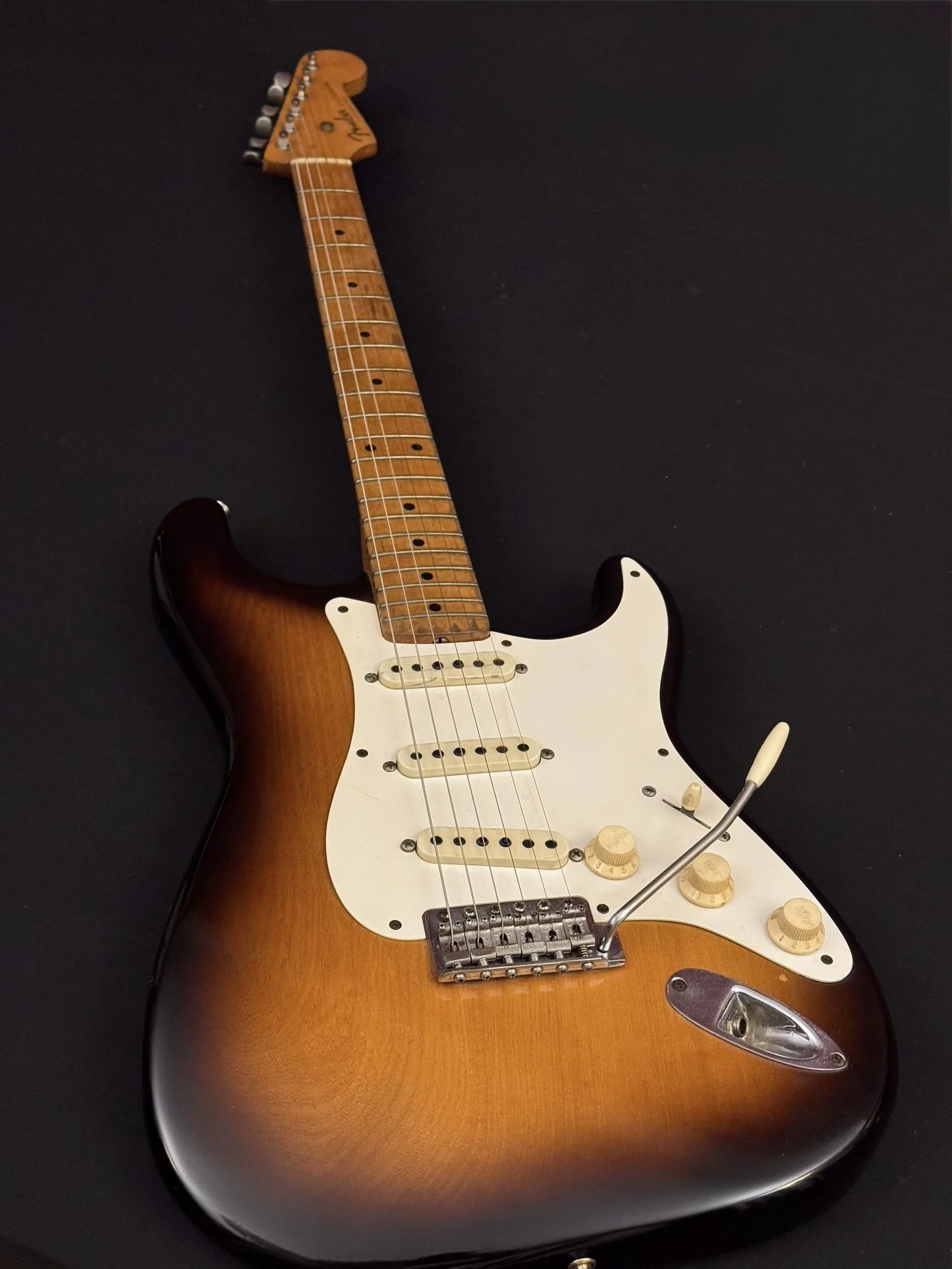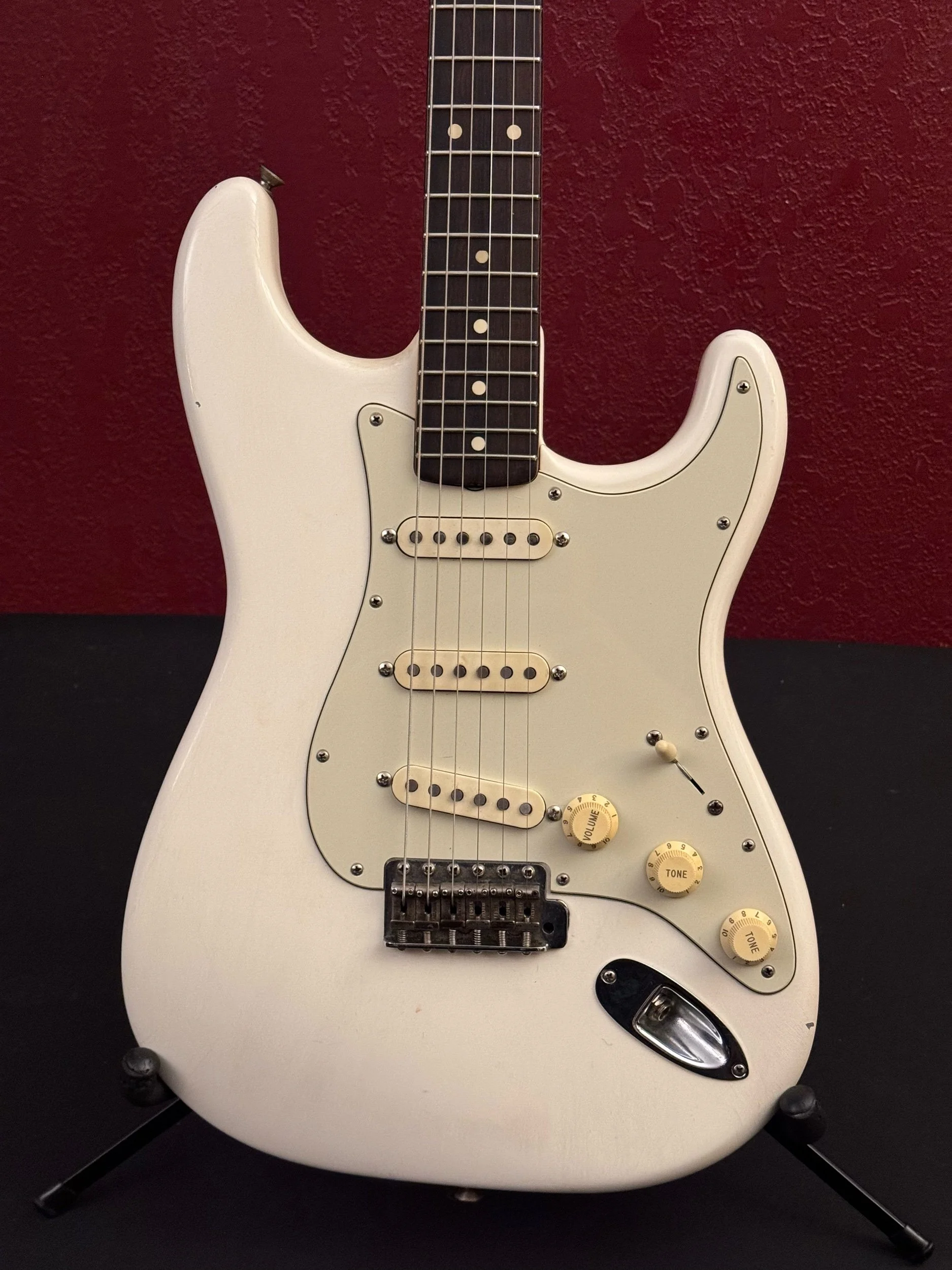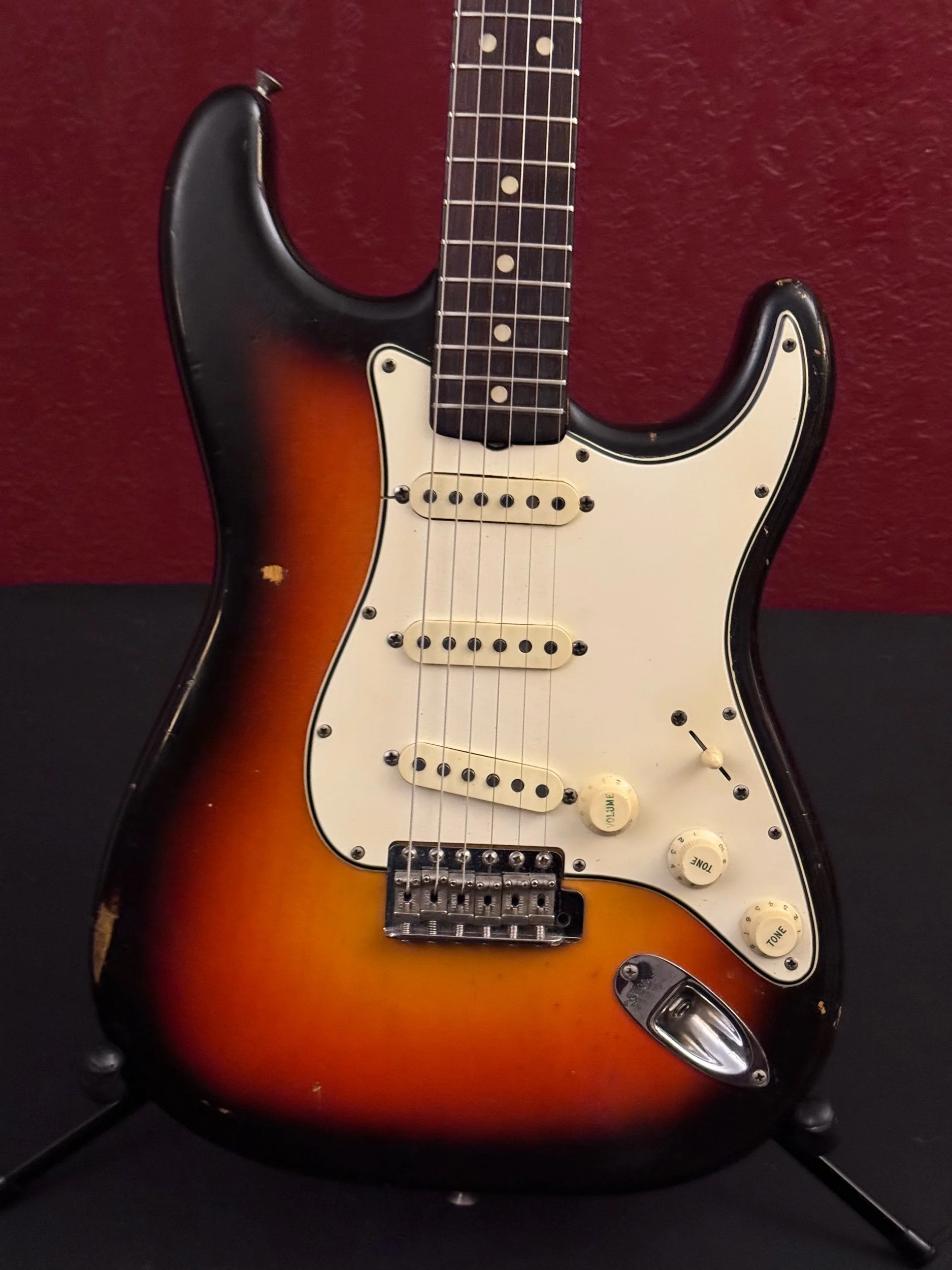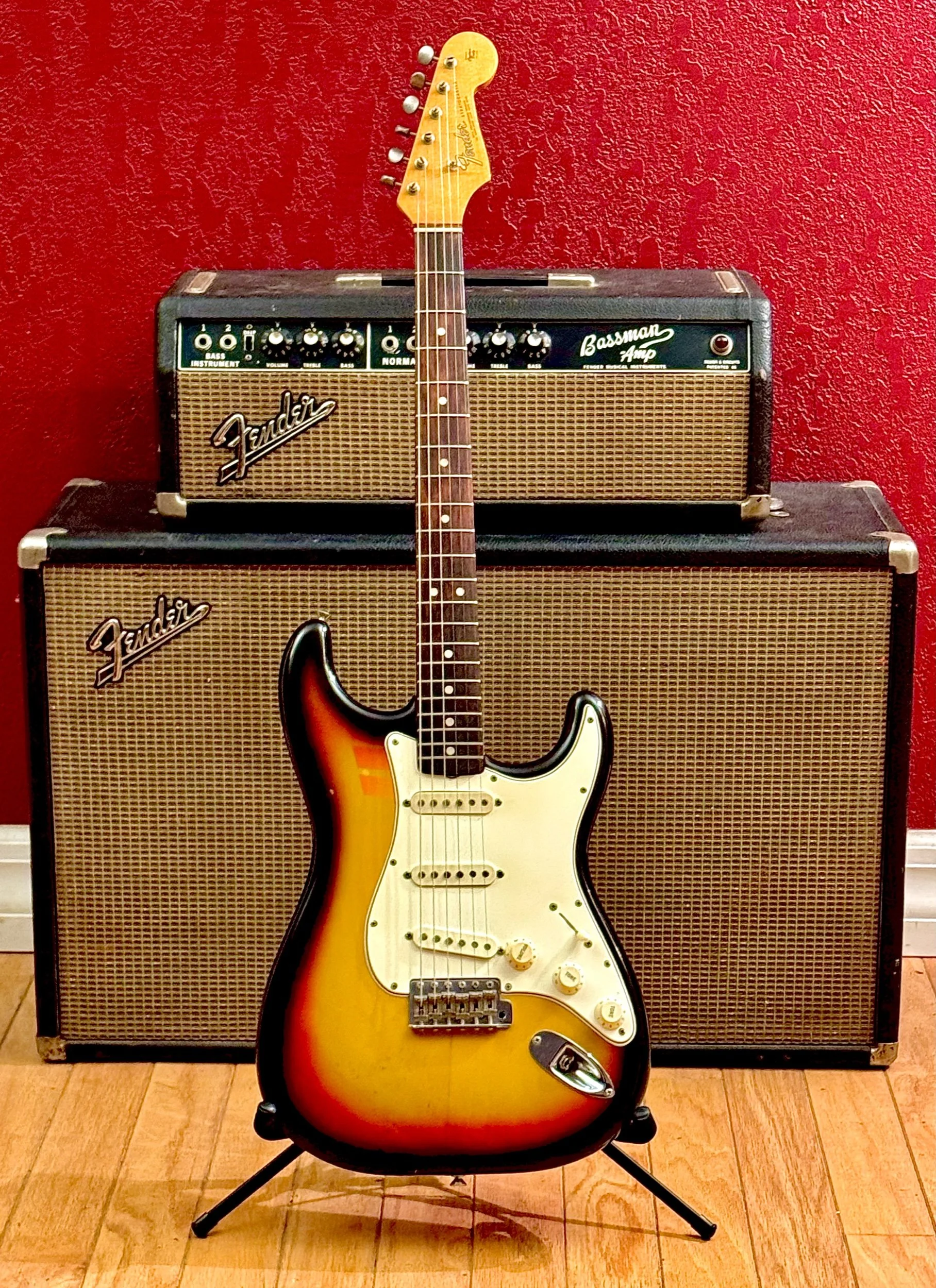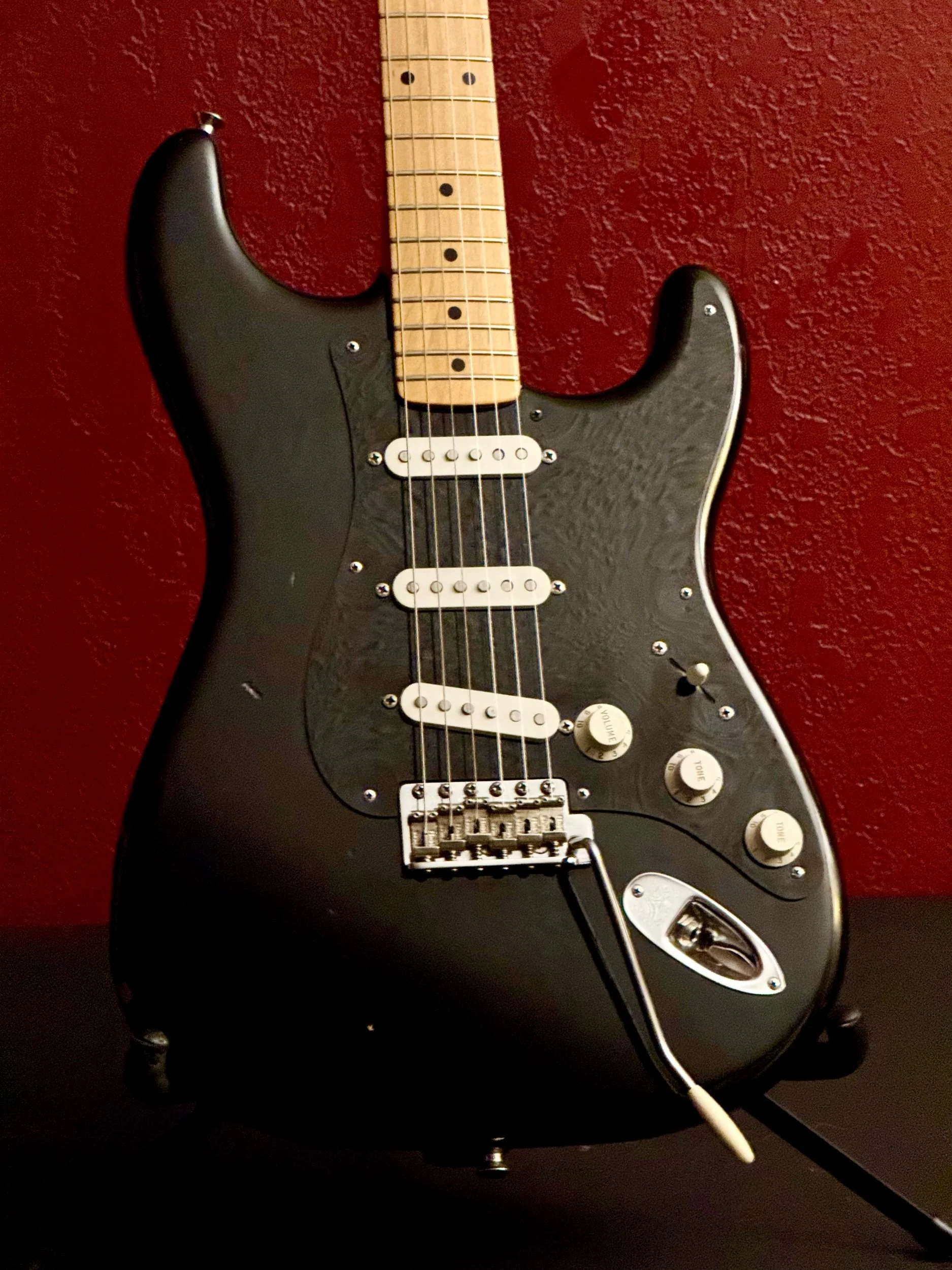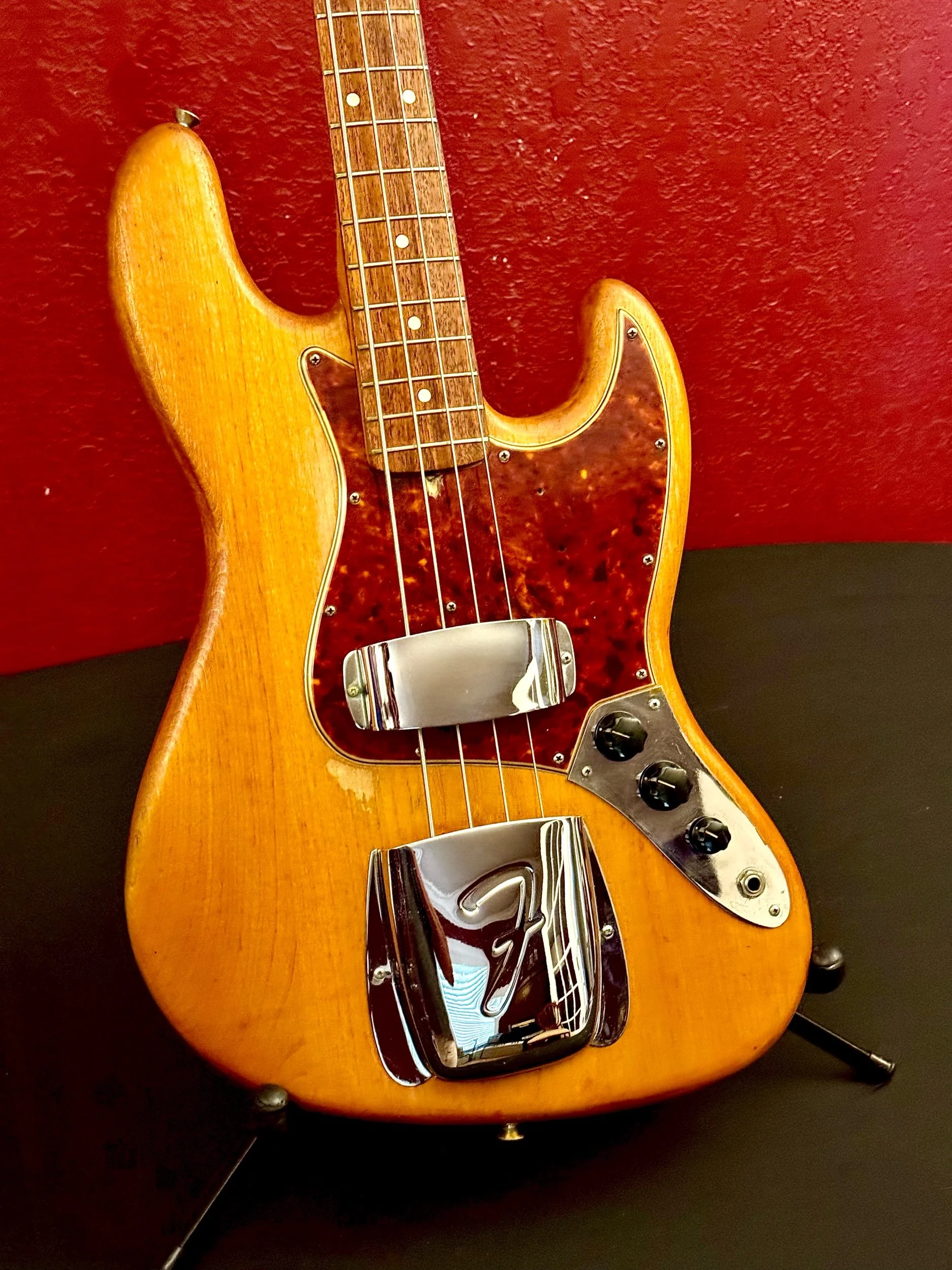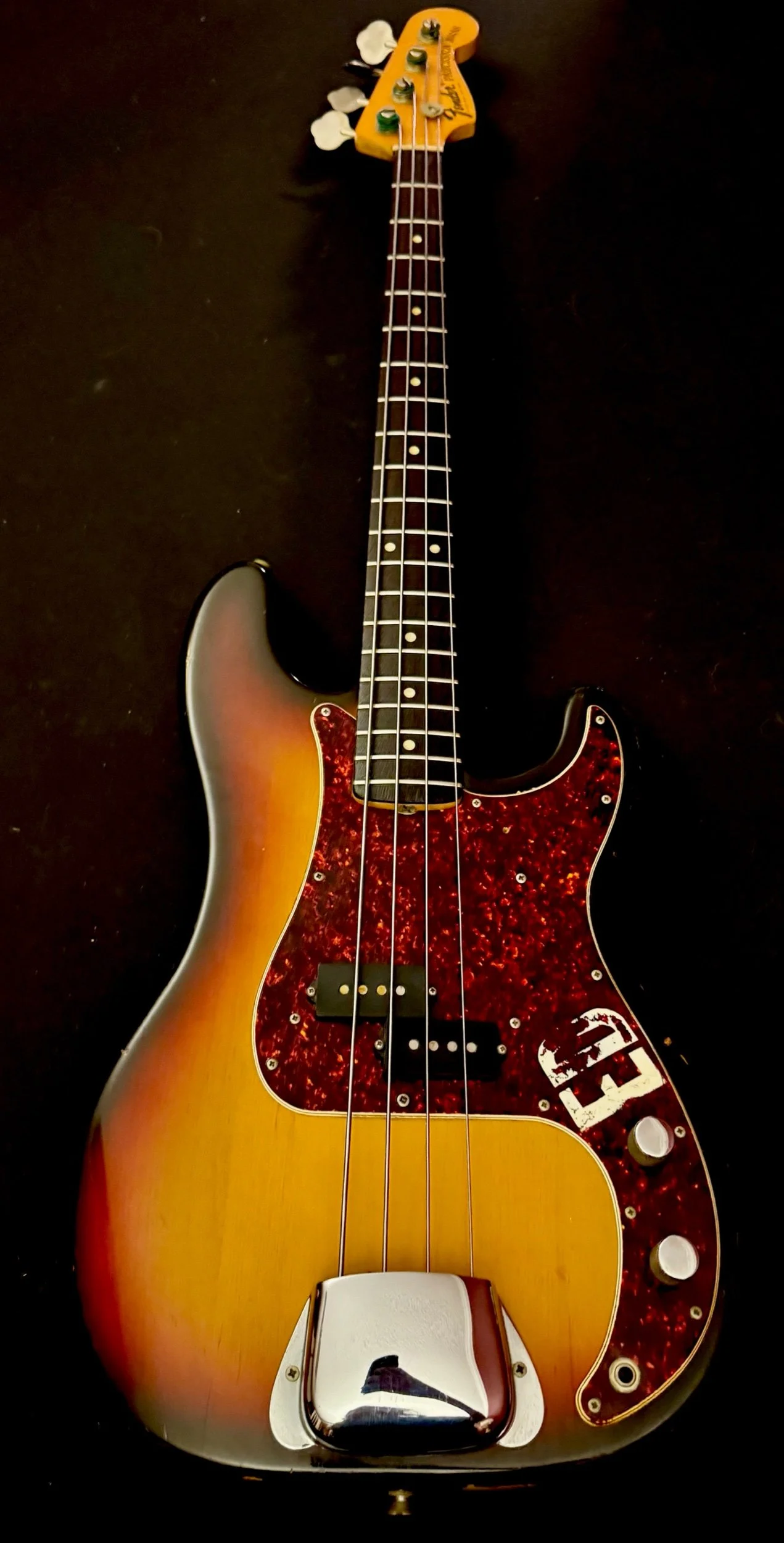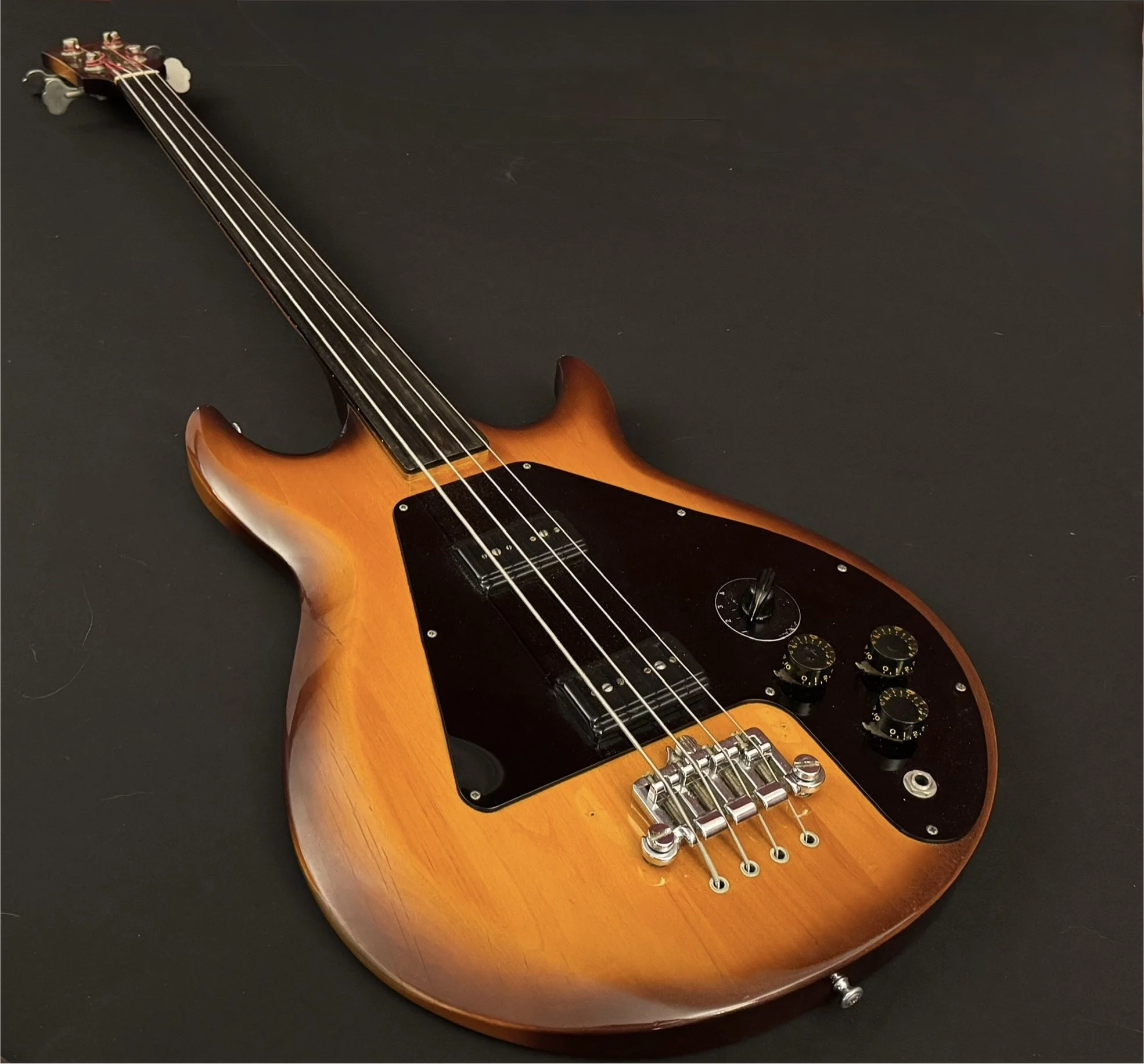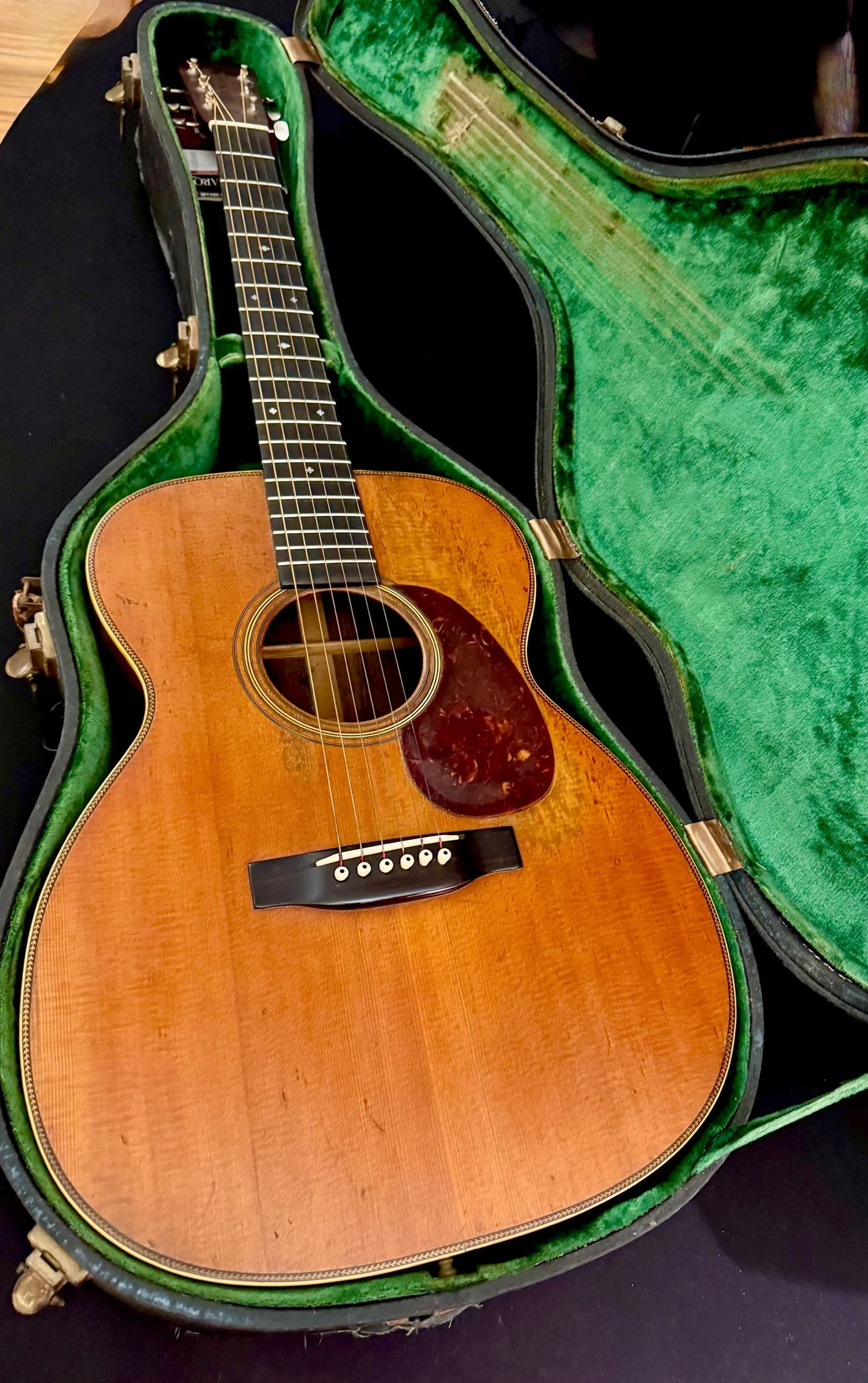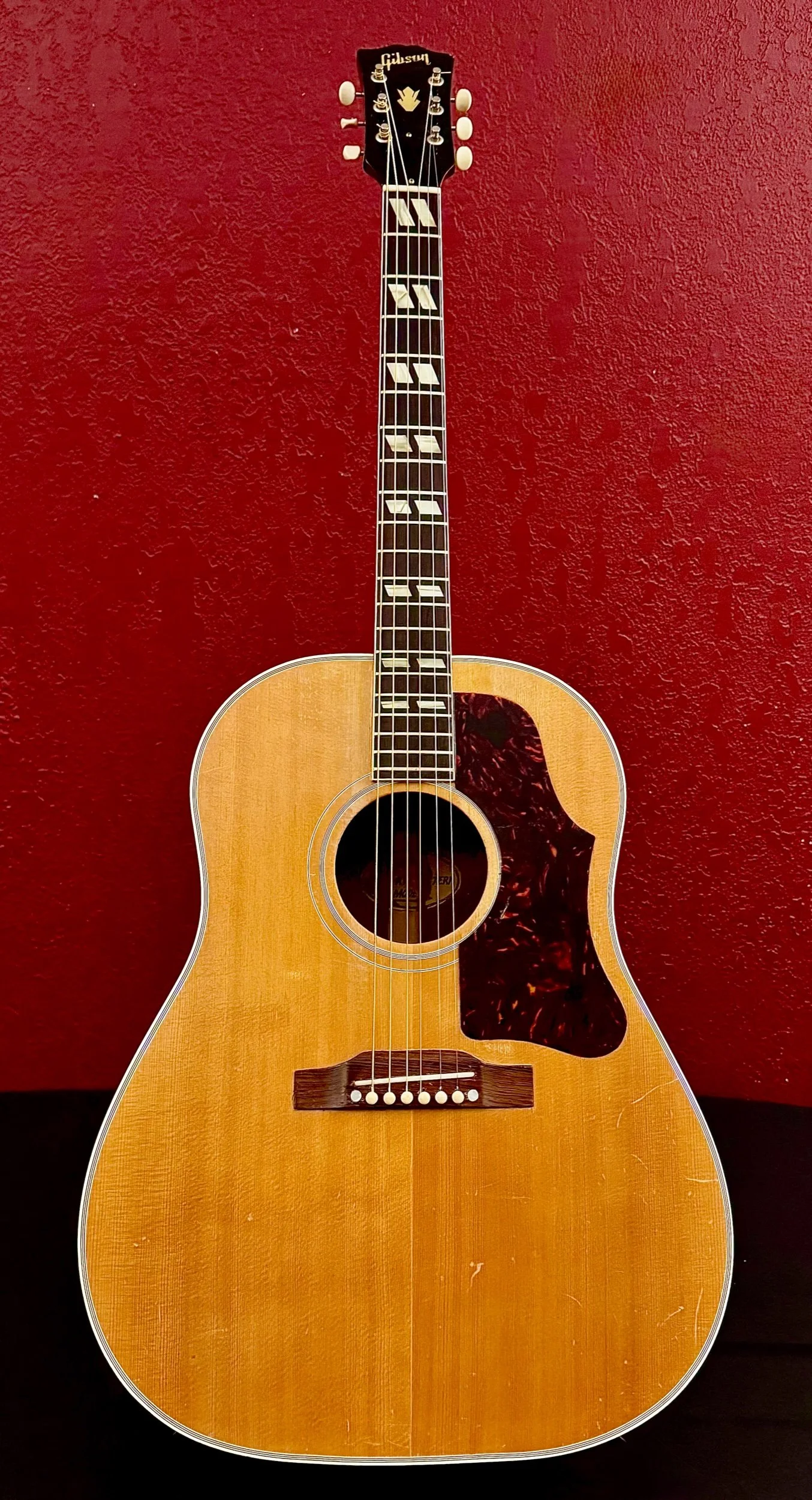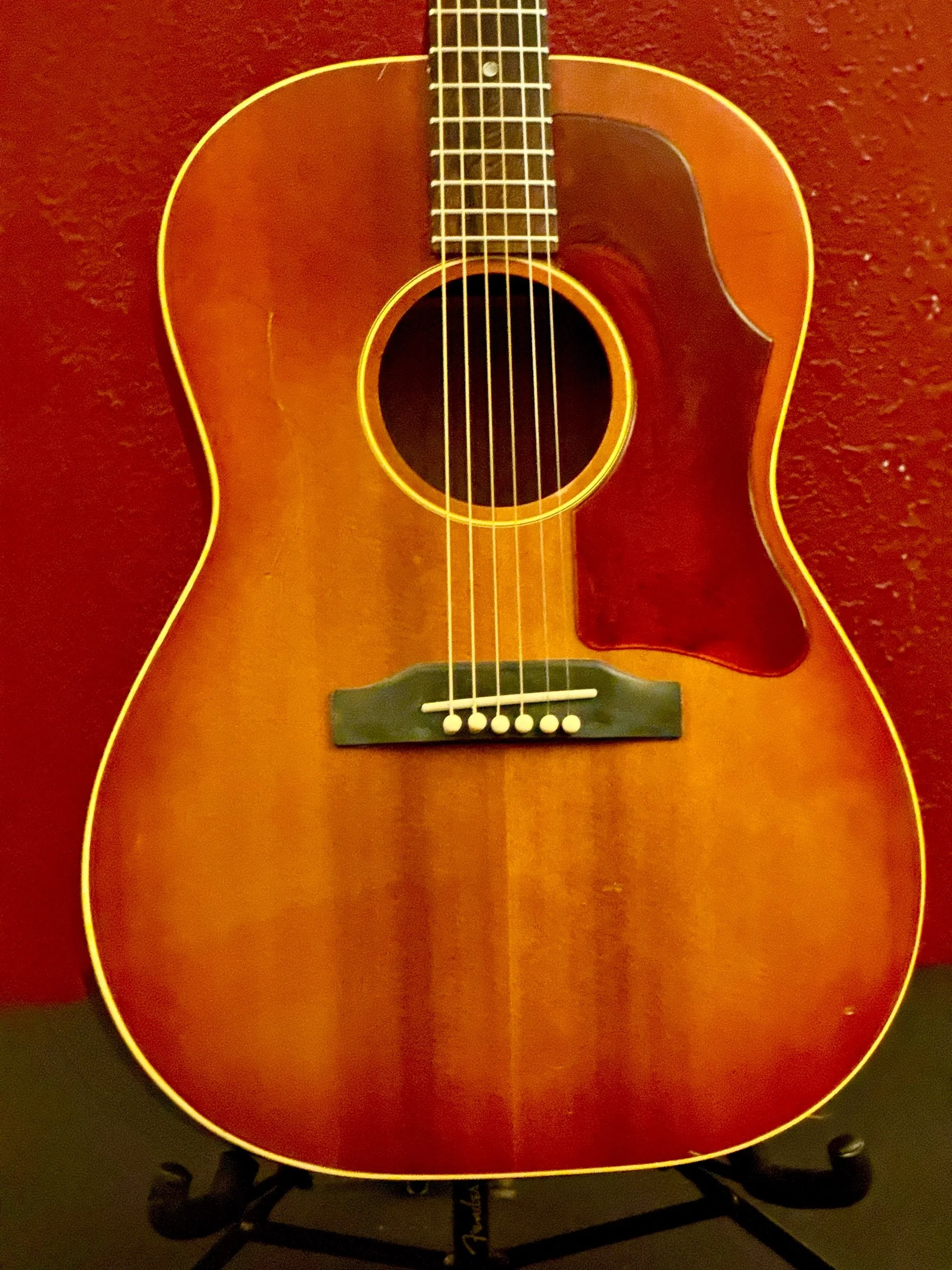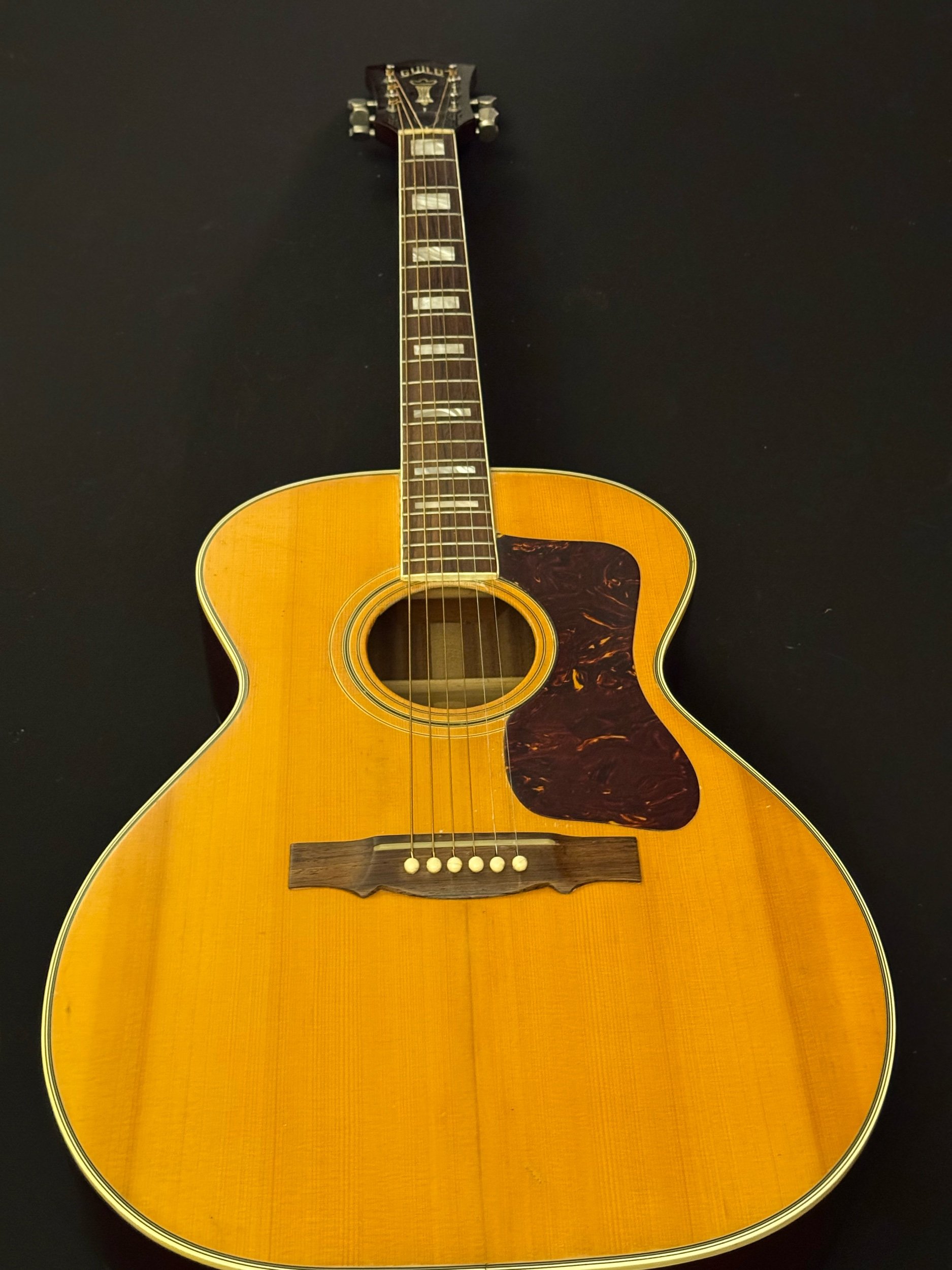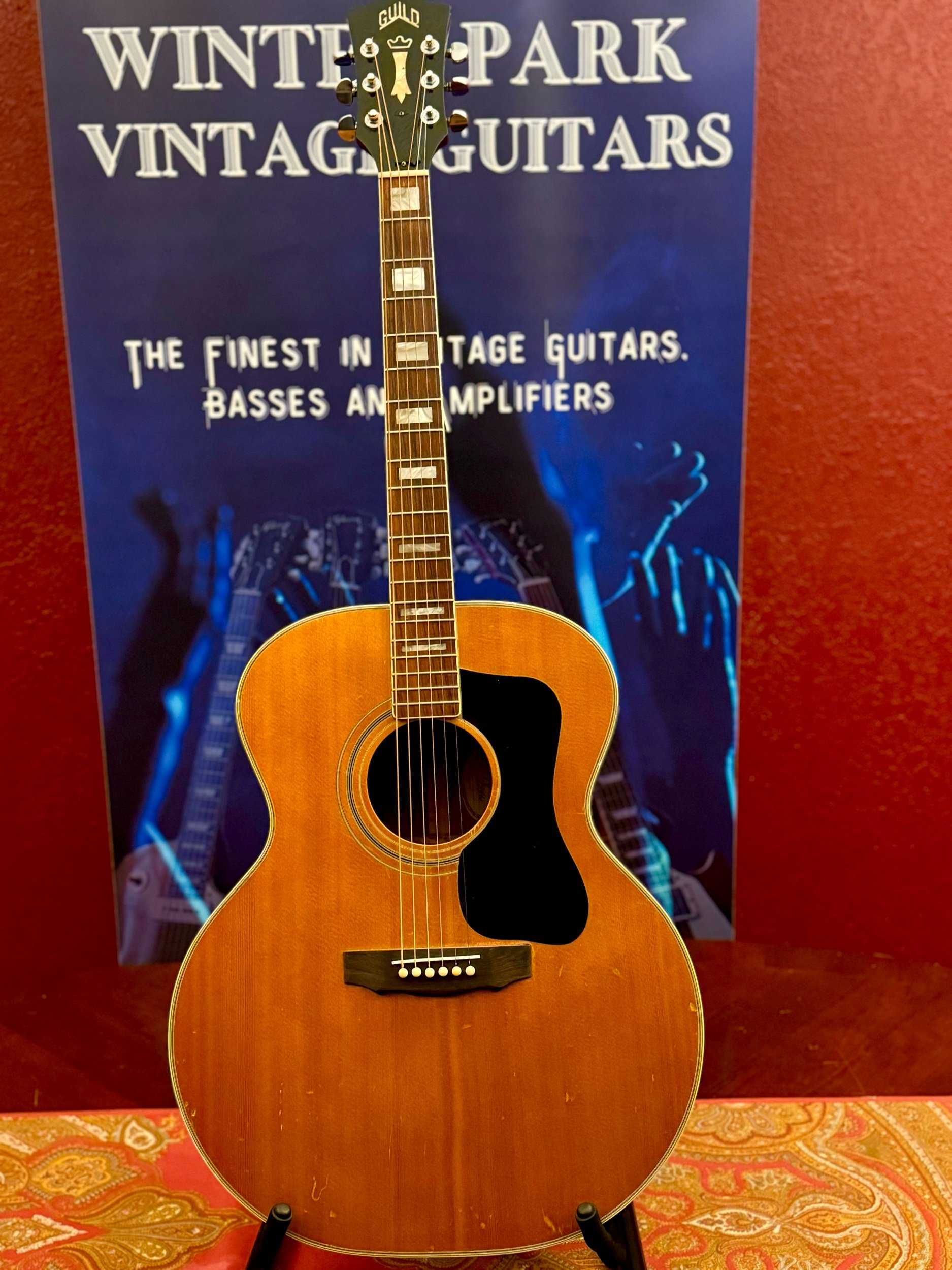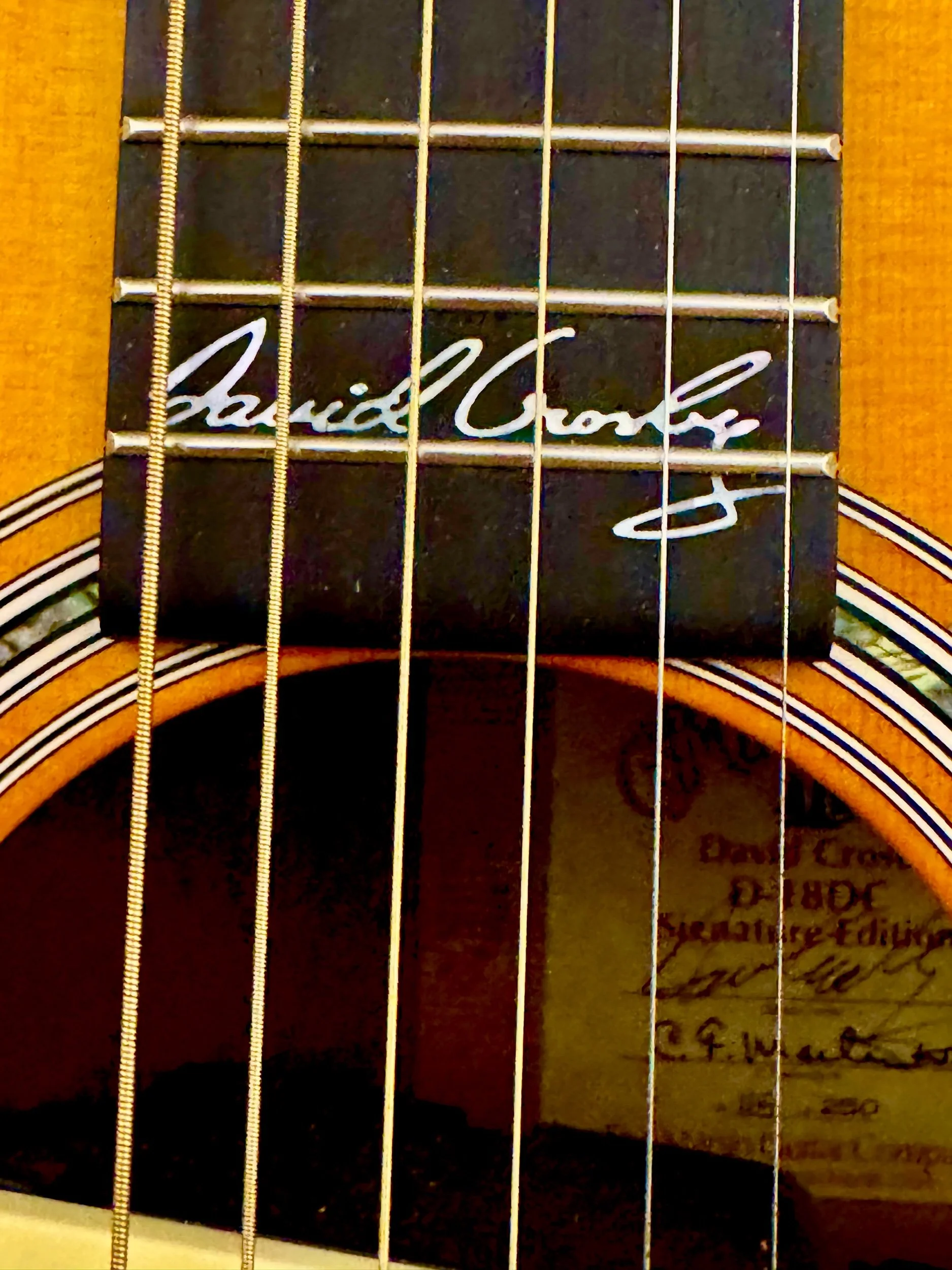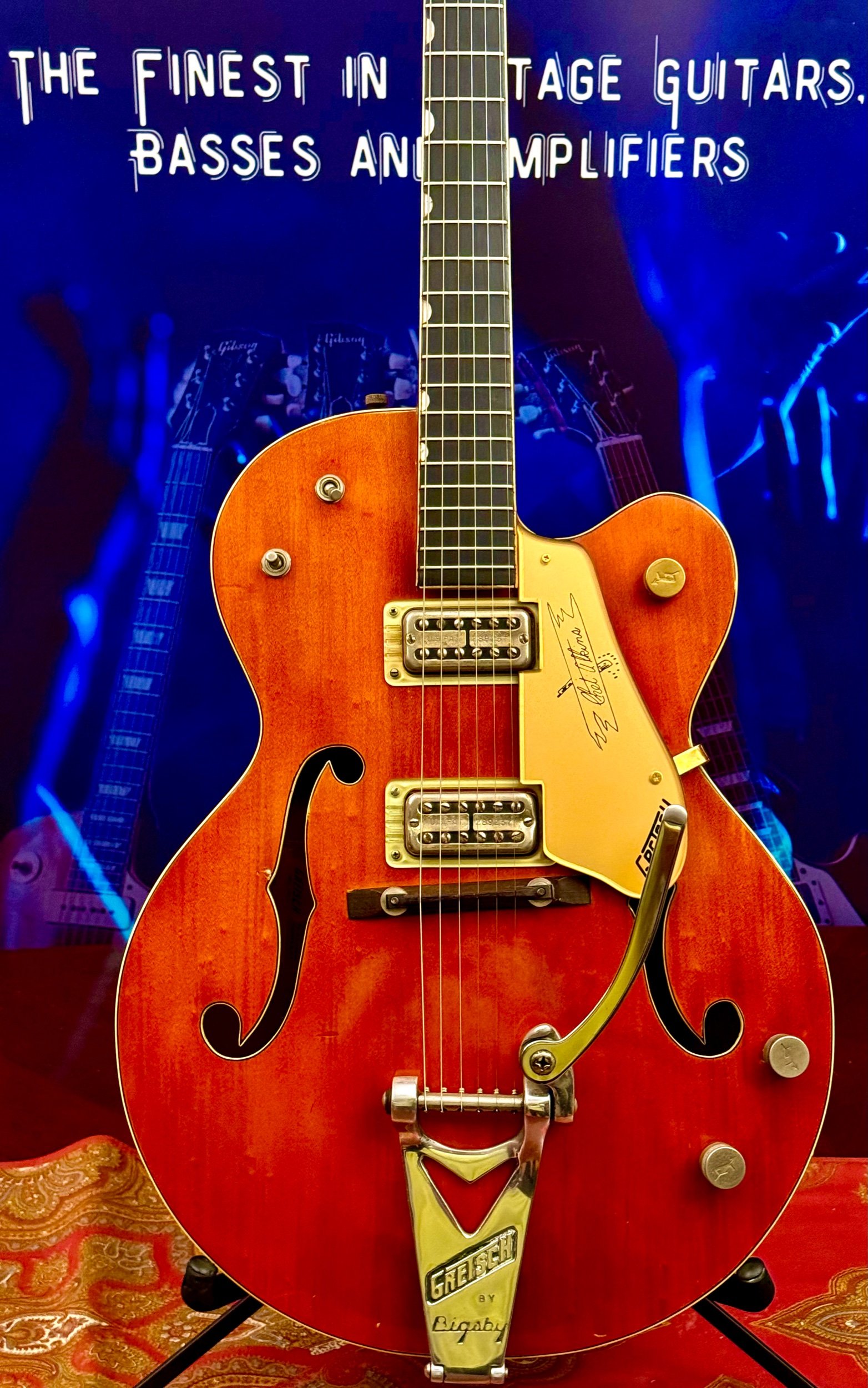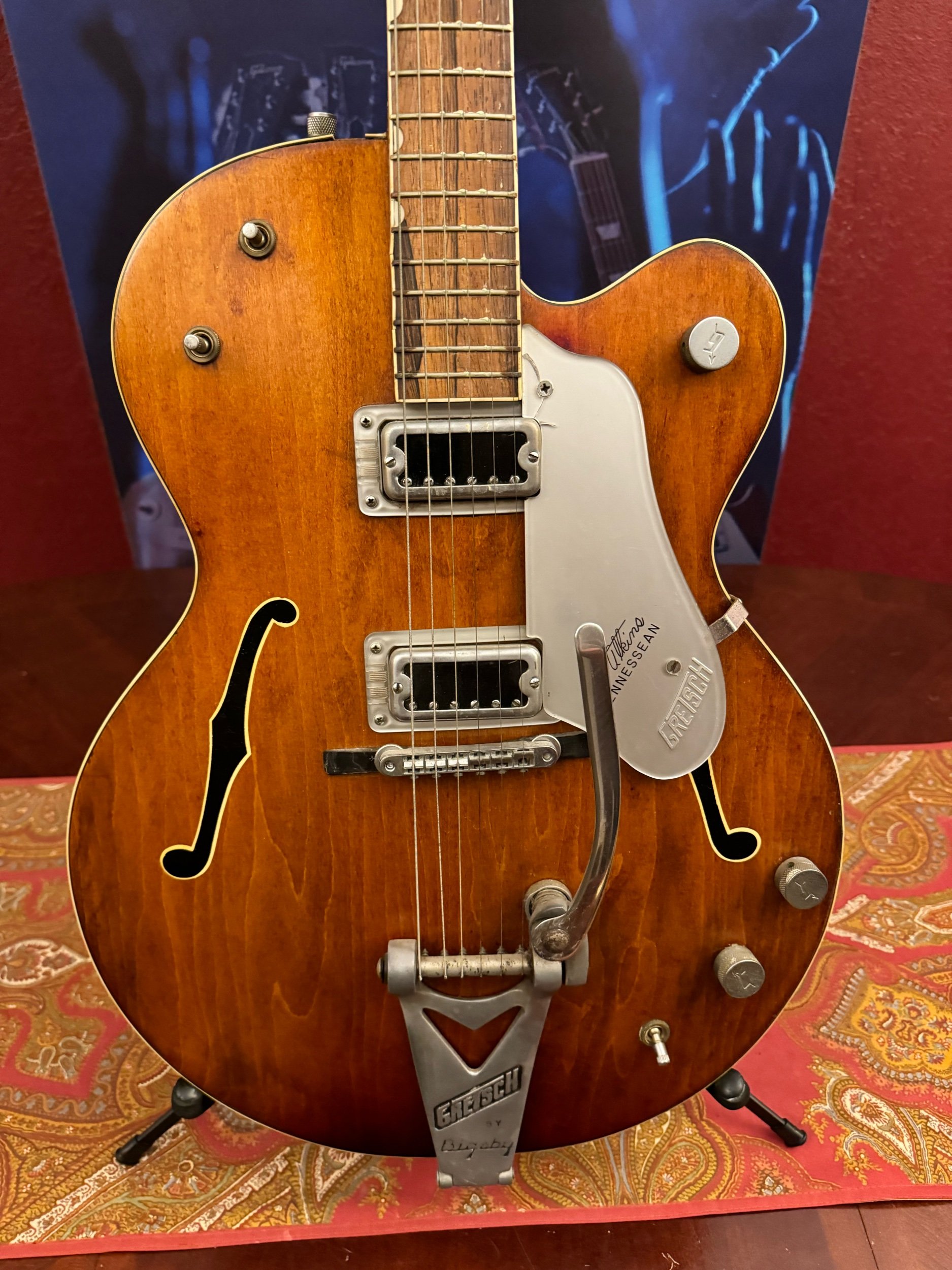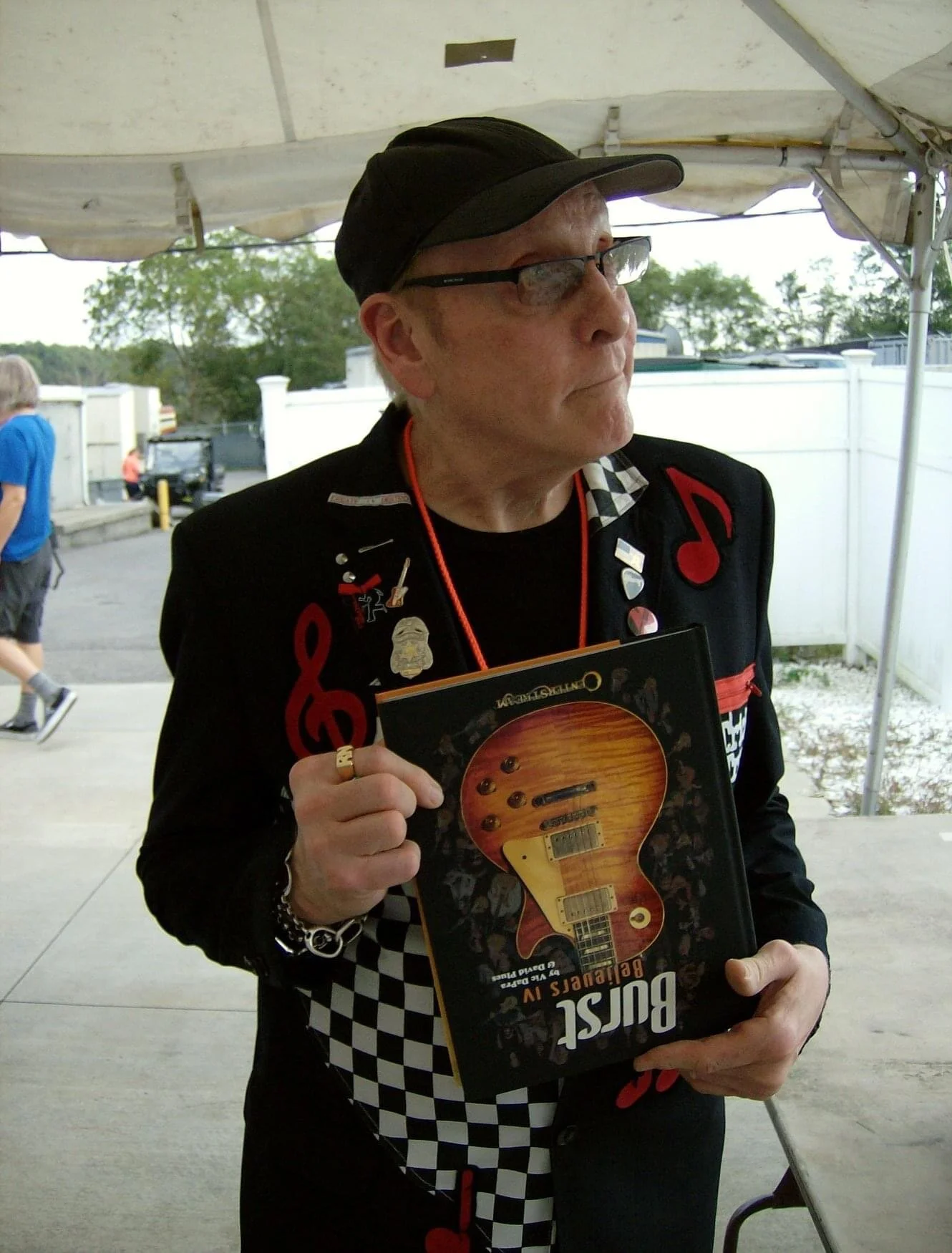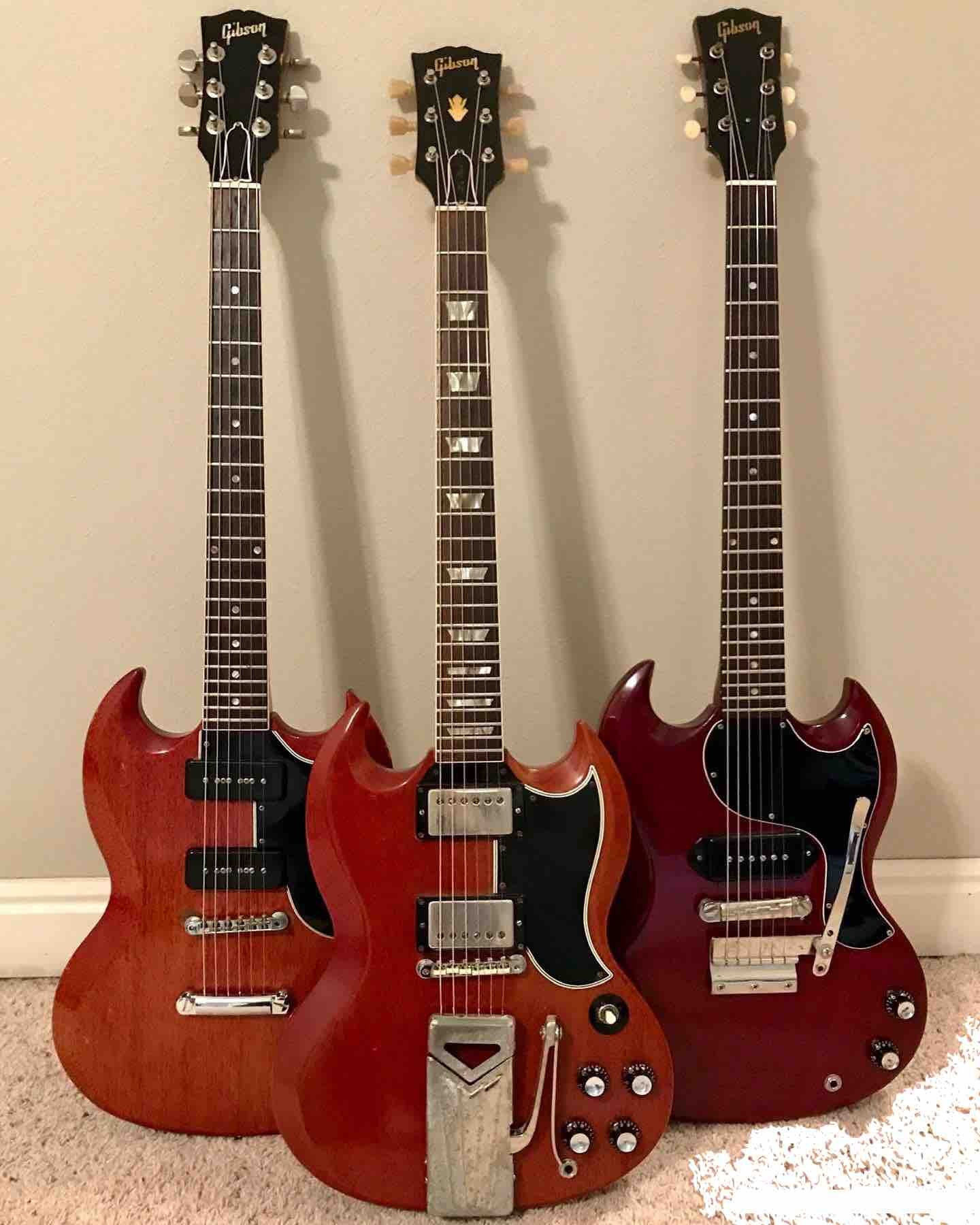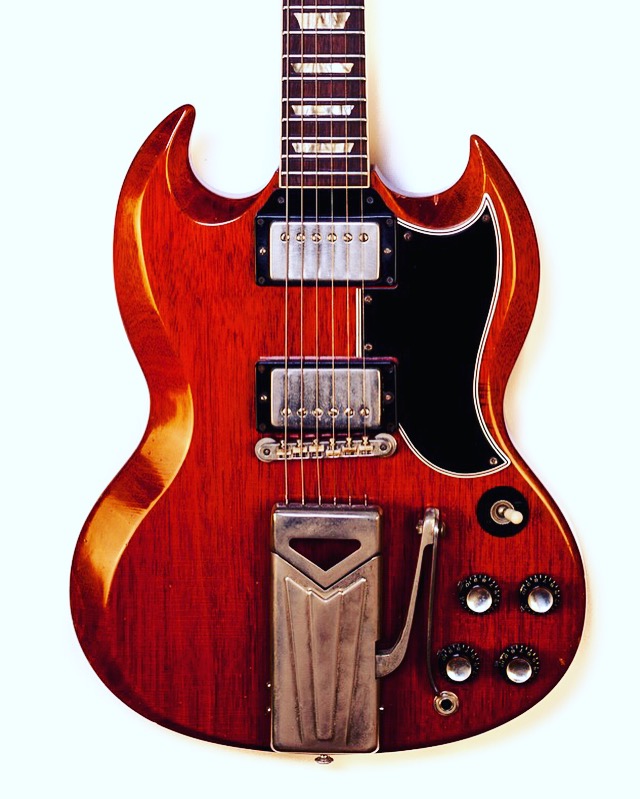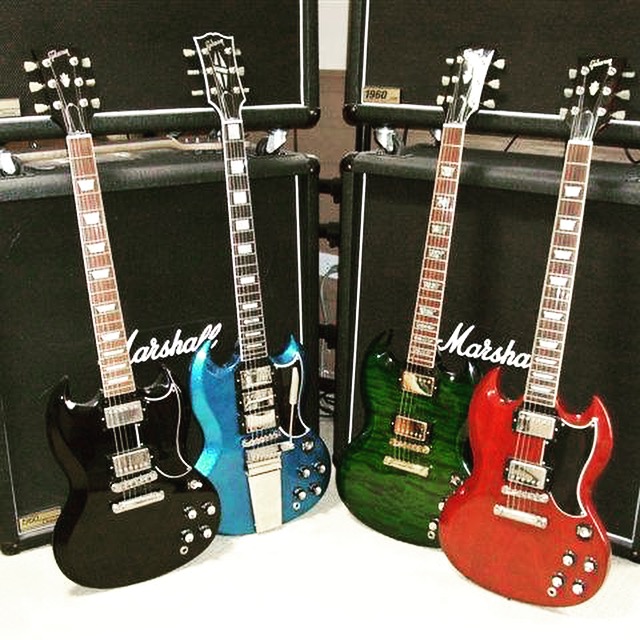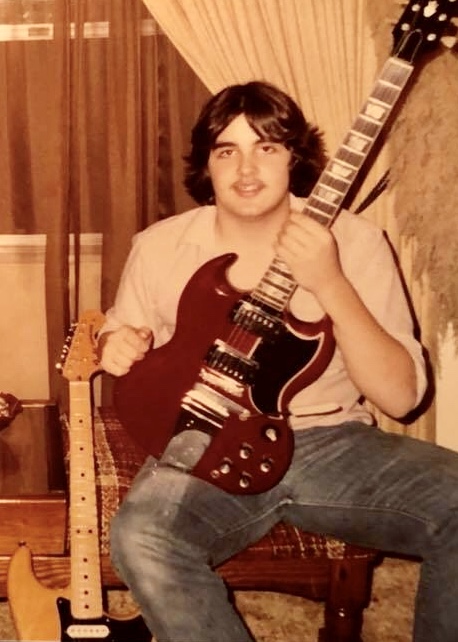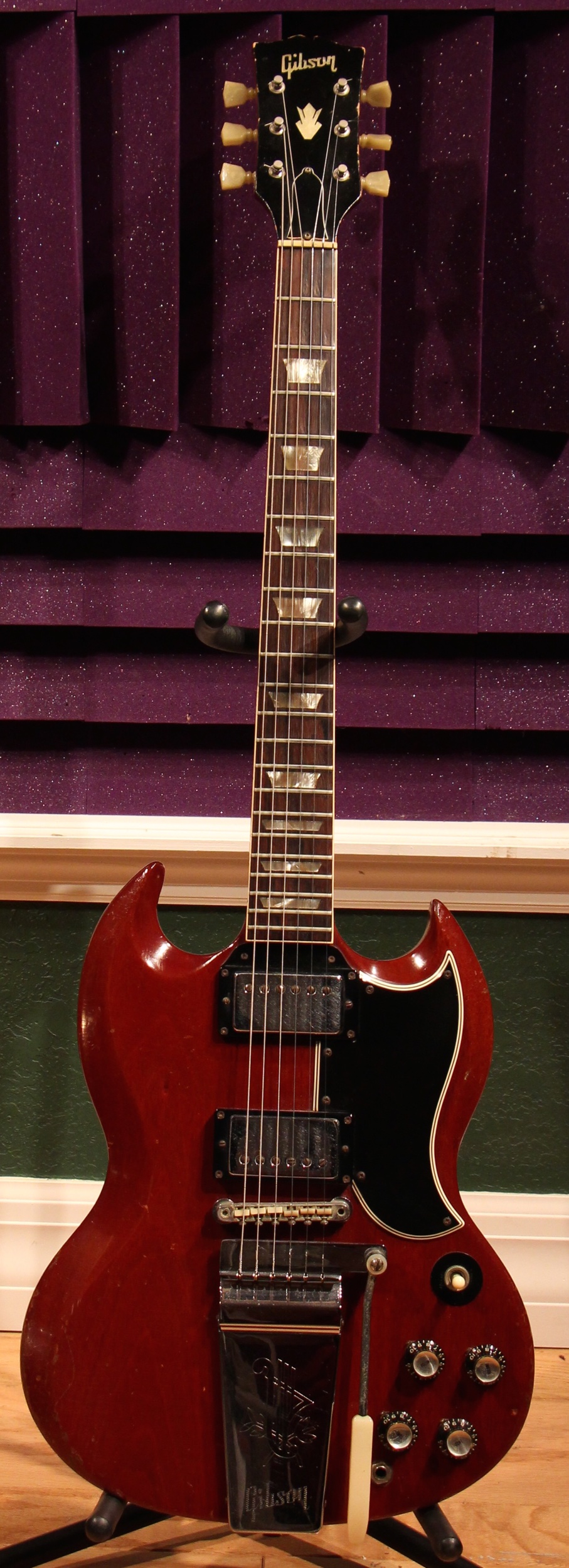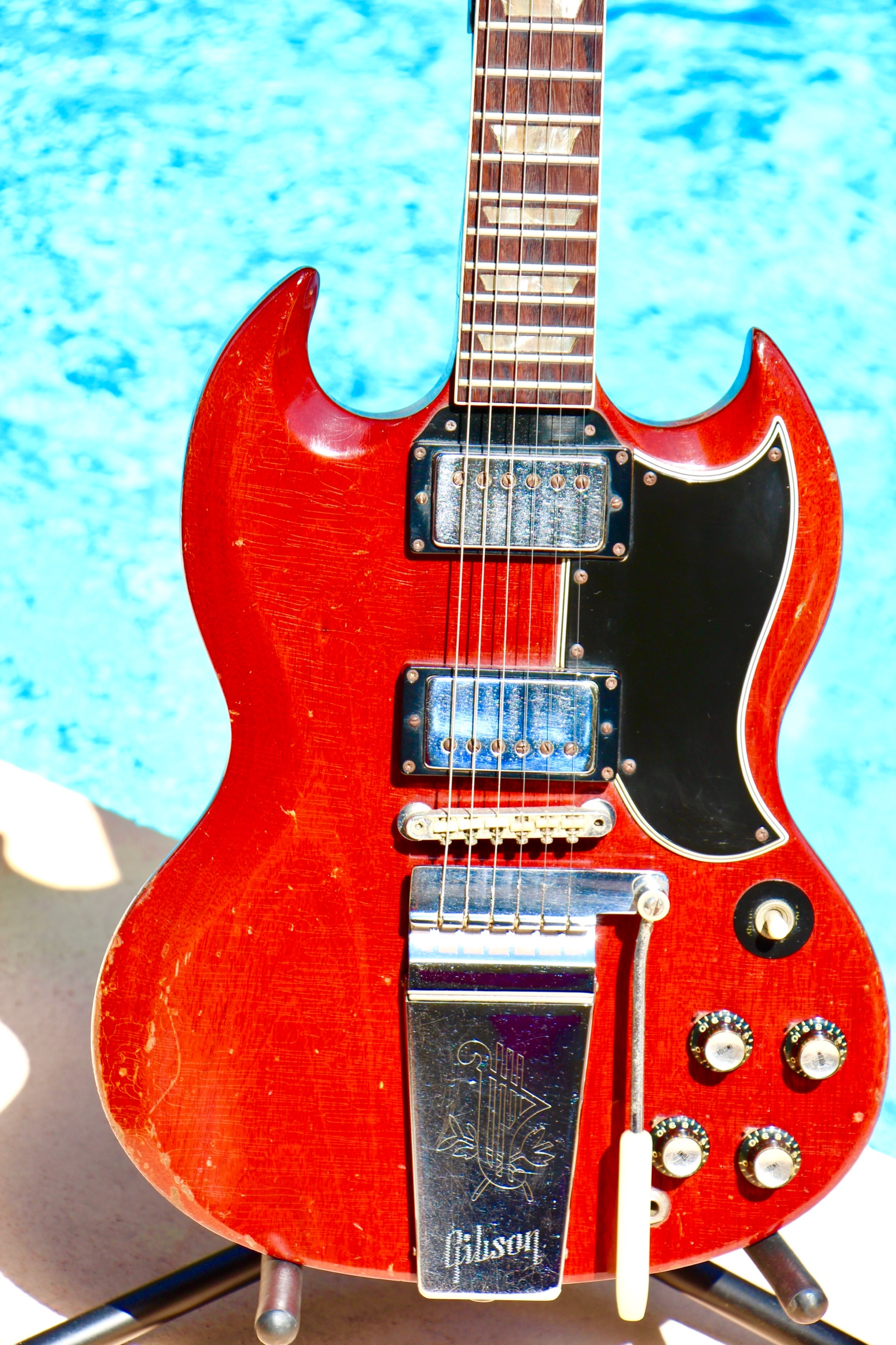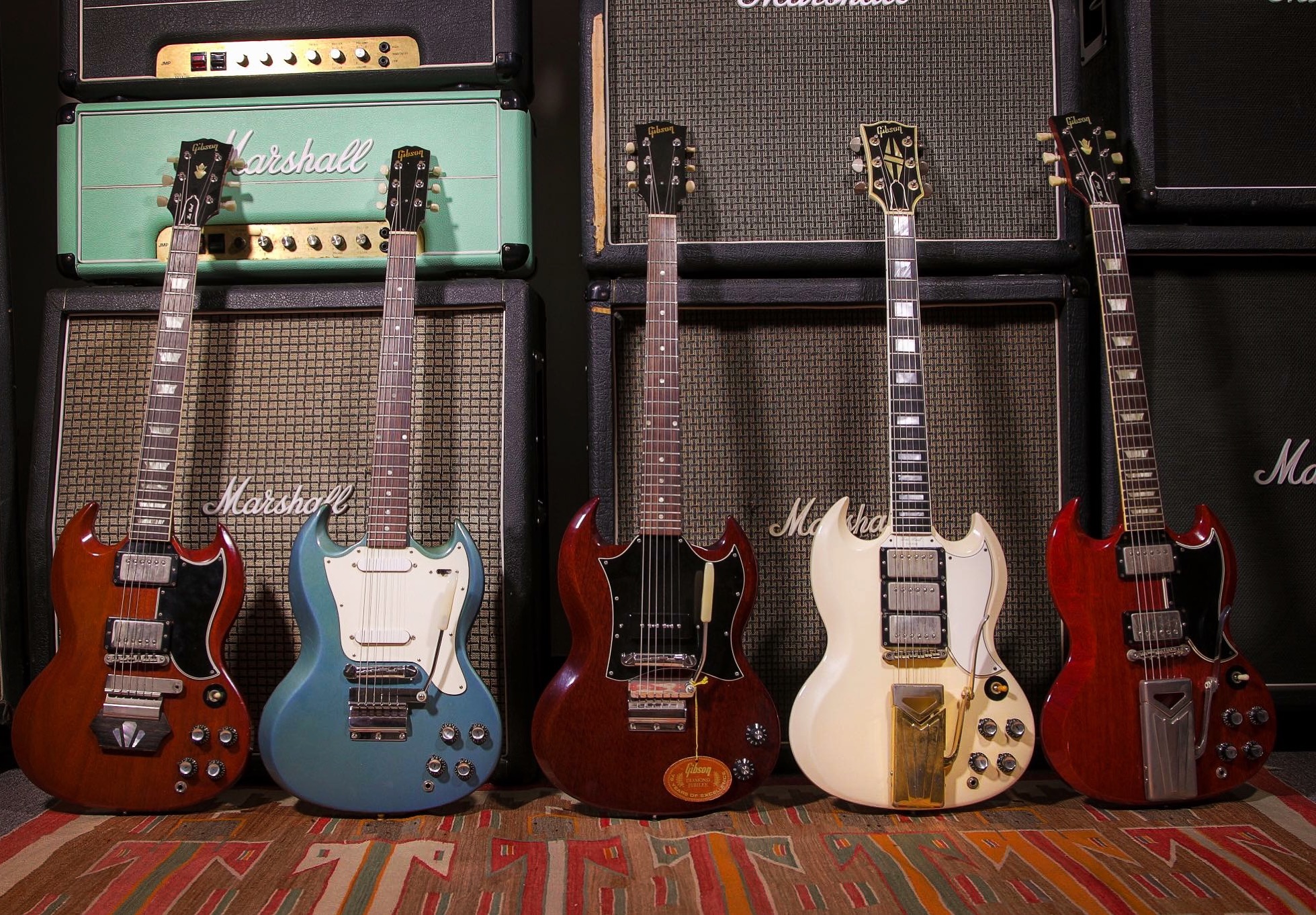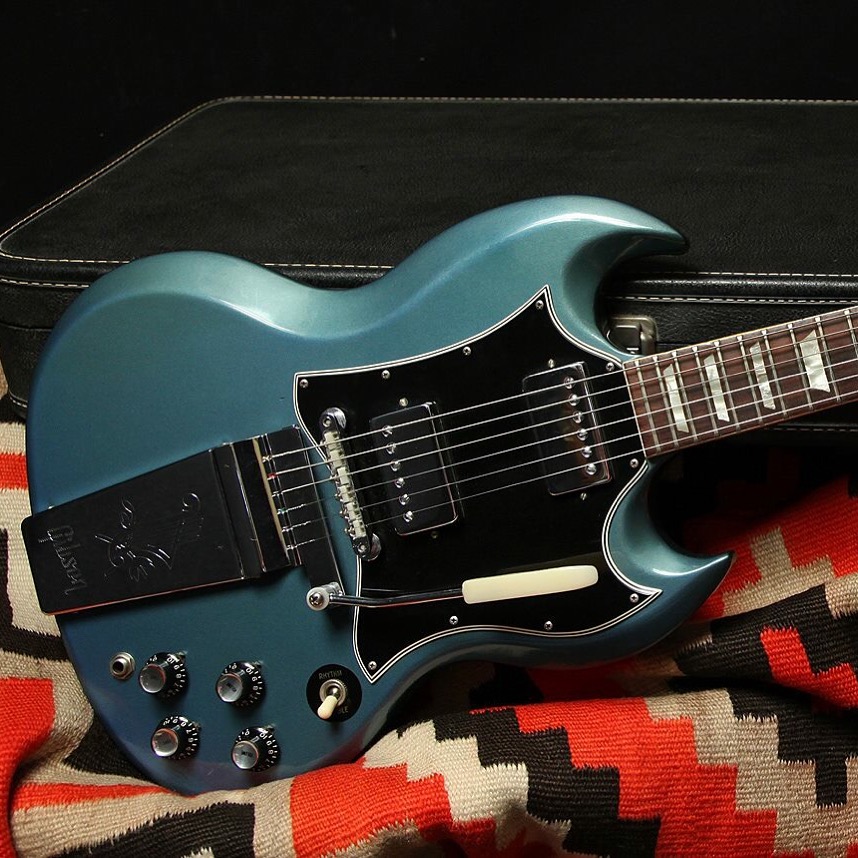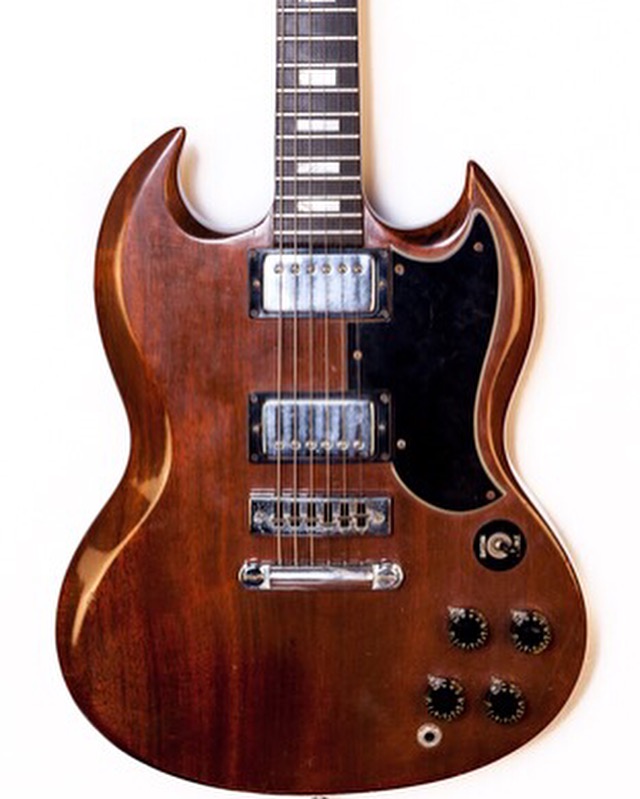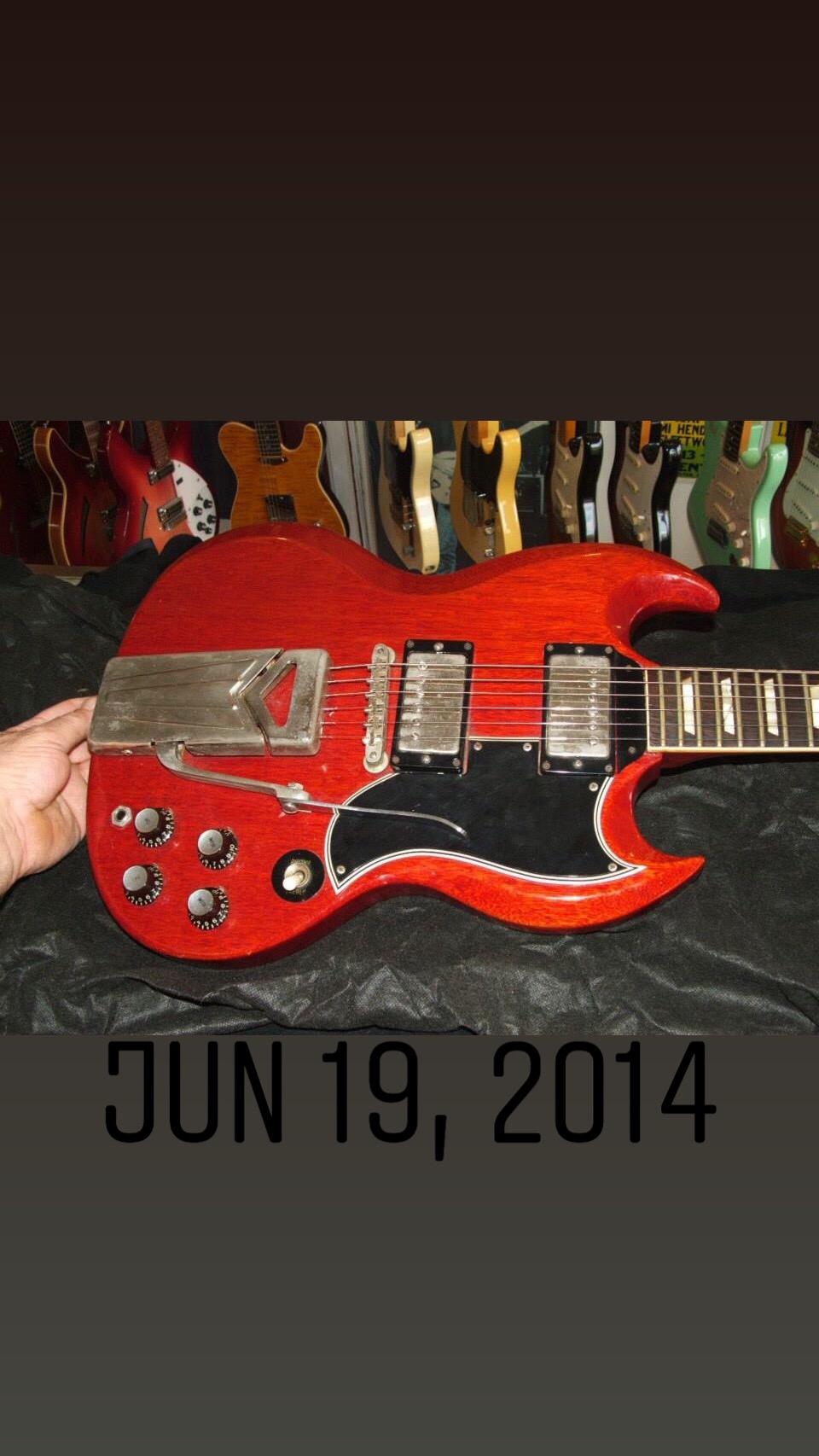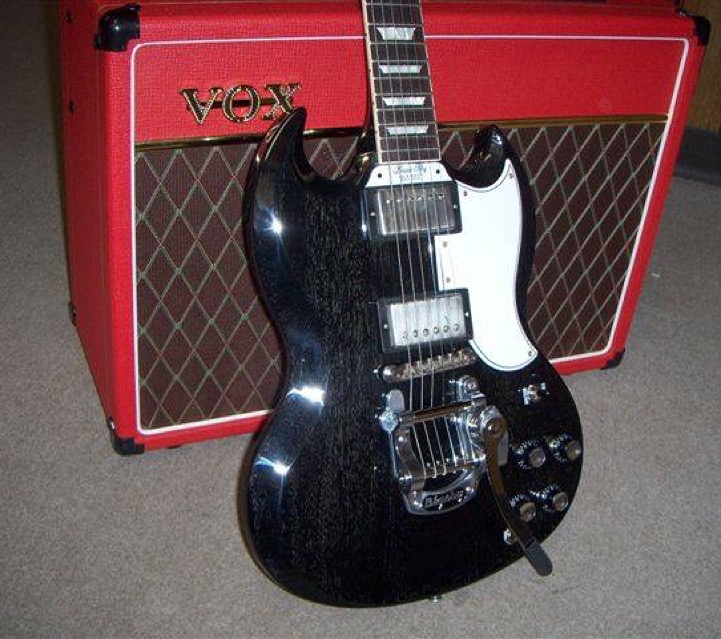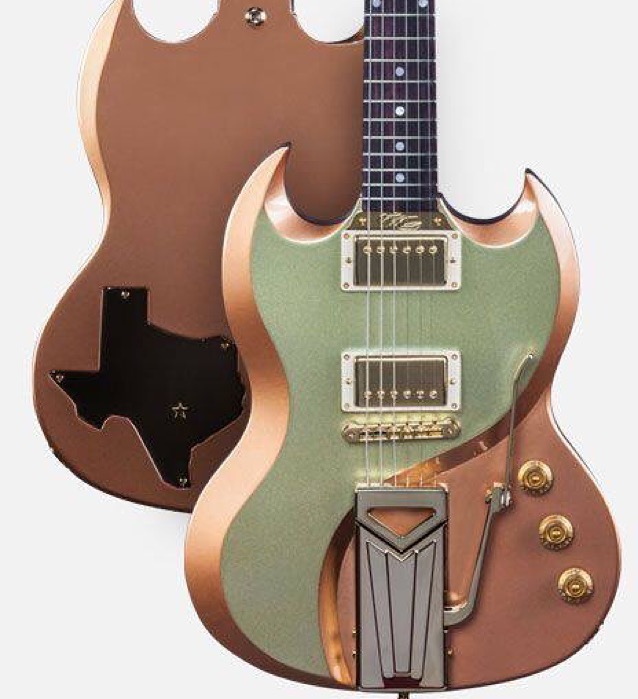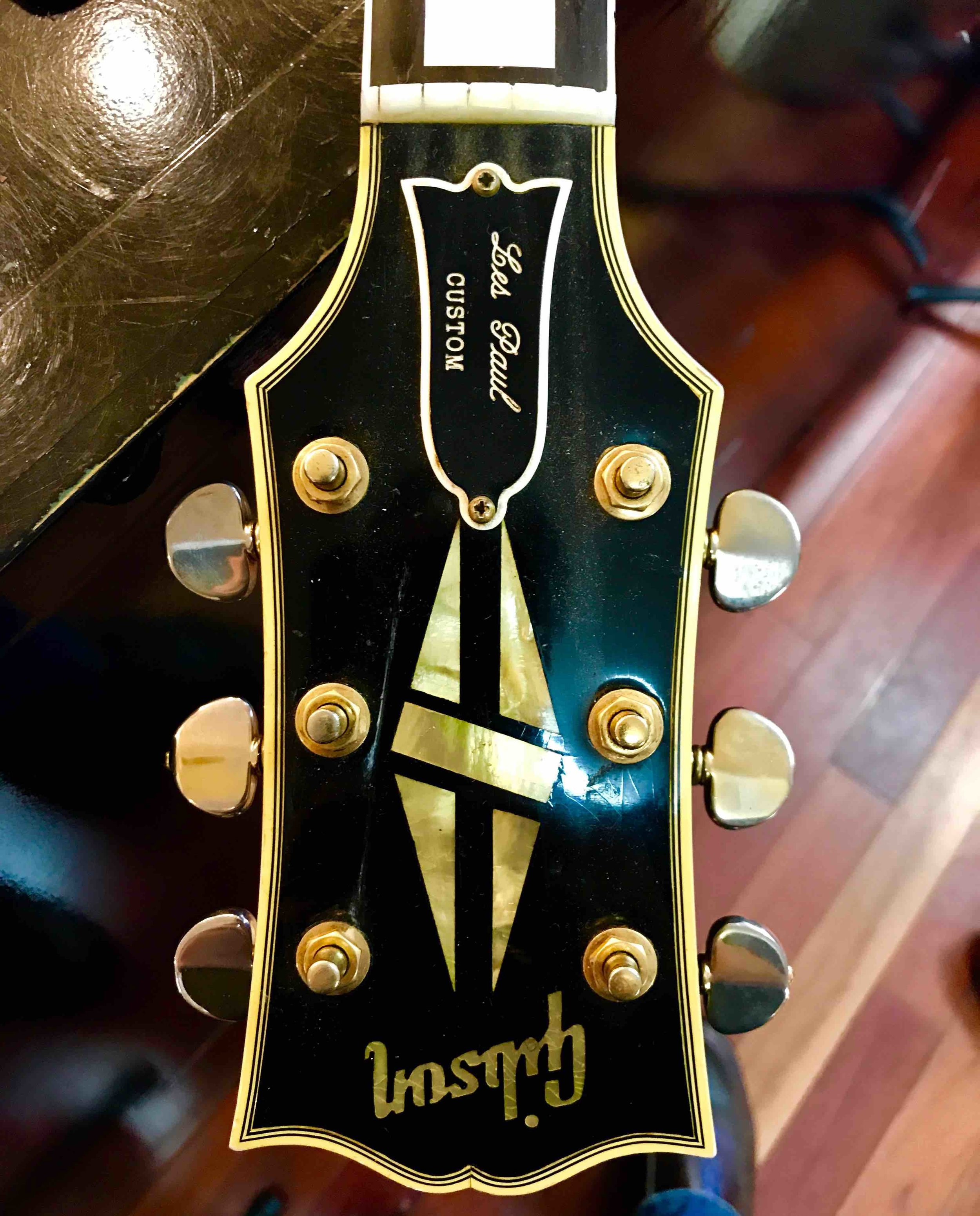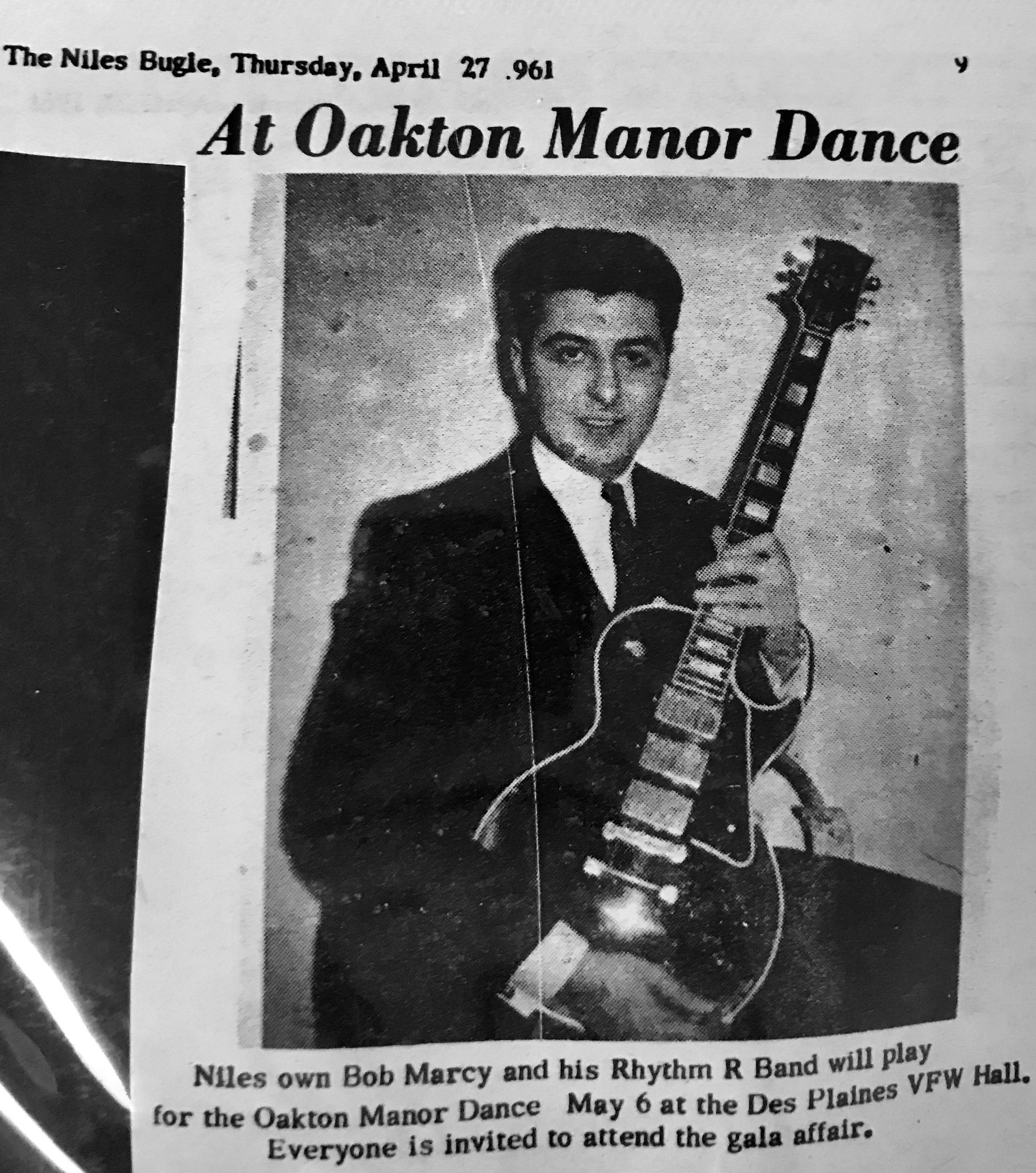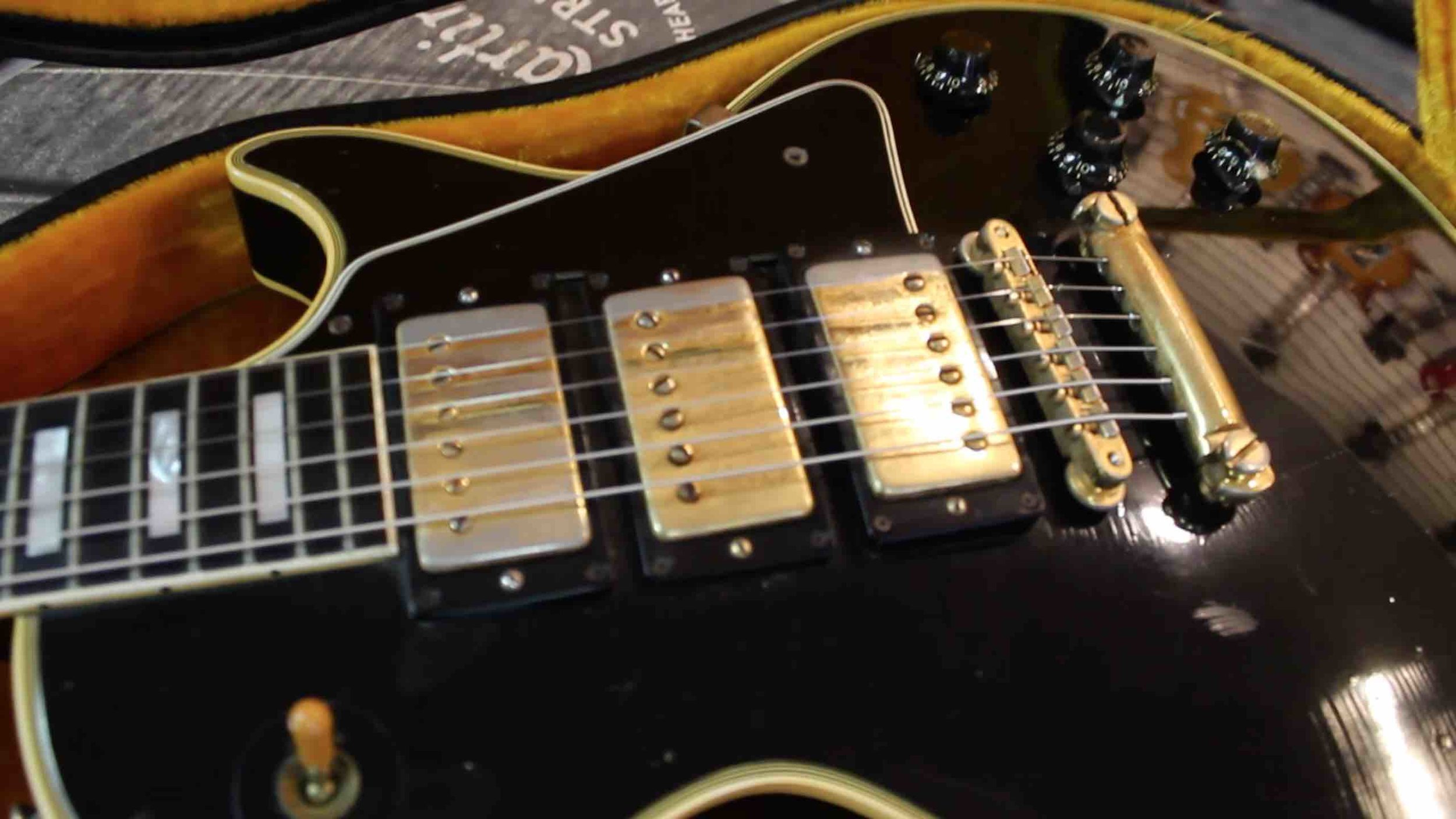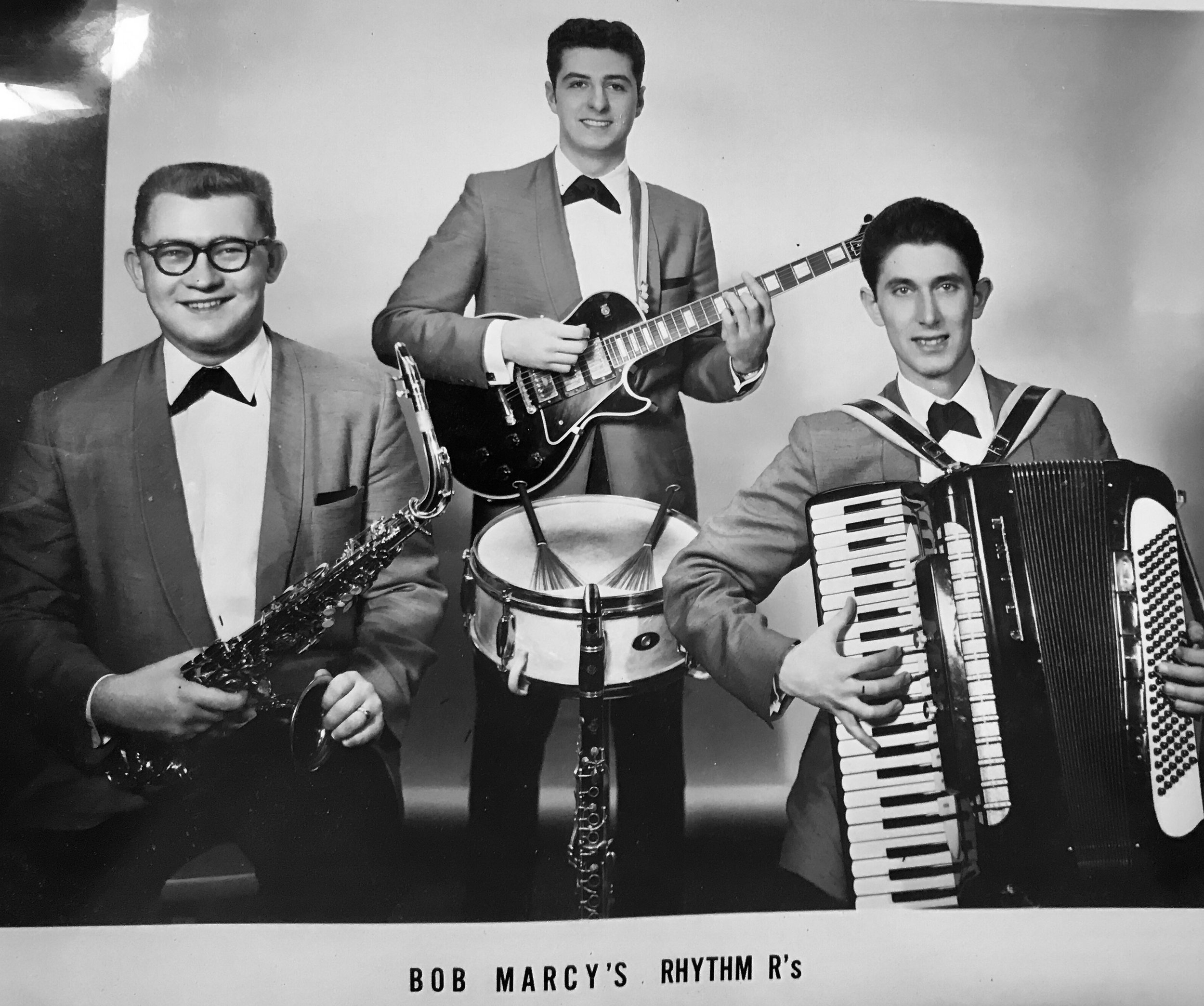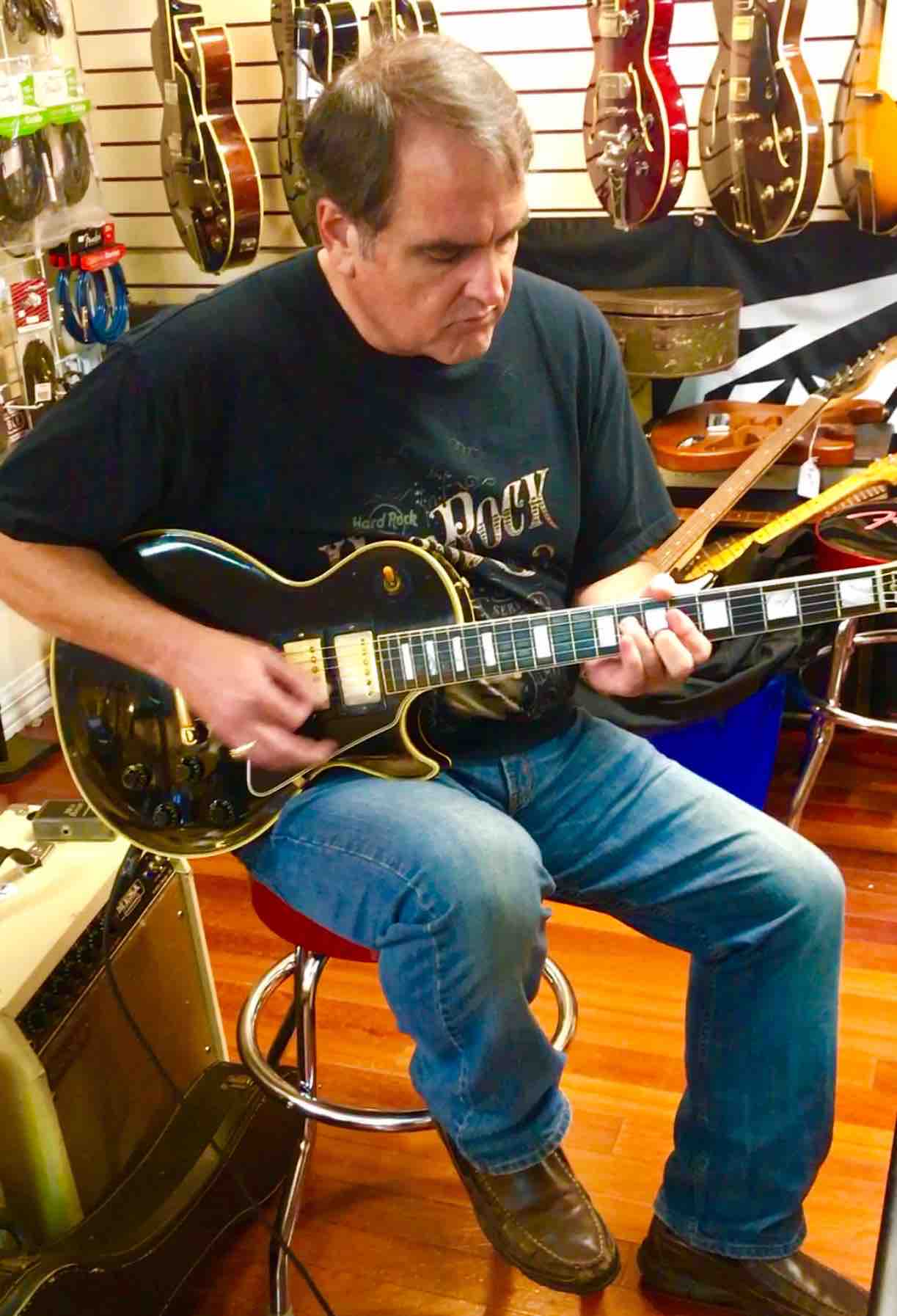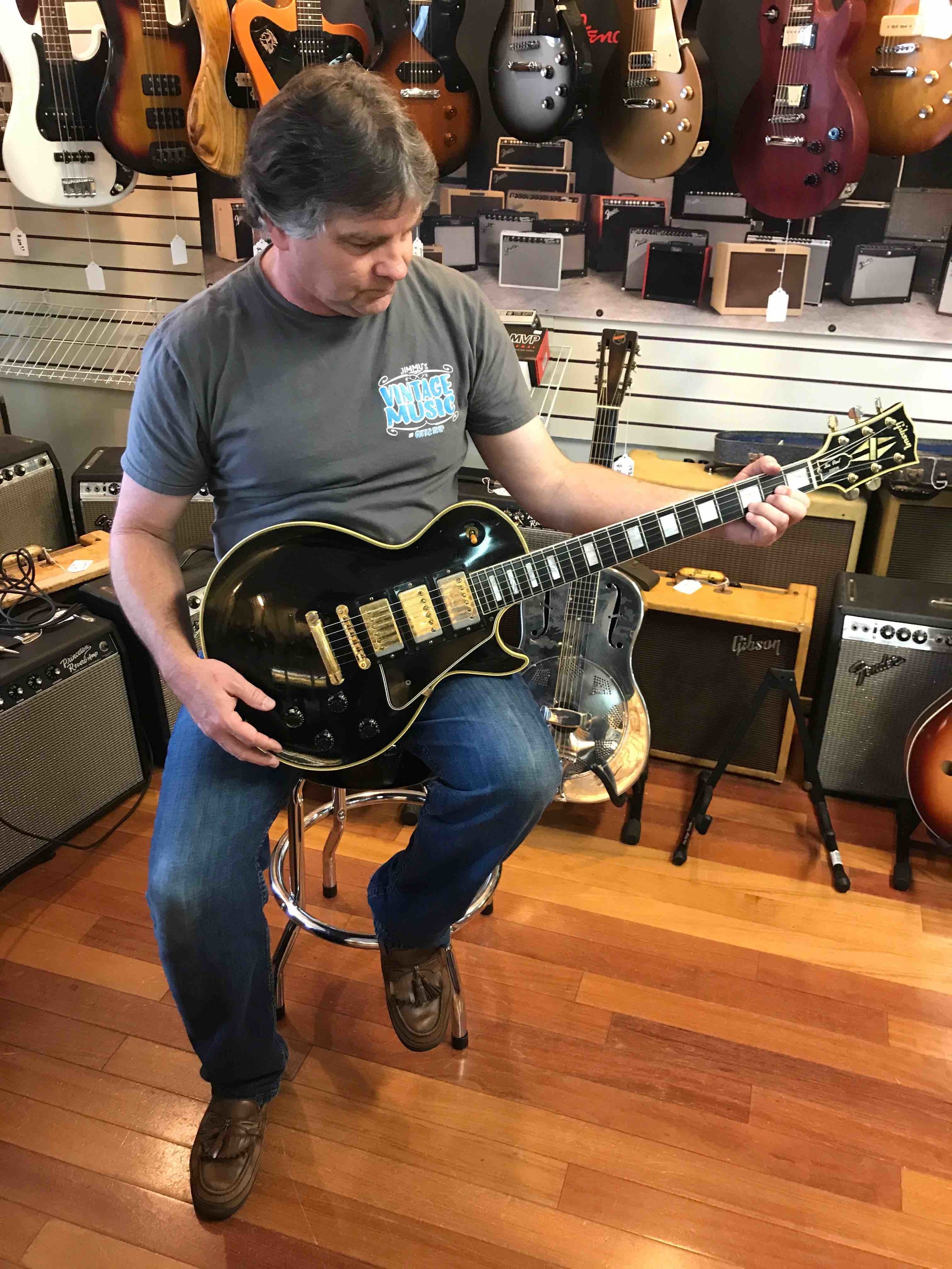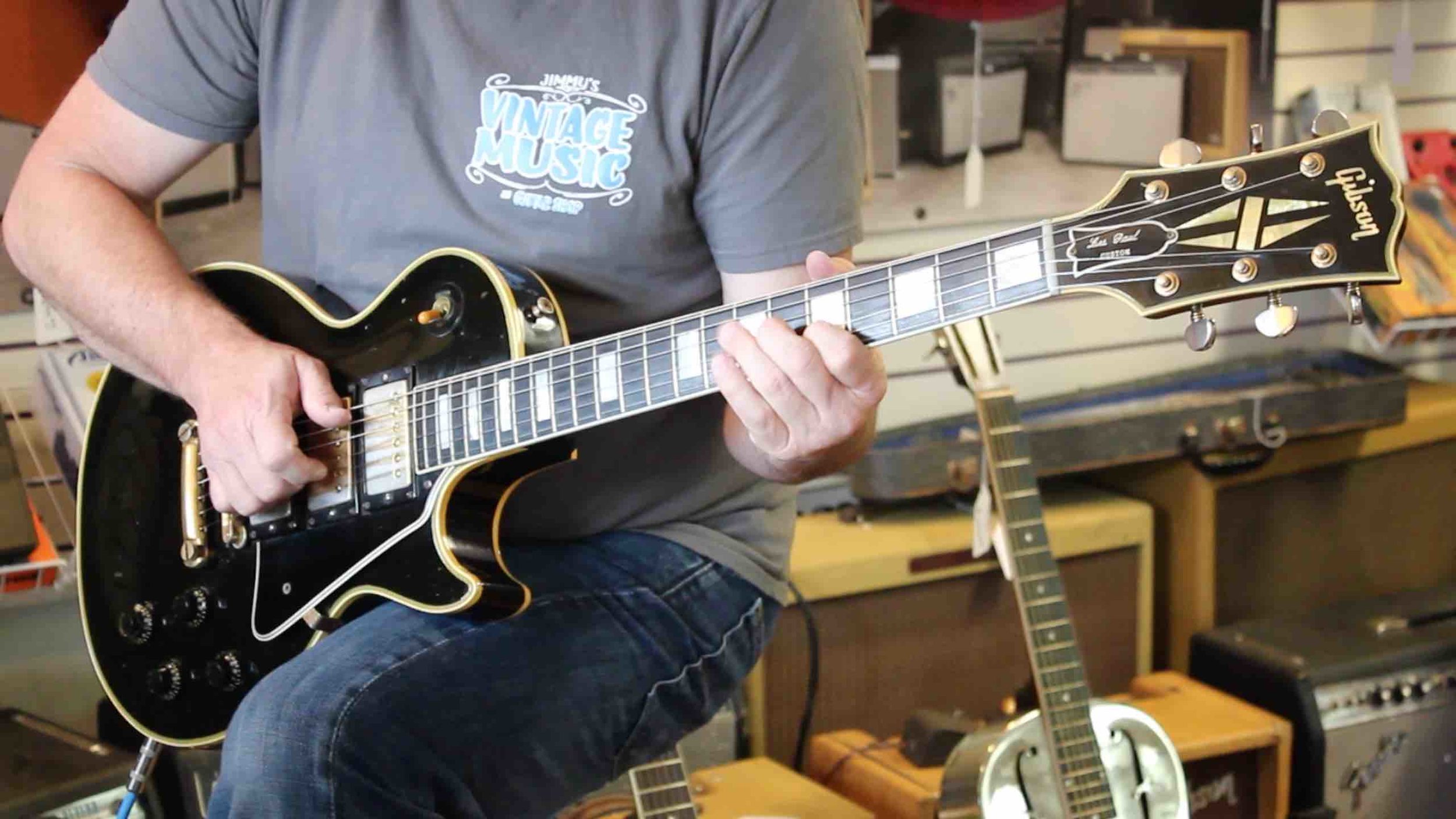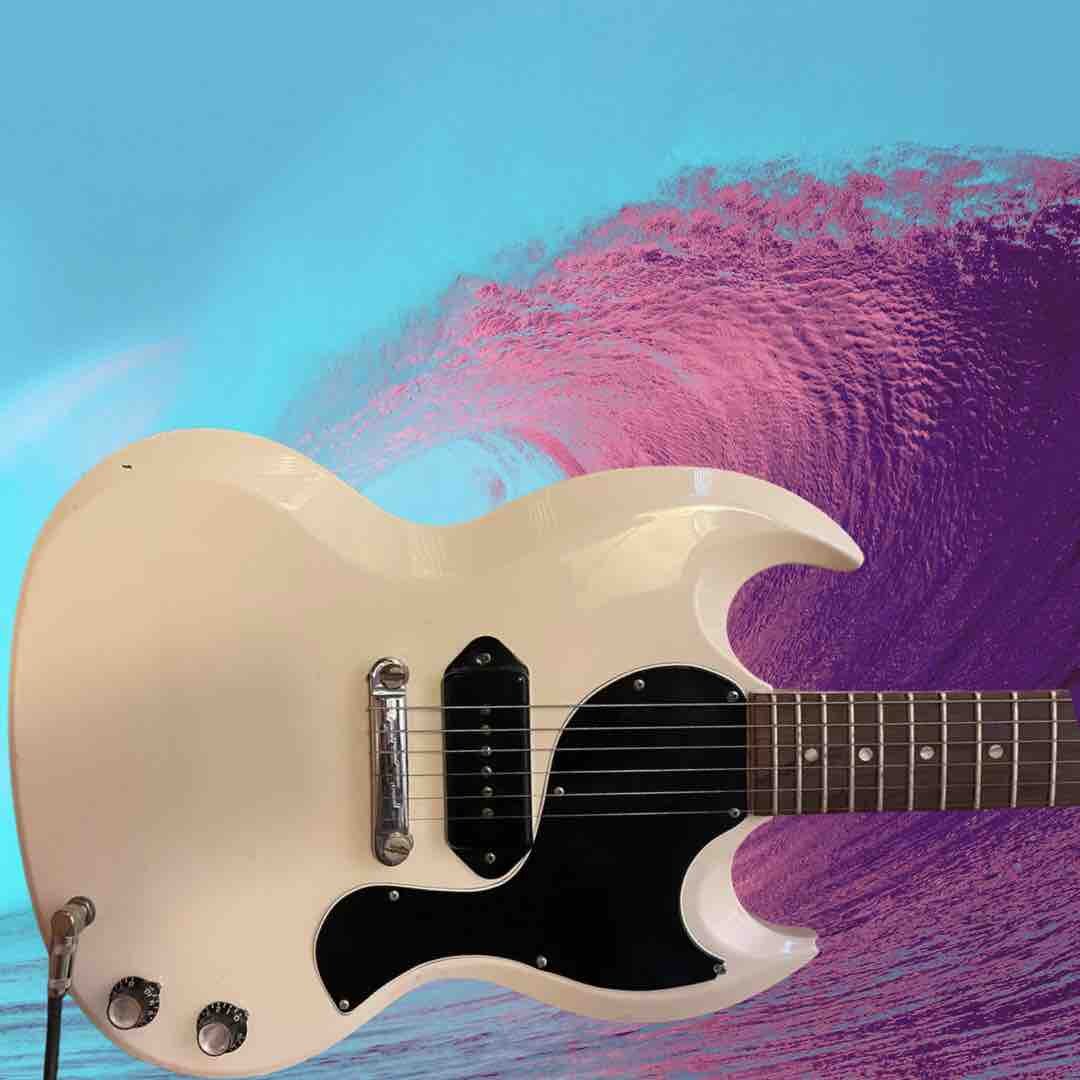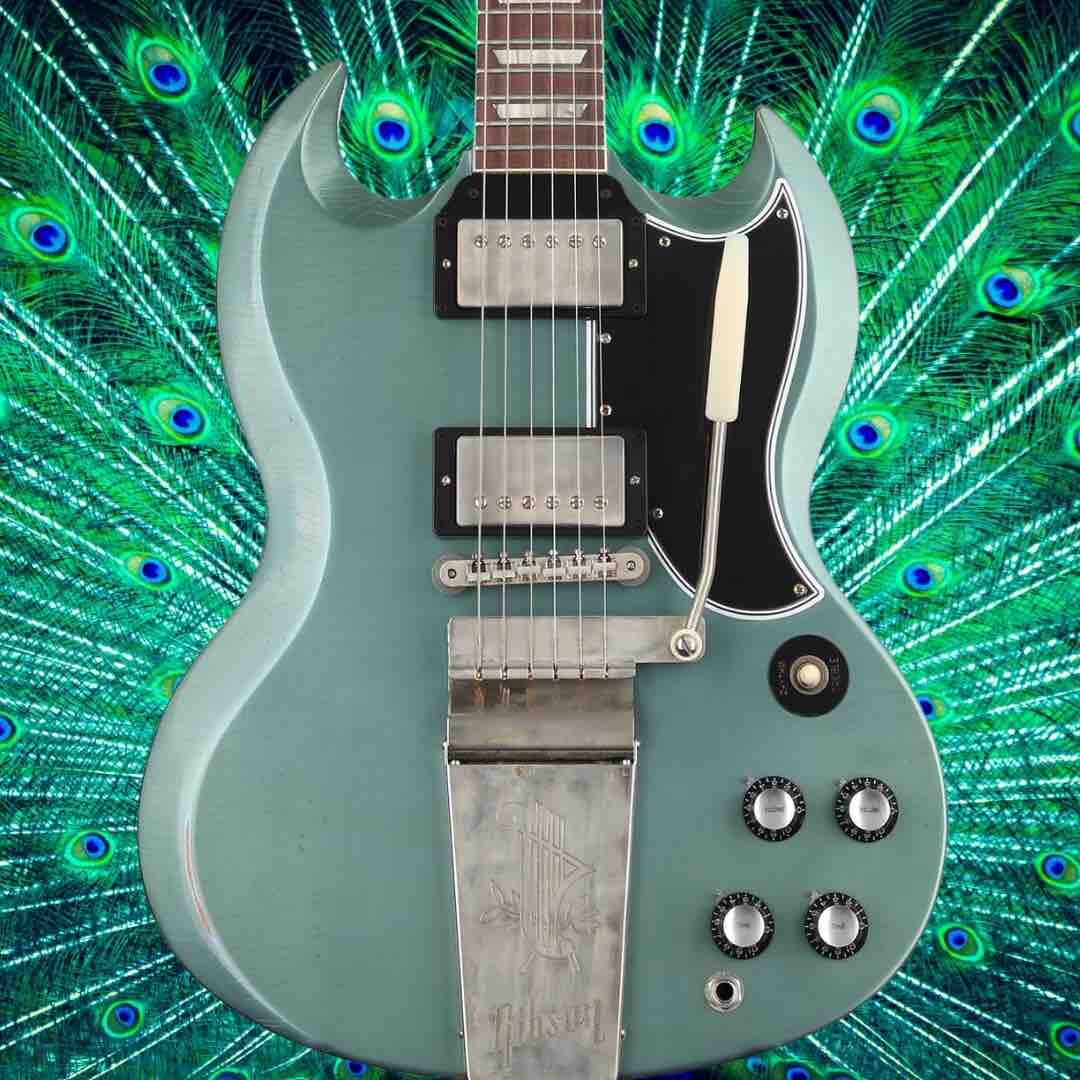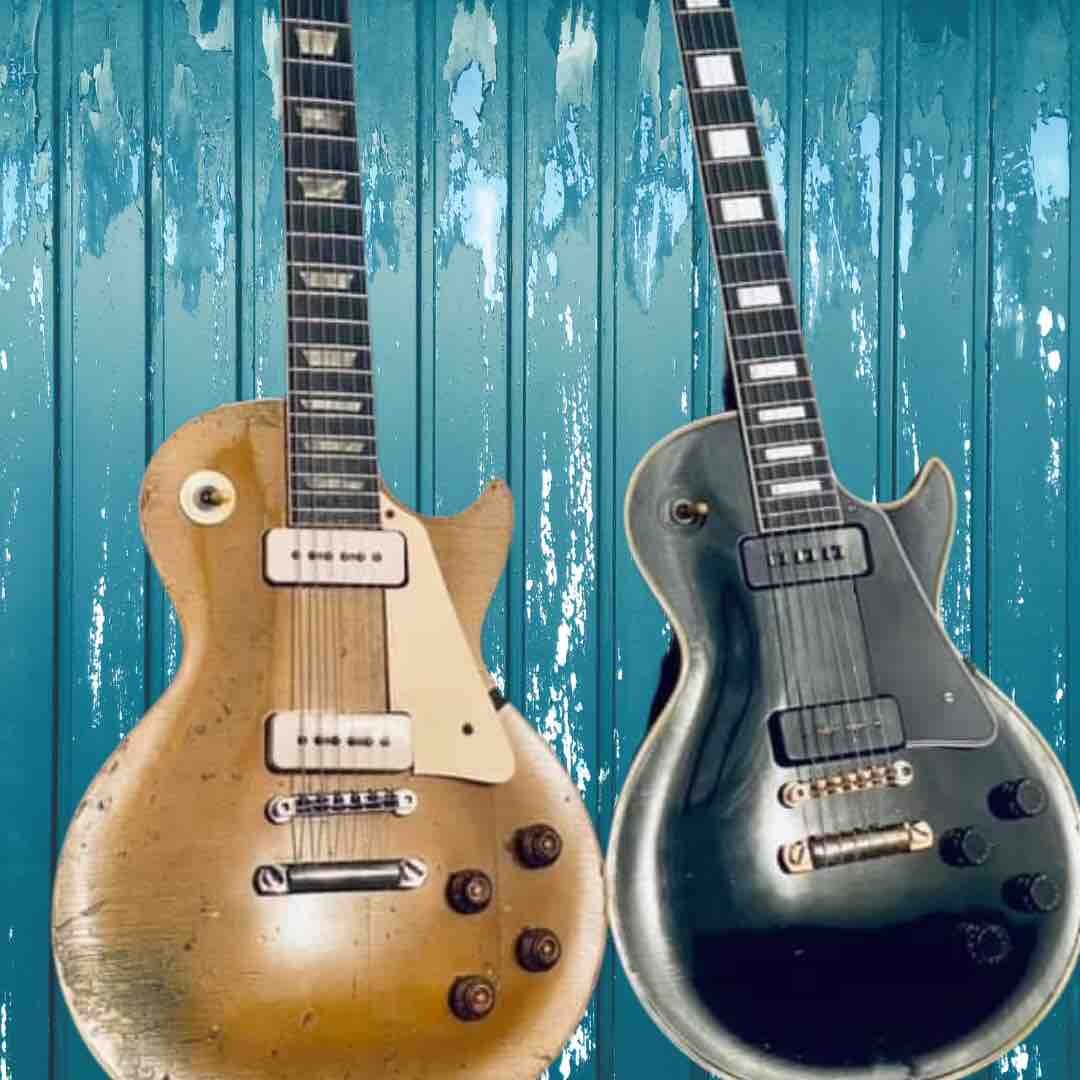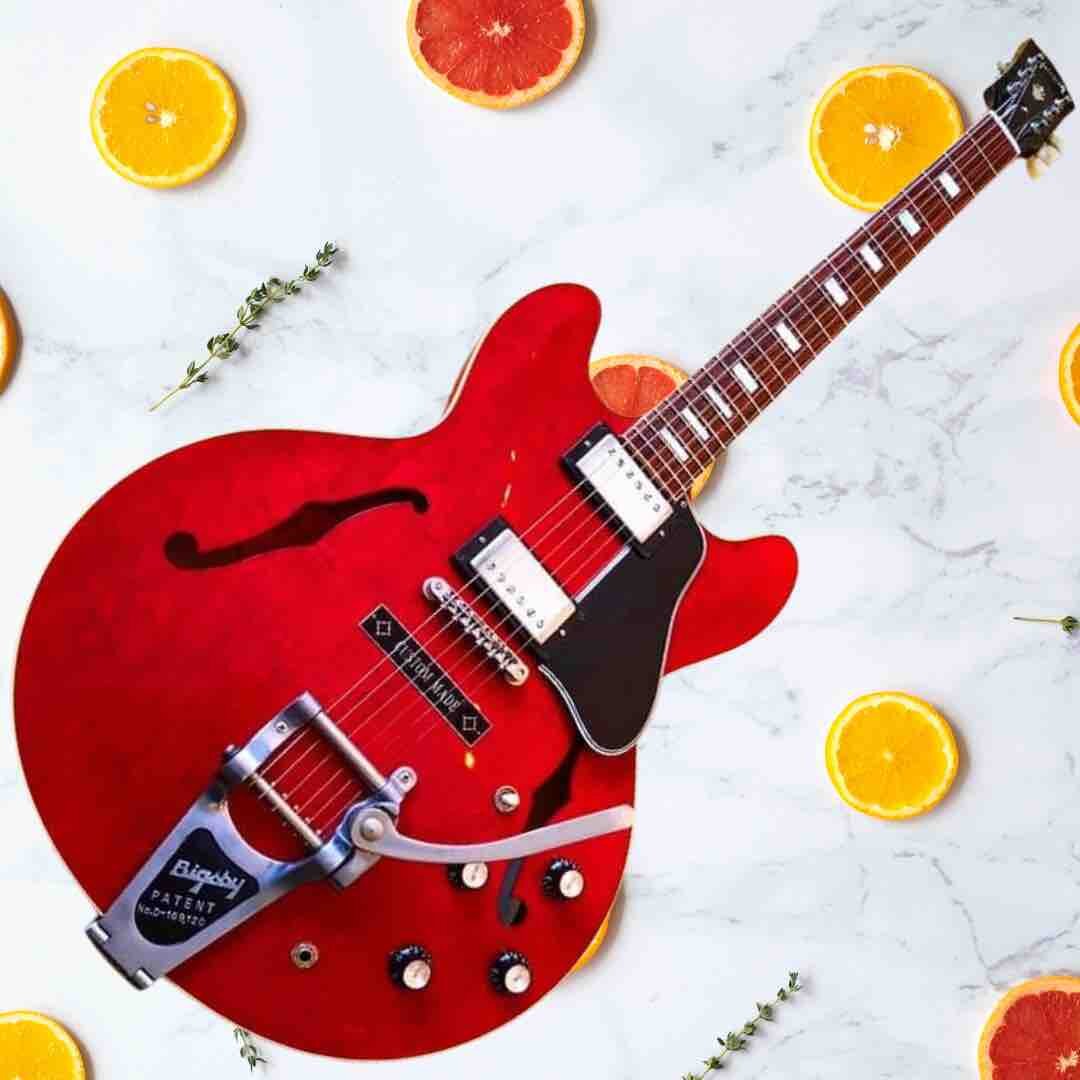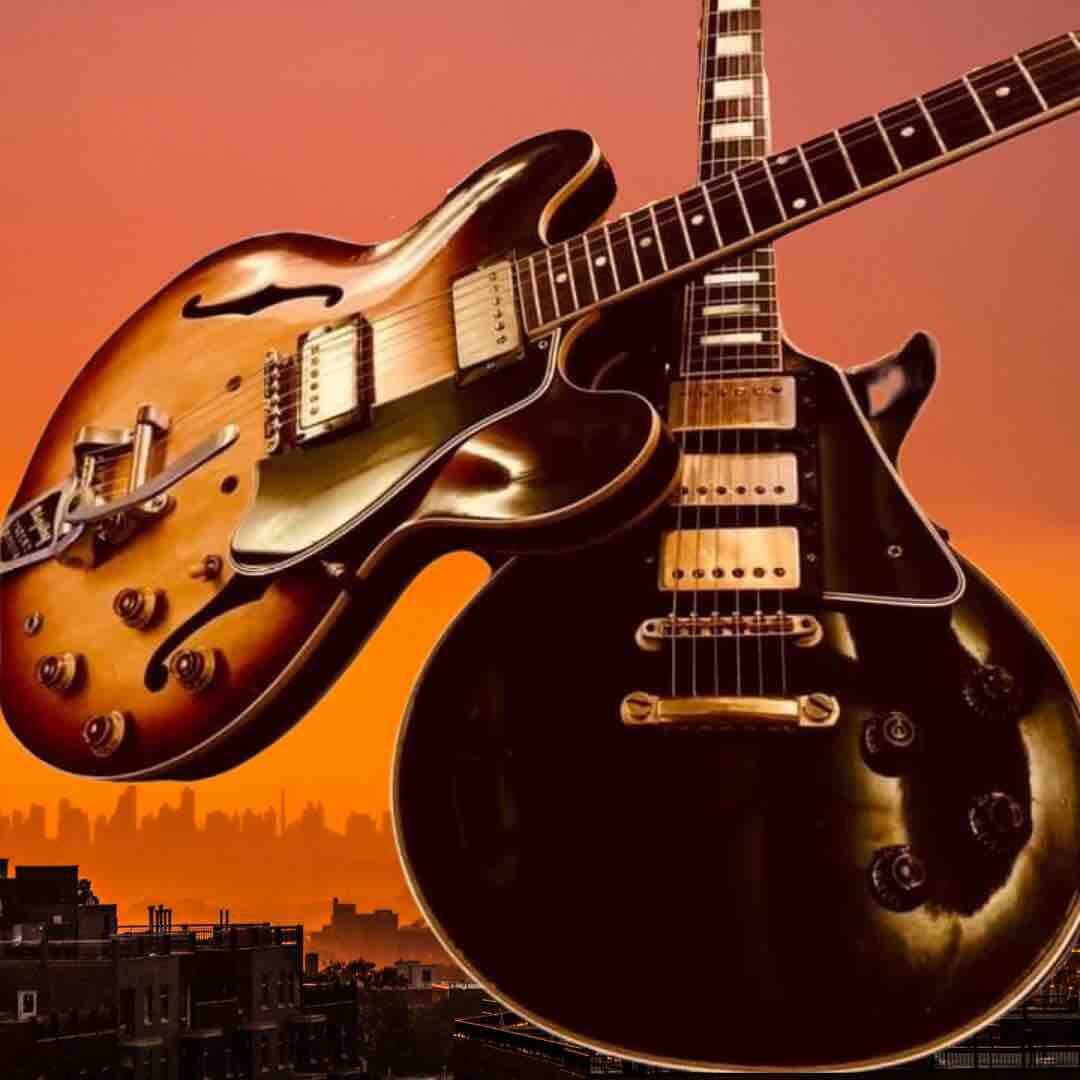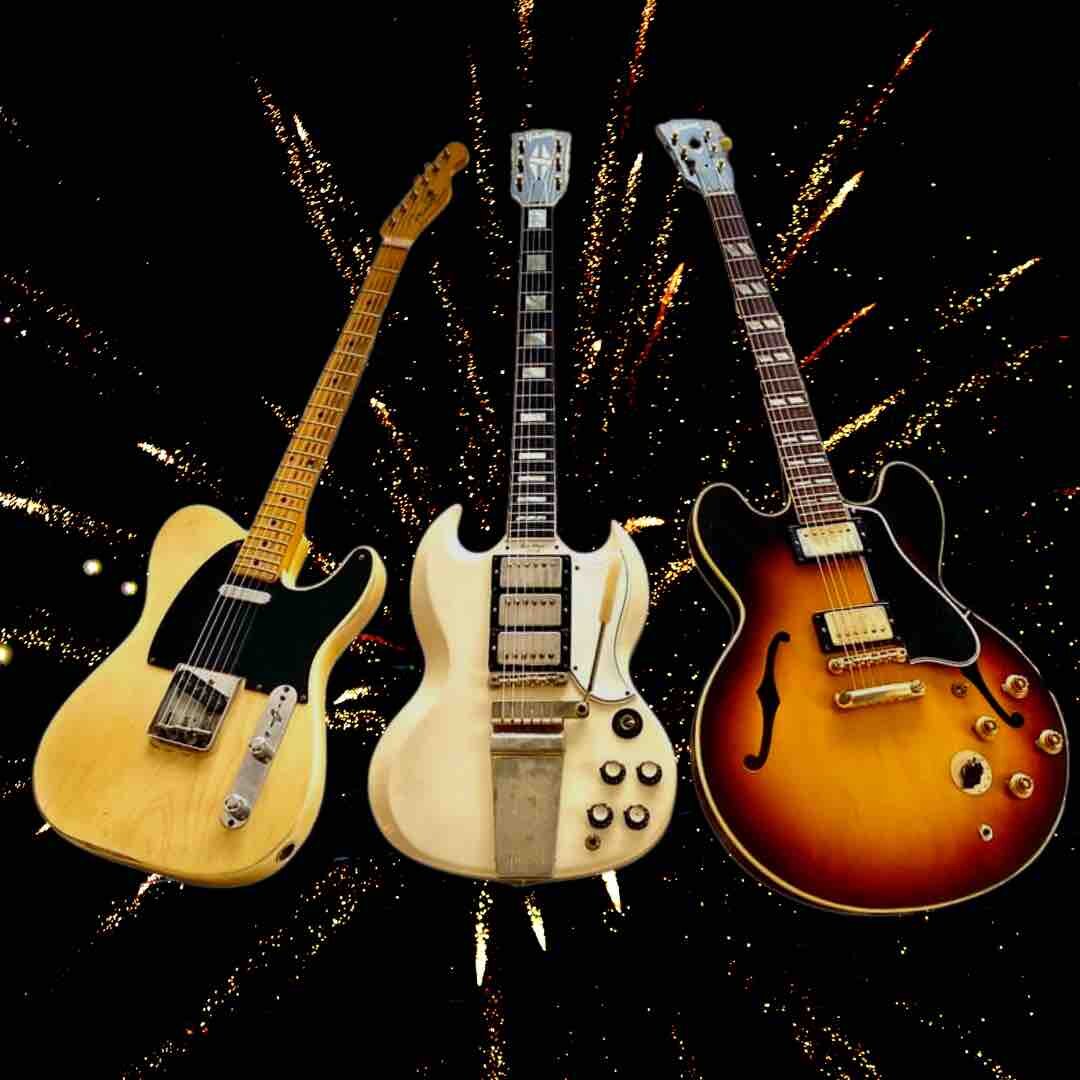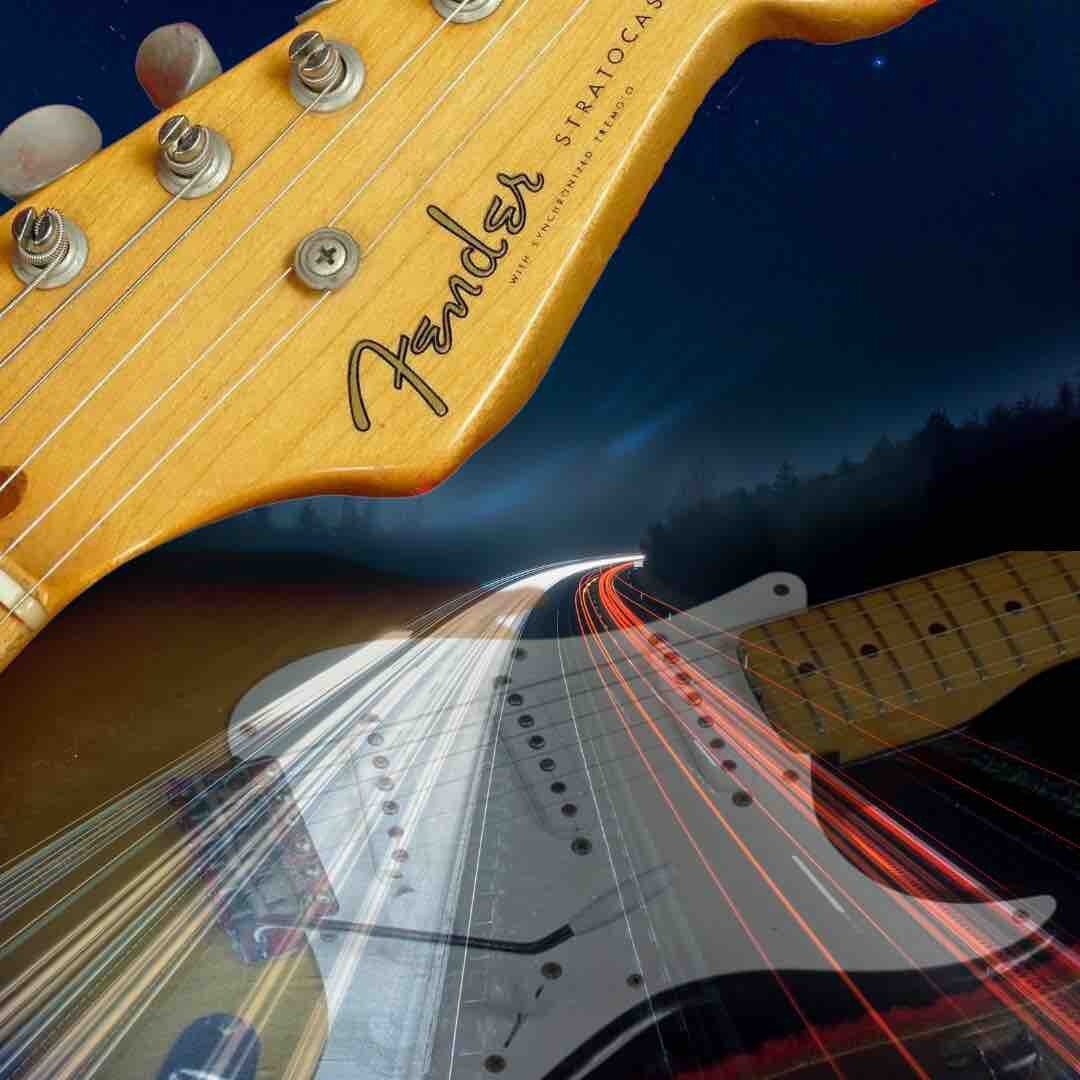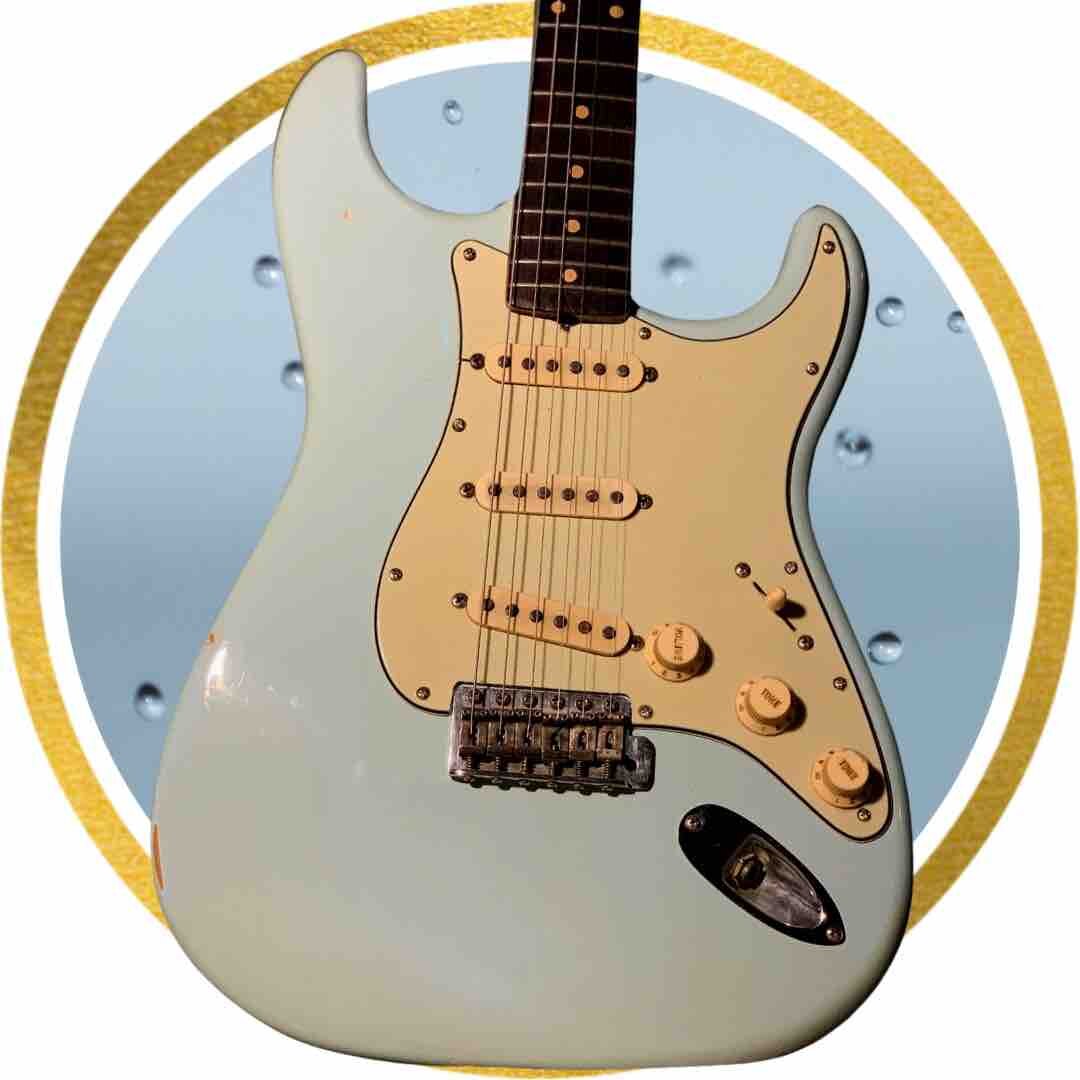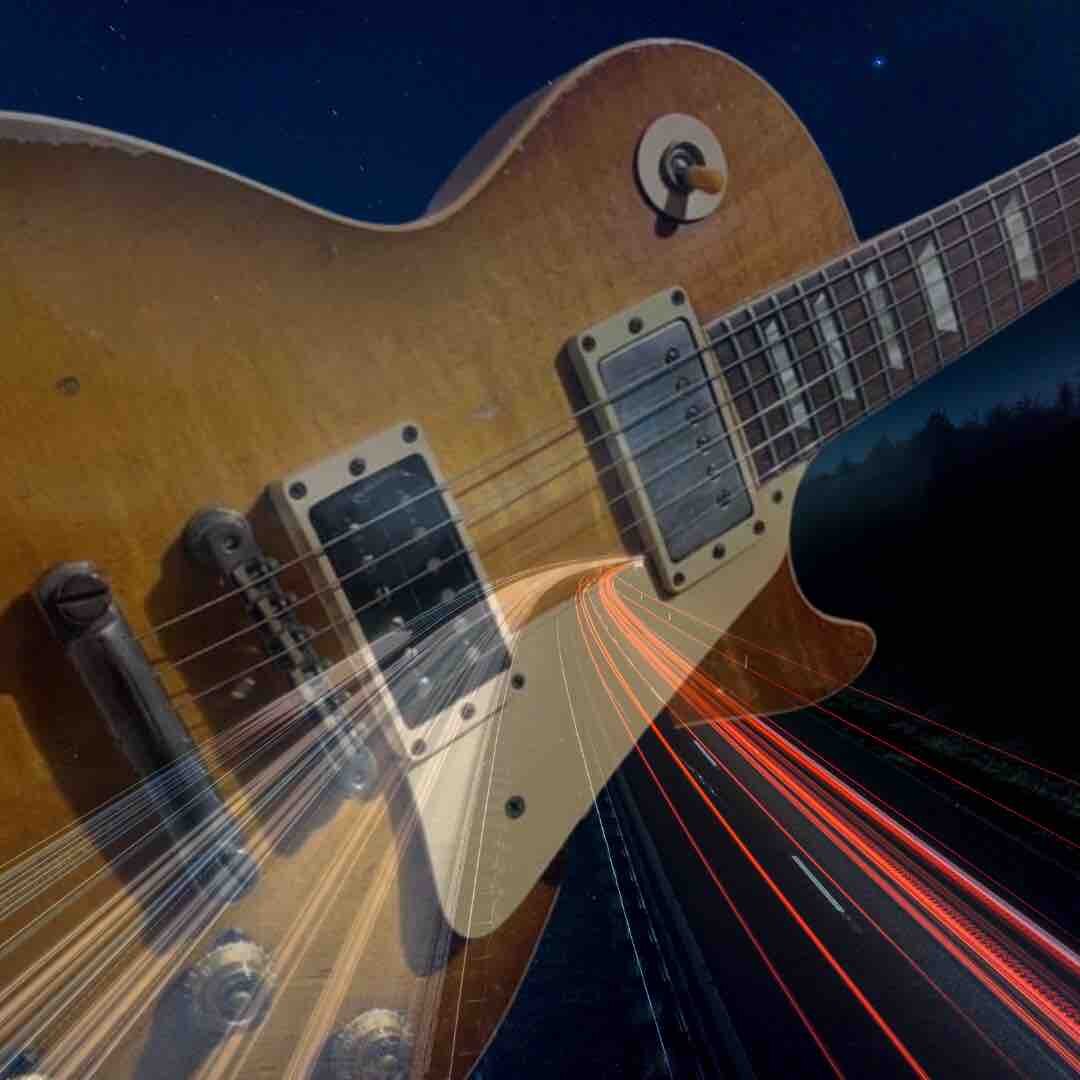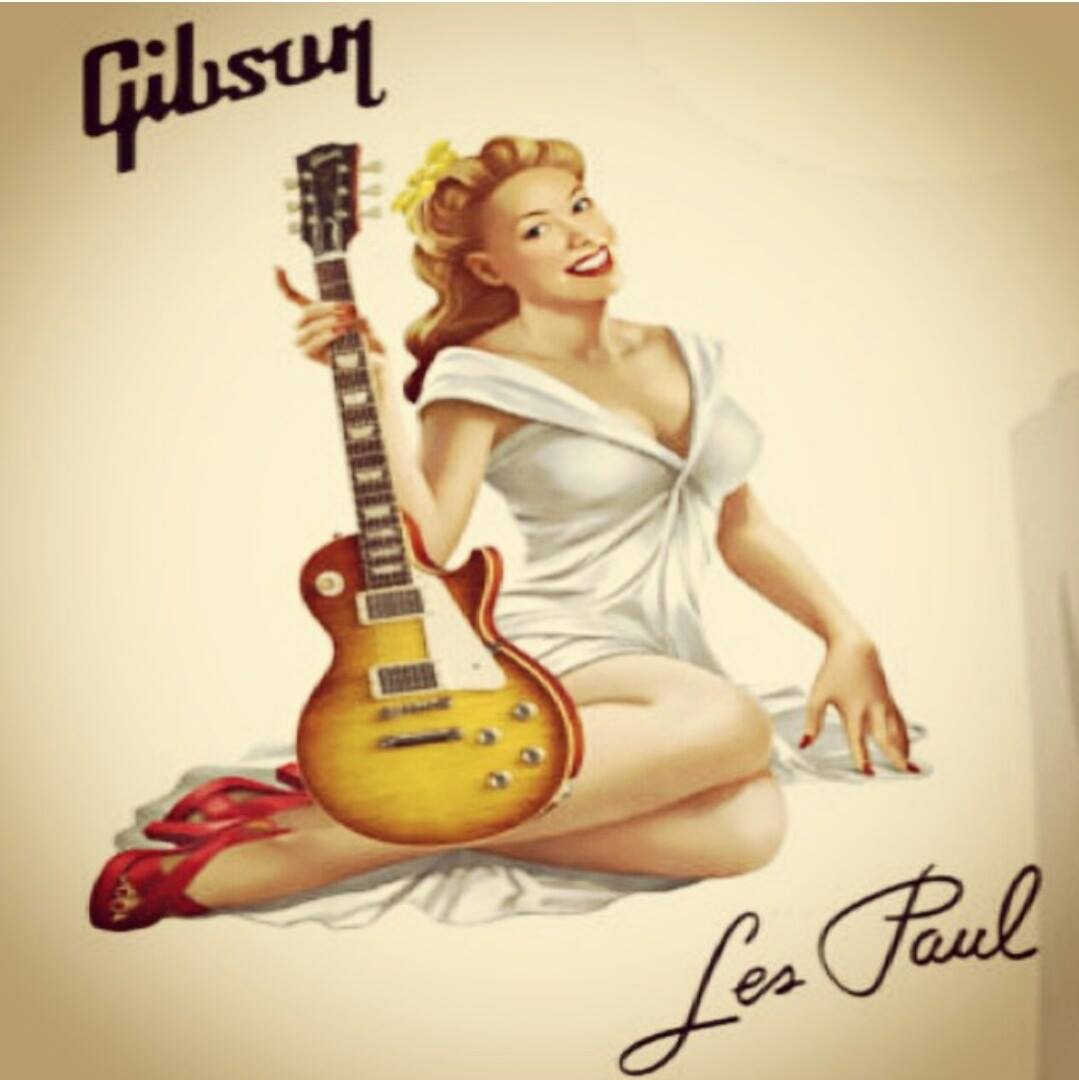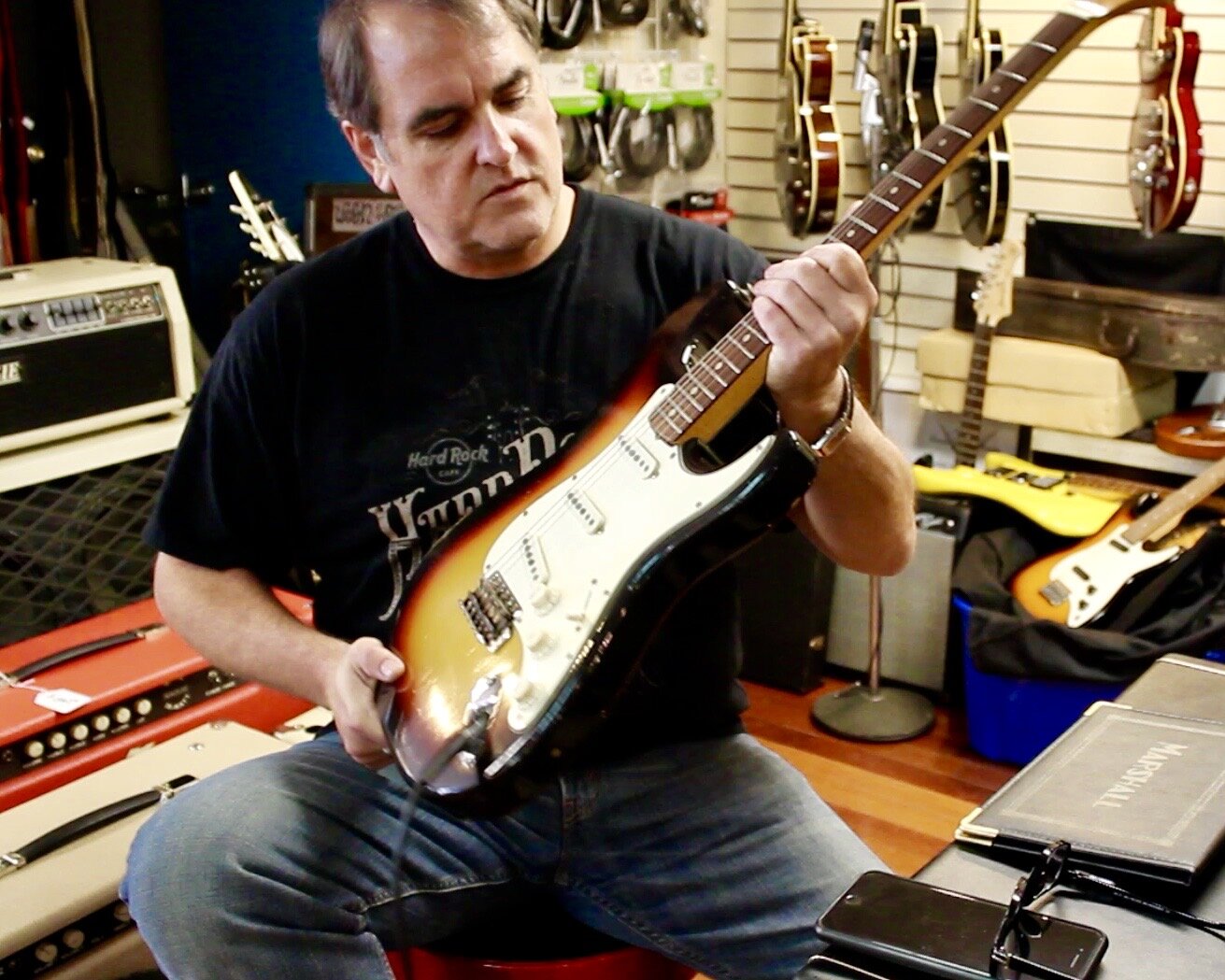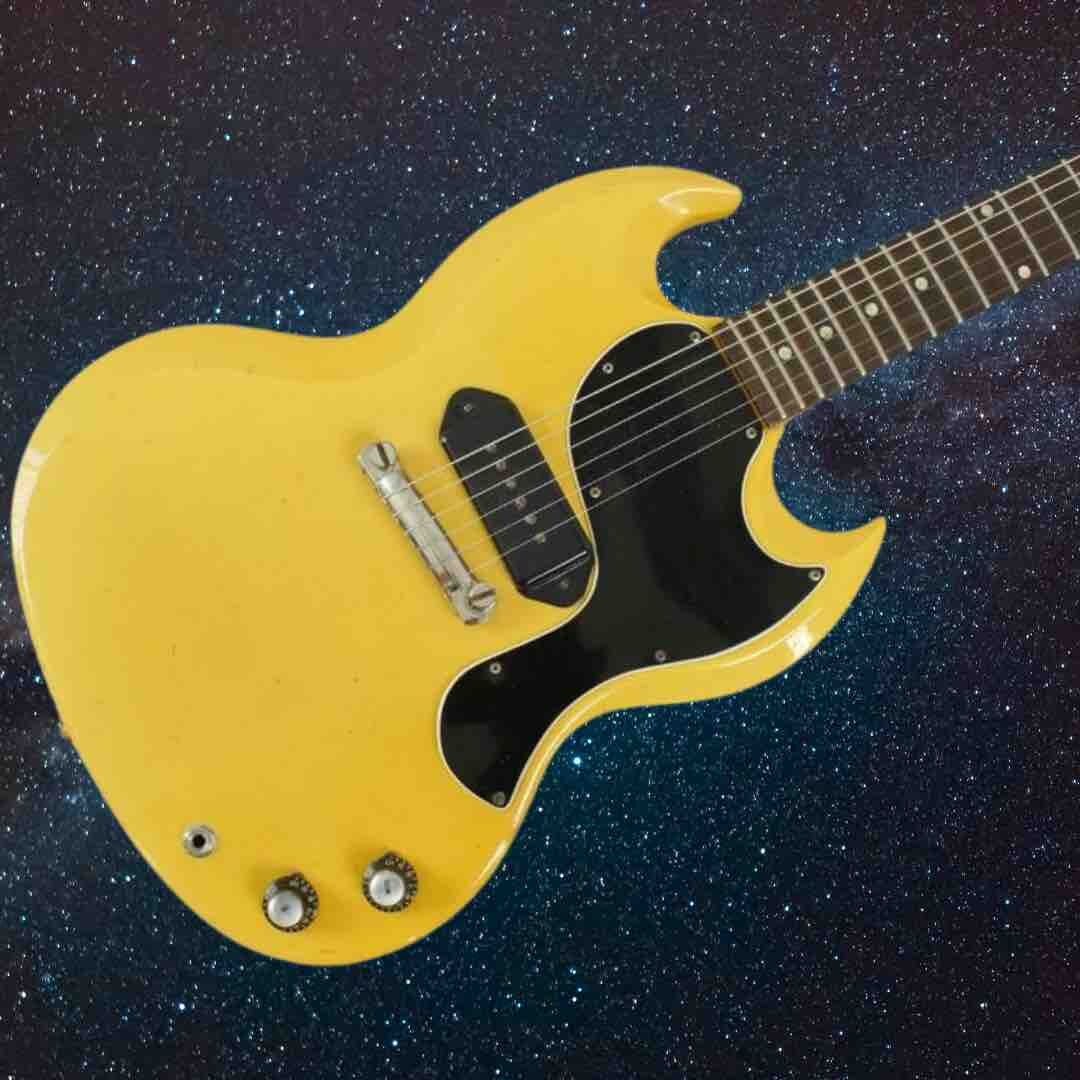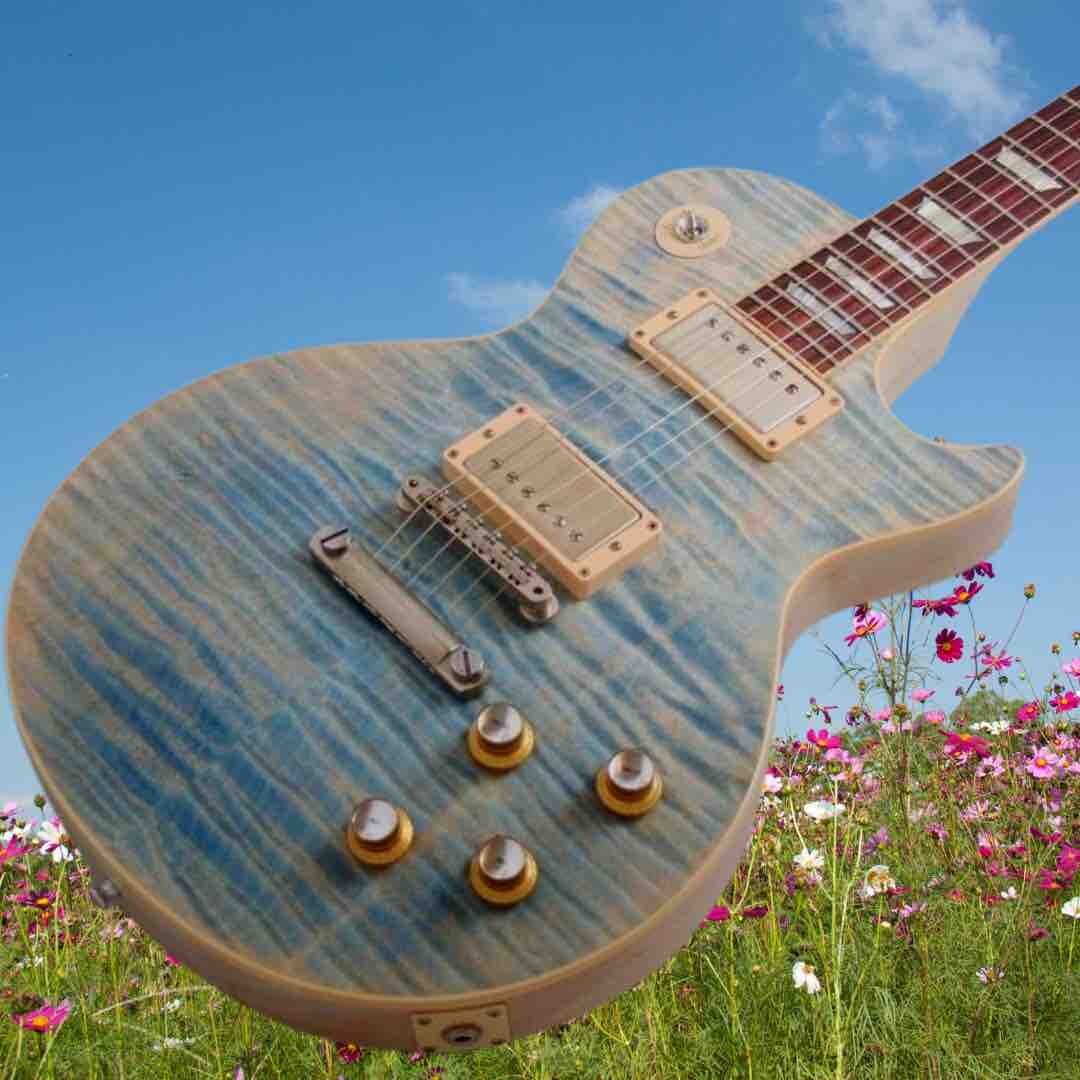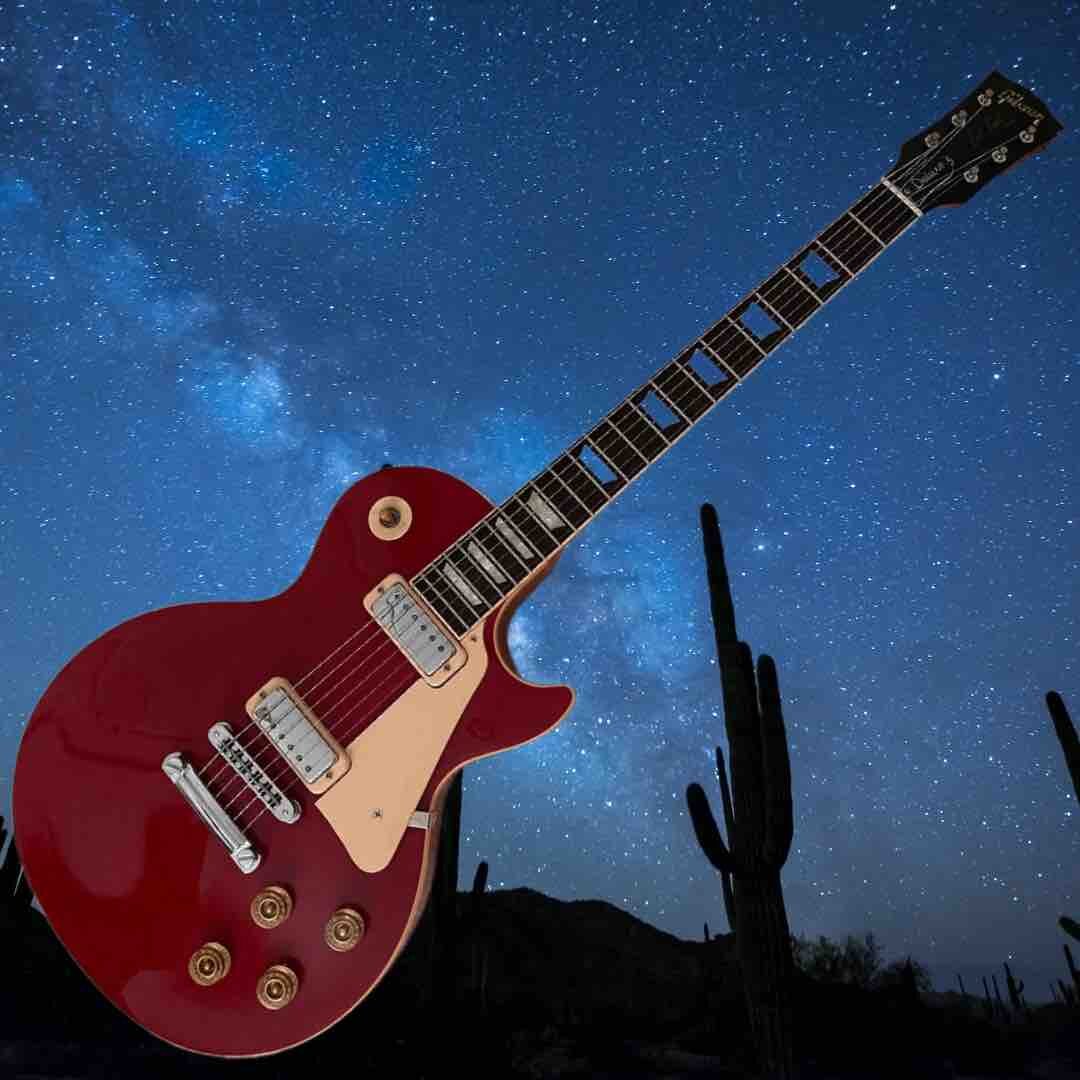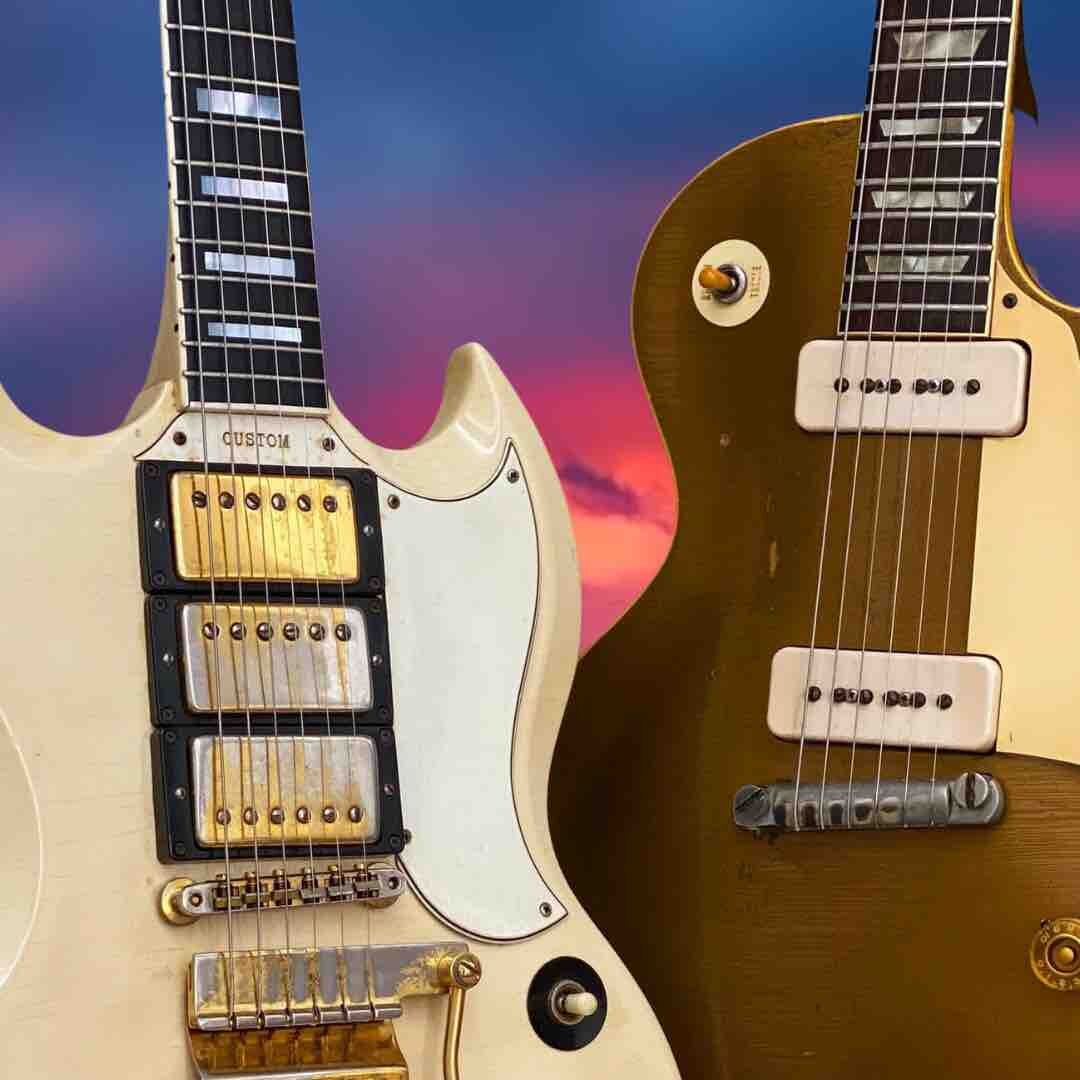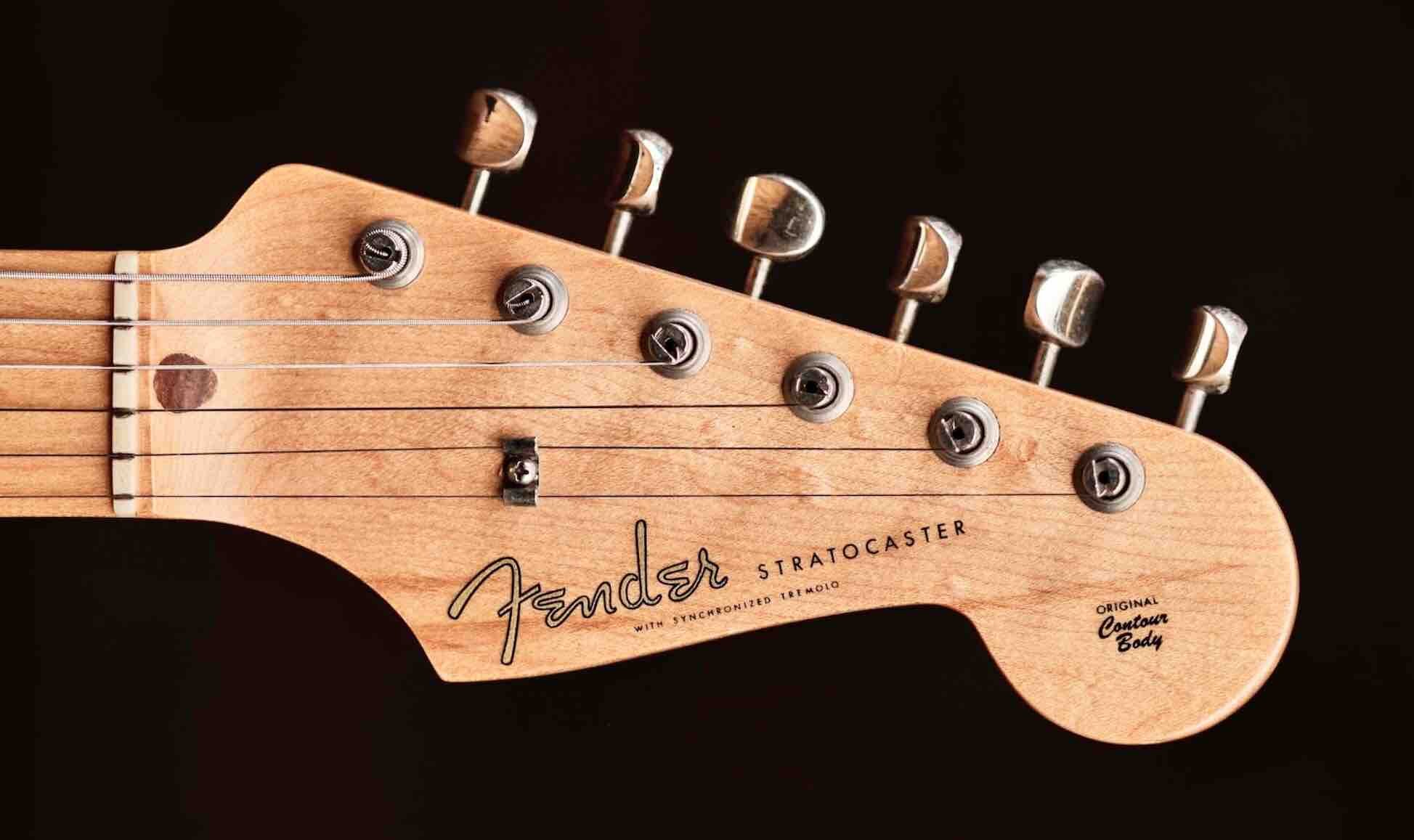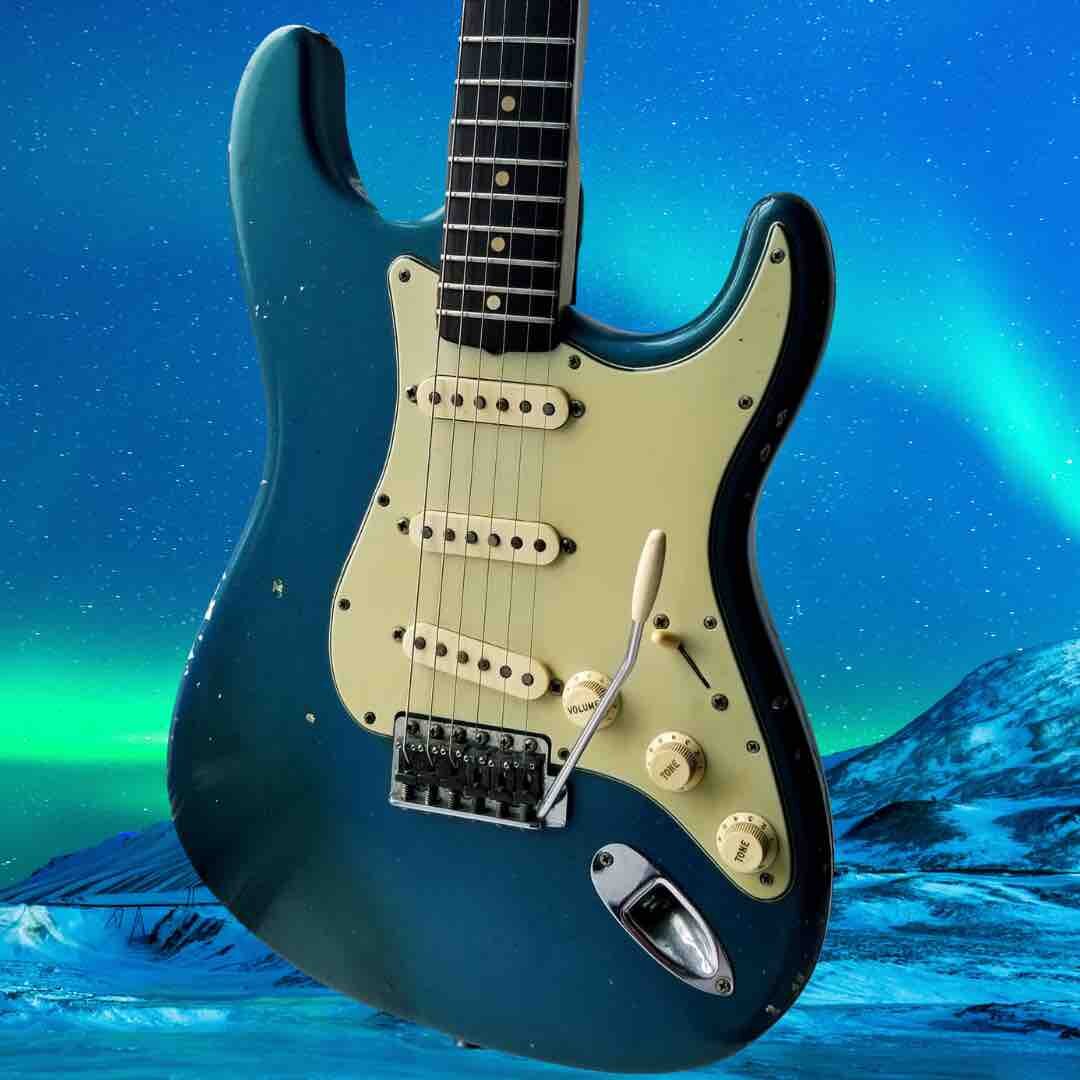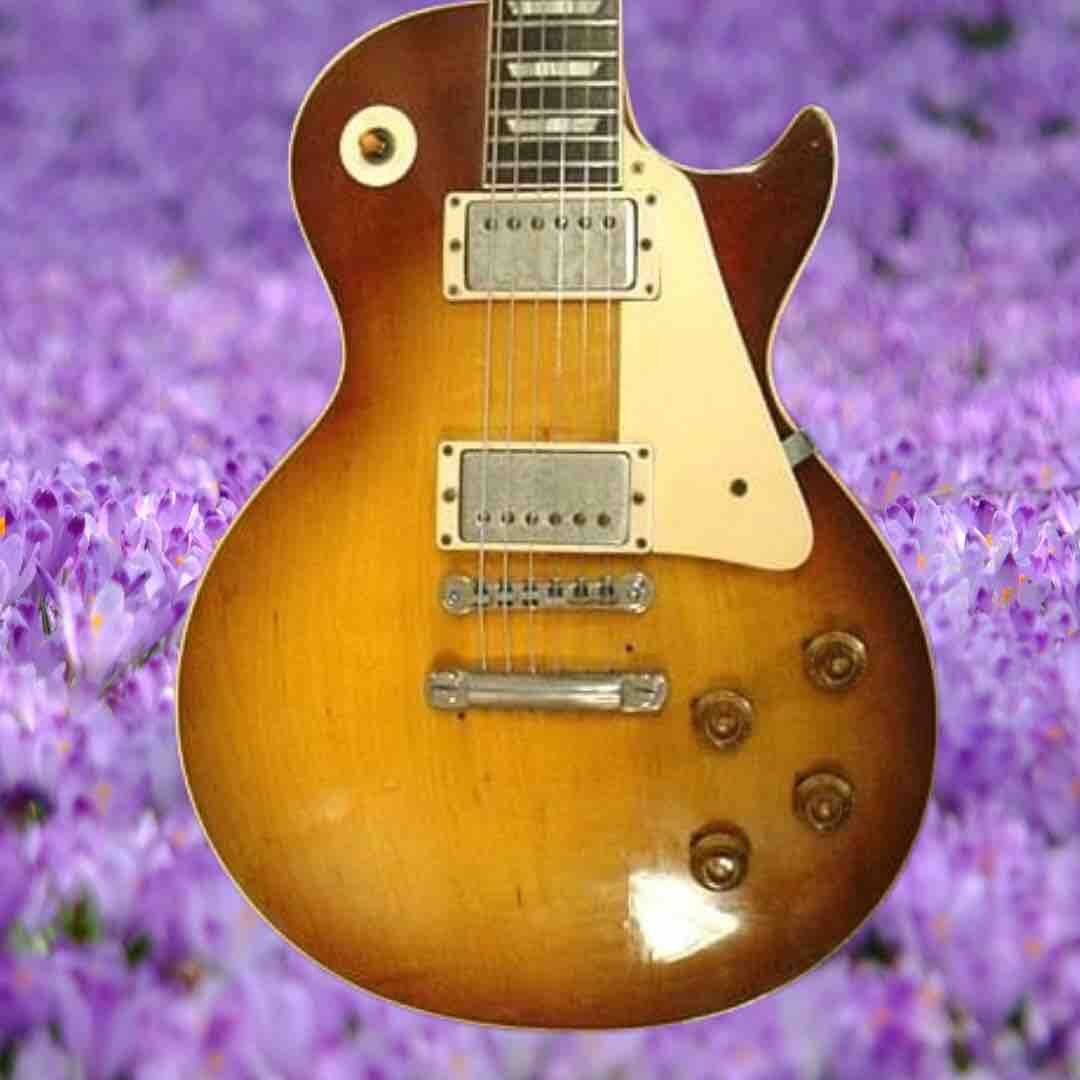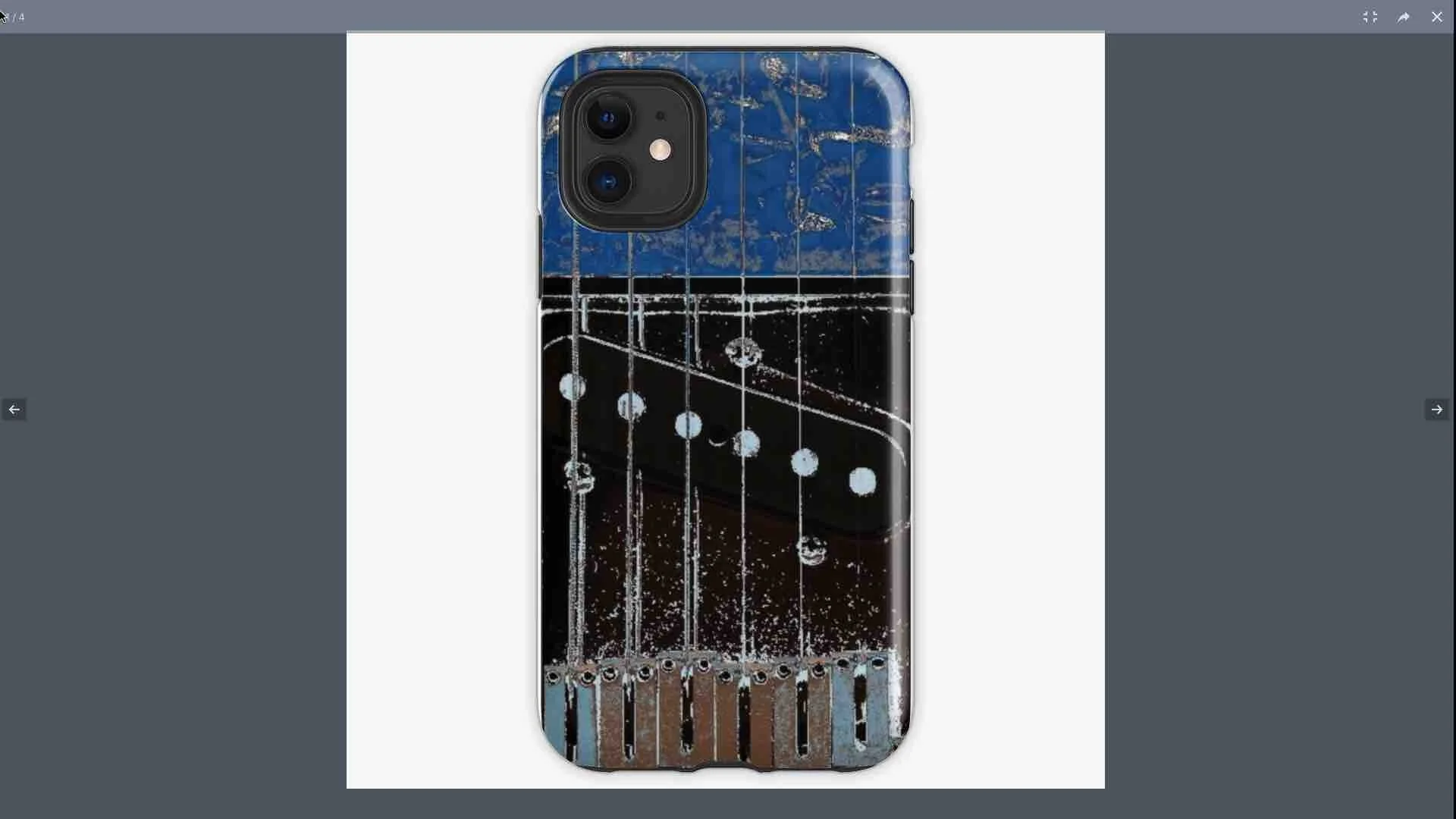WHO INVENTED THE ELECTRIC GUITAR?
/Audio Version
WHO INVENTED THE ELECTRIC GUITAR? ORIGINS OF THE FIRST ELECTRIC GUITAR
There are many conflicting viewpoints about who invented the electric guitar. Like many great innovations, no one person can be fully credited with all of the technological advancements that led to the ultimate creation of the first electric guitar; however, there are definitely certain pioneers who paved the way and put theory into production in the musical instrument marketplace.
While it can be argued, and often is by many (just visit Reddit sometime), I believe historical facts clearly show that it was the Rickenbacker International Company in Santa Ana, California that harnessed electricity and took us all on the journey that began in the late 1920s that has spread to millions of us all over the world today and turned us into the guitar fanatics we are.
NECESSITY IS ALWAYS THE MOTHER OF INVENTION
The problem, quite simply, was audio volume. Guitar players in the 1920s era were frustrated when they played with big bands and orchestras with singers because the acoustic guitar could not be heard very well in that big band setting.
By the 1930’s some people who understood the concept of electricity from radio technology, understood that moving a piece of metal through a magnetic field created a disturbance that could be turned into an electric current, if a wire coil was present, and this began to trigger the possibilities. This was the beginning of the modern technology that would become the first electric guitar. Experiments ensued among pioneers vying for the honor of claiming they invented the electric guitar.
ADOLPH RICKENBACKER
Enter Adolph Rickenbacker, an industrial manufacturer, was lucky to have been friends with some of those electricity and guitar pioneers who experimented with this concept and refined it by solving the further problem of coming up with a practical application of how to take vibrating guitar strings and translate them into an electrical current that could be amplified through a radio. George Beauchamp (pronounced Beechum), a steel guitar player with ties to the National Company and the Dobro Corporation, experimented with pickup design and despite legal wranglings with former partners, he broke away from them and solved the pickup problem. When he made strides in the practical application of the pickup development, he brought in a friend from National, skilled craftsman Harry Watson, and the “Frying Pan” was born and the electric guitar was invented.
Arguably the Rickenbacker Frying Pan is the first true all electric guitar. Adolph Rickenbacker had the manufacturing facilities and vision to give Beauchamp the green light and thus the electric guitar revolution began.
So Who Invented the Electric Guitar?
George Beauchamp, but he had some help from some great craftsman and the financial and manufacturing backing and commitment from Adolf Rickenbacker.
THE RICKENBACKER FRYING PAN
THE HAWAIIAN MUSIC CRAZE
The First Songs for Electric Guitar
It all capitalized on the popularity of the Hawaiian lap steel guitar sound and the gentle slide guitar sounds associated with the Hawaiian islands (remember Pearl Harbor only became U.S. Navy Pacific Fleet Headquarters in the 1930s) and people in the late 1920s were very much into all things Hawaii. People were partying to these island sounds in those roaring 1920s and early 1930s and that beautiful slide sound of the Hawaiian lap steel guitar was all the pre-WW2 rage.
The Rickenbacker Frying Pan (1931) was the first instrument to integrate the electric guitar concept into an instrument used in the pop music of the times. This in turn led to so many advancements from there, thus It revolutionized the whole concept of what an electric guitar could be the n the new era of amplified sound in electric guitar songs. By all historical accounts, the Rickenbacker Frying Pan was the first electric guitar.
THE RICKENBACKER ELECTRO SPANISH MODEL B
The next step in the evolution of the electric guitar was the 1935 Bakelite Electro Spanish by Rickenbacker. While other companies (like drum company Slingerland) and Gibson and others started to get involved, Rickenbacker was ahead of all of them. By using a British patented technology (the Bakelite process) they developed and molded the Electro Spanish Model B. It was shaped more like a traditional guitar and was produced on larger scale than before; however, the financial issues of the times (the Great Depression) hampered its sales potential and it would take another 15 years and Leo Fender to time it right, after World War II, in terms of mass production of the Telecaster and the electric guitar.
THE RICKENBACKER REVOLUTION
The manufacturing capability of Adolf Rickenbacker, the innovations of George Beauchamp and the Hawaiian lap steel guitar gave us the greatest musical invention of the 20th Century and to some, the greatest of all time. Sometimes, we take it for granted that it was always there but remember, somebody had to actually think it up, experiment, refine it, manufacture it and market it to the musicians of the day.
As a Rickenbacker owner (Jetglo 360) I love my Rickenbacker and it’s historic roots as the grandchild of what was the first ever electric guitar. The Beatles knew, so did Roger McGuinn form the Byrds, Tom Petty and many other great guitarists who are associated with Rickenbackers.
So the next time you pick up your electric axe, whatever make and model you play and love, don’t forget its roots and what it took to bring us what we all enjoy today.
PERSONAL RICKENBACKER SIDE NOTE
Not too long ago, I had the pleasure of personally corresponding with Rickenbacker CEO John C. Hall (son of the man who bought the company in the 1950s) and I was impressed with how hands on and friendly he was. We’ll get into more Rickenbacker history in a future article as it’s advancements and innovations in the electric guitar are truly a testament to the company that started it all…but that’s another guitar story.
VIDEO SHOWING THE RICKENBACKER FRYING PAN
Ray McAllister and Harvey Newquist of the National Guitar Museum take a look at the first electric guitar. "The Frying Pan" was first seen in 1932, and is made of aluminum.


